|
I’d seen the photos. Photos of charming stone buildings with overflowing flower boxes - adorable city squares with old wells at the center - ivy covered walls and honey colored quaint houses - sweeping vistas - golden stone town on “wolds” (rolling hills). And I thought to myself: these places aren’t actually real. They’re made to look that way for movie sets....right? Well, actually no. The small villages in the Cotswolds in south central England are not movie sets — they’re real villages that just happen to look like they were plucked straight out of the 1400s. If you saw the movie “Stardust” — yes, I’ve seen it a couple of times — then you have seen one of the villages in the Cots. Stretching across 800 square miles of bucolic hills, Britain’s Cotswolds region includes countless charming villages in five counties - Gloucestershire, Oxfordshire, Warwickshire, Wiltshire, and Worcestershire - that personify the enduring appeal of the English countryside. The Cotswolds is Britain’s largest designated “Area of Outstanding Natural Beauty” (AONB) - an area that has been designated for conservation due to its significant landscape value. Hehehe...I thought only wines (AOP) and cheeses (DOP) have designated categories and labels. :-) BIBURY (Gloucestershire) Arlington Row Weavers cottages in Bibury We were there quite early and there were no other tourists around yet, the village was quiet and I felt as though it would be impossible not to be relaxed here. I wandered along the main street, with the river on one side and a line of stone shops and cottages on the other. A pedestrian bridge crosses the river over to one of the most iconic scenes in the Cotswolds: the line of old weaver cottages known as Arlington Row. Arlington Row and the Rack Isle I wandered along the little street that runs past the cottages and wanted to move in to one of them immediately. They are just perfect. I took the pathway over to the main road to the old Arlington Mill and followed the tranquil canal down to re-cross the river and onto the Swan Inn. L to R: the old Arlington Mill; view to the Swan Inn in Bibury L to R: tranquil Bibury scenes With Arlington Row on the one side and the expanded boggy water meadow known as Rack Isle, where the wool was hung to dry after being washed in Arlington Row, on the other, Bibury makes for some of the most picturesque places. Bibury’s quintessential English charm, with a wonderfully attractive setting, is a unique experience. Whether you stop by for a stroll around its narrow passages on a sunny summer afternoon or on the coldest winter day, like I did, Bibury is a unique travel attraction. BURFORD ((Oxfordshire) Two of the cutest shops I visited in Burford One long high street set upon a hillside and filled with honey/butter colored stone houses characterise the medieval town of Burford. This medieval town is considered the “gateway to the Cotswolds“. A beautiful old Cotswold town, its High Street sloping from the high Wolds (rolling hills), where you can see beautiful views over the open countryside, down to the River Windrush in the pretty Windrush valley. Top to bottom: Burford’ s High Street The High Street in Burford is one of the most photographed places in the Cotswolds. Whether you’re at the top looking down or the bottom looking up, it is a wonderful view. But it is the walk up and down the High Street that is particularly wonderful, as here you will pass antiques shops, clothing stores, museums, restaurants, gift shops and just about any kind of shop you could hope to see. The buildings are traditional, many in Cotswold stone, all beautifully kept and keeping Burford looking picture postcard perfect. The Cotswolds Arm - where we had lunch of Fish and Chips. One of the best restaurant to dine in Burford. Some of the the antiques shops in Burford Burford is home to some wonderful antiques shops right on the High Street in the centre of town. So whether you’re looking for antique furniture, instruments, figurines or pretty much any kind of antiques, you could stumble upon a perfect find on your way through the “Gateway to the Cotwolds.” Huffkins - the “Starbucks” of the Cotswolds established it’s first branch in Burford. A historic tea room and bakery in the Cotswolds that has been around since 1890! With scones fresh out of the oven and a grey tea infused with vanilla, I instantly felt refreshed and toasty warm before heading back out into the cold weather I was enduring. BURTON-ON-THE-WATER (Gloucestershire) Consistently ranked as one of the prettiest villages in the whole England, and although not exactly a “canal city”, Bourton-on-the-Water is frequently referred to as the ‘“Venice of the Cotswolds” due to the patchwork of attractive little arched bridges that criss-cross the River Windrush that flows through its center. It is one of those charming little villages that England is known for. It also boasts of an attractive high street that’s comparable to other picturesque villages and has a relaxing atmosphere. The place is not small that you’ll get bored, but neither is it that large that it’ll get noisy or chaotic. The most popular bakery in Bourton-on-the-Water STOW-ON-THE-WOLD (Gloucestershire) Stow-on-the-Wold town center Just a 15-min drive away from Bourton-on-the Water is the highest of all the Cotswolds towns with the nickname “where the cold winds blows”. Stow-on-the Wold is a charming market town in the Cotswolds, with a large and lively market square, walled archways and a fine reputation for some of Britain's best antique shops. It's also home to some delightful Cotswolds pubs so it really does have something to offer everybody. It is also a fantastic place to eat out, especially if you are looking for a light bite during the late afternoon. Tea rooms are abundant in this market town and some of the finest tea rooms include Lucy's Tearoom, Huffkins and Cotswold Garden Tearoom. And you mustn't forget to visit The Old Bakery for the best cream scones around. Having coffee and an English Rarebit in one of the cute tea houses in Stow-on-the-Wold Inside the Cotswold Chocolate Company in Stow-on-the Wold Some of the pubs in the Stow Newly made fudge — one of Stow-on-the-Wold’s famous products Is Cotswolds worth visiting?
Yes, without a doubt. One of the best reasons to visit this part of England is that each village has its own identity. Yet, they all still carry the warmth of the area’s golden-coloured limestone. You can take your pick of lively market towns and grand country houses. Explore the villages by car or walk through the scenic countryside along footpaths. There are tons of things to do in the Cotswolds, whether you’re alone, with family or with friends. A day trip was definitely not enough as I could have visited each and every village without getting bored. However, for just the basic Cotswold experience, to hit up the most popular towns was enough for a first time visit. But I do know, I shall return...!!!
0 Comments
You may be wondering how a frozen banana can be that incredible, but somehow it tastes like a delicious ice cream treat. I had my first taste of this yummy creation in a small gelato shop in Covent Garden (London). And I was blown away by the thick chocolate coating and the pistachio toppings. I know this is a popular summer snack in the US but I have no idea if this is being sold here in Manila. Anyway, this is freaking easy to make so I decided to make my own. I topped mine with bittersweet chocolate sprinkles, and chopped cashew nuts (hmmmm...just need to add a bit of a Pinoy touch), but feel free to get creative! Quick, super easy and beyond delicious, these chocolate-covered banana popsicles will definitely satisfy your sweet tooth. I love them! Best of all, you can customize them to your liking - milk or dark chocolate, nuts or no nuts. Kids would have fun making (and eating) them too! But anyways, I’ll stop talking...hahaha...these are delicious and you will love them! Here’s the recipe. These are the ingredients I used to make the banana pops (ignore the orange fruit, I initially wanted to make an orange-flavored dip but I decided against it at the last minute.) Before I proceed, I would just like to remind you my dear readers that I cut the recipe in half so that you can easily follow and make it. I used a dozen bananas for my popsicles and tripled the recipe, but if you’re feeling excited, please feel free to do that too. Ingredients: 4 pieces medium ripe but firm bananas 8 pieces wooden craft sticks 1 cup finely chopped cashew nuts 1 cup of semi-sweet chocolate chips 1 tbsp butter (this will help thin the melted chocolate and will make it silky, but this is optional) Directions: 1. Peel, then cut each banana in half crosswise and insert a craft stick into each half. Place on a tray lined with wax paper (or you can also use parchment paper) and place in the freezer until frozen, about 3 hours. (I left my bananas in the freezer overnight. Do not freeze the bananas in a Ziplock, else, ice particles will form. 2. Place the cashew nut in a shallow dish or a plate. 3. Using a double boiler, melt the chocolate over slightly simmering water, over the lowest possible heat stirring frequently. Make sure the water is not touching the bottoms of top pan (or bowl). When the chocolate looks all smooth, turn off the heat. This whole process should take about 3 minutes. Double Boiler -- I used a sauce pot and put in 1 cup of water. While simmering, not boiling, I placed the glass bowl (should be bigger in size than the sauce pot) on top of the pot making sure it fits snugly. :-) 4. Pour the melted chocolate into a tall glass (or you can use the same glass bowl). Dip the frozen bananas one at a time into the melted chocolate, turning it to coat, and immediately roll in the cashew nuts. (I also dipped my bananas in chocolate sprinkles). Note: It’s important that the bananas are frozen so that the melted chocolate hardens right away. 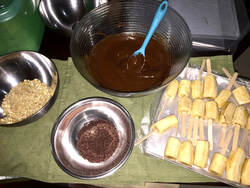 Get the ingredients ready - take the frozen bananas out of the freezer. Miss en place...always. 5. Place on a tray covered in waxed paper. Serve immediately or wrap individually in a plastic wrap or wax paper and freeze for up to 2 weeks. Let’s go bananas...!!! For questions and queries, please send a comment.
Great and rich in traditions, Ravenna is a destination to put in your bucket list if you visit the Emilia-Romagna region. This place is an art and history lover’s dream, most famous for its extensive mosaics. It has eight UNESCO world heritage sites and this town hosts the most impressive collection of Byzantine mosaics outside of Istanbul. It is a comfortable and friendly town without the tourist hordes. Ravenna is not a port of call for cruise ships or fleets of tourist buses and the majority of visitors are Italian. When you enter one of the world’s oldest churches, you have the luxury to enjoy the ancient mosaics at your own pace. When you visit a cafe, you are surrounded by locals and can stay as long as you like which means that a visit to Ravenna is also a chance to experience Italy at a slower pace. The quiet streets of Ravenna Caffe Corte Cavour Before heading to the town center, Alessandro (my Italian friend/private tour guide) took me to this covered alley off the busy Cavour street. The alley opens up to a courtyard and what a nice surprise - posto super bello...Caffe Corte Cavour...!!! There are a few shops around but in the middle is a small fountain and the Caffe. It was a cold morning and we stopped to rest and have coffee and piadina (a simple yet tasty flatbread that is a local staple. It’s normally stuffed with local salami, rucola, and cheese). The area is very beautiful and has a really nice atmosphere. This restaurant has won culinary awards (displayed inside the caffe) and the food certainly demonstrates it. From top left: the indoor seating area of the Caffe; breakfast of coffee and piadina with rucola and cheese; enjoying my cup of coffee; the Caffe’s menu; the Caffe’s signage; the courtyard proper Basilica di San Francesco and the Flooded Crypt If you see this church from the outside, it is big and made of brick stone and built in simple structure. In this church, the funeral of the “Supreme Poet Dante” was celebrated in 1321. Chiesa di San Francesco is not as grand as the other churches I visited in Italy but the mosaics under water at the back of the church are pretty special and very interesting. Under the high altar, consisting of a 5th century sarcophagus, through a window you can see a crypt supported by pillars. The floor is submerged in water whose level varies according to the tides. In order to see them though, you have to insert a 2 Euro coin for the lights to turn on. Filled with goldfish swimming in a shallow pool of sea water, this ancient crypt is more wishing well than a burial site. Visitors often threw coins into the crypt, maybe asking for wishes or good luck. But I was thinking...it is essentially a grave...so who will be answering those requests? Your guess is as good as mine....boooo...!!! From top left: The high altar of Basilica di San Francesco; the mosaics are visible when the crypt is lit From L to R: Basilica di San Francesco and it’s piazza; and while waiting for the church to open...that was me...sitting...psssssst. Dante Alighieri’s Tomb - an Italian Soap Opera History tells us that Dante was born in Florence, but due to his political activities, he was banned from the city and lived in exile for 20 years. He ended up in Ravenna and died there three years later. It was during his exile years that he wrote his masterpiece, The Divine Comedy. It took the Florentines approximately two hundred years to get over Dante’s political affiliations and realize they wanted the city’s most famous figure back. The decisive push came when Leone X, a Florentine, was elected pope. He sent a delegation to Ravenna to pick up Dante’s bones and bring them back to Florence. But, as the story goes, when the group opened the sarcophagus, the remains weren’t there. The Franciscan monks in charge of Dante’s body had moved them and refused to reveal where they were. And during WWII, from March 1944 to December 1945, Dante’s urn was buried in a mound of earth right next to the mausoleum because it was feared that his tomb would suffer from the bombings. Luckily, it didn’t happen. From top left: Behind me is the mound of earth where they bury Dante’s urn during WWII; the facade of Dante’s mausoleum; sneak peek of the mausoleum’s interior - the space might be small but what it lacks in space it supplies in details. Goosebumps....!!! The Mosaics of Basilica di San Vitale The church’s exterior is very plain but don’t be fooled — it is so impressive and so stunning. The church has an octagonal center with a central dome. This octagon is surrounded by high arches, which give access to a series of arcades. This gives the building a surprising lightness, both in terms of illumination and building structure. In addition to the magnificent architecture, the mosaics in San Vitale are the main attractions. These are considered the largest and best-preserved Byzantine mosaics outside modern-day Istanbul. The Basilica of San Vitale is said to have been the model for Constantinople’s Hagia Sophia, built 10 years later. Comparing it to food, for me, Dante’s Tomb and Basilica di San Francesco were only the appetizers. The Basilica of San Vitale was the main dish. Inside, you will find some of the finest examples of Byzantine artworks in Italy. Baroque frescoes, an octagonal Roman floor, glittering mosaics and domes that descends into columns. The mosaics show portraits of the Holy Roman Emperor Justinian and his wife Theodora. Hmmm....power couple. The brilliant, color, depth, and detail of the mosaics is pretty impressive and the little tiles cover almost every surface of the church, even the arches and walls. I had a “neck crick” staring up at them all...and I lost count of how many times I said “wow”. It was truly a woooooooww...! The Basilica di San Vitale is entered from the back through the complex and cloisters that houses the National Museum. L to R: The liturgical procession of Theodora and the imperial court; beardless Christ seated on a blue globe holding a scroll closed with the seven seals of the Apocalypse flanked by angels and St. Vitalis (left) and Bishop Ecclesius (right). The stunning interiors of San Vitale — astonishingly covered with tiny gold and glass mosaics. L to R: Vault with Lamb of God, flowers, fruits, birds and other animals illustrating Revelation 5:13; the interior of the dome with Baroque frescoes from the late 18th century. L to R: the basilica’s floor, hinde sila nagtipid sa mosaics; and the triumphal arch mosaics of Jesus Christ and the Apostles. The Mausoleum of Galla Placidia Across the courtyard from the basilica is the Mausoleum of Galla Placidia - she was the daughter, sister, and Mother of Emperors. The mausoleum honors her life. From the outside, the building appears humble and nondescript. But the interior is intimate and alive with shimmering precious stones and gold. Inside are the oldest mosaics in Ravenna and 95% of the mosaics are originals. So much detail in such a small space left me in awe. Except for the lower part of the wall clad with yellow marbles, the rest of the walls and ceiling of the mausoleum is completely covered in mosaics. The UNESCO documents describe the Mausoleum of Galla Placidia as the artistically most perfect of all the mosaics in Ravenna. It is the perfect blend of the Hellenistic-Roman artistic tradition with the iconography of Christianity. L to R: the southern lunette (an arched aperture or window) shows Saint Lawrence with a gridiron; the northern lunette shows Christ the Shepherd surrounded with sheeps. The main bay of the mausoleum L to R: The entrance to the mausoleum; and the mausoleum’s building as seen from the back of San Vitale Ravenna is fairly small, and you can see its major sites in just a few hours, making it an excellent candidate for a day trip–and it’s also a very peaceful town. If you seek an authentic Italian experience away from crowds of tourists - you will love Ravenna. If you are passionate about history and art - you’ll love Ravenna. I certainly loved my time here.
Let me finish this article with a photo gallery that highlights some of what Ravenna offers. The Emilia-Romagna region is often considered the foodie capital of Italy. It is home to authentic Parmigiano-Reggiano cheese, traditional balsamic vinegar, excellent charcuterie and truffles. It is also the birthplace of Bolognese sauce and mortadella (which is also known as bologna). On my “not so recent” trip to Italy, I decided to take a Modena food tour. I read reviews that the “Italian Days Food Experience” is an epic Modena food tour. And indeed, there was so much to eat, drink and learn while exploring Parmigiano-Reggiano cheese, balsamic vinegar and prosciutto factories! Parmigiano-Reggiano Factory TourItalian Days Food and Wine Tours conveniently picked me up right from my apartment in the center of Bologna, Colonne Apartments. Pick up time is 7am sharp because it takes an hour to drive to Modena and Parmigiano-Reggiano production is only done in the early morning. We were only nine in the tour - some came from the US and Australia. It was a very nice group. We were met at our first stop of the day by our host and guide, Francesco, who started the tour proper with his humorous and rambunctious spiel, emphasizing DOP to the nth degree. Not only was this guy upbeat, he was a clever marketer too. Prior to entering the plant, we were given disposable lab coats and shoe covers. And yes, a hot cup of espresso. What is a DOP? DOP stands for “Denominazione di Origine Protetta” (in English, is Protected Designation of Origin). For instance, Parmigiano-Reggiano cheese is a DOP product because it is produced in a restricted area, raw materials must come from the production area, and all producers make it the same way. From L to R: the cheese consortium factory; Francesco (our host and guide); covering up before the tour proper. Once we get the very basic knowledge down, we learned that making Parmigiano-Reggiano is no small feat. It takes a lot of work and special care and knowledge. Authentic Parmigiano-Reggiano cheese consists of just three ingredients - milk, salt and rennet (to coagulate the cheese). The territory of production is within the Province of Parma, Reggio Emilia, Modena, Bologna (west of the Reno river) in the Emilia-Romagna, and Mantua (East of the Po river) in Lombardy. Our Modena food tour of Parmigiano-Reggiano began in the order of steps it takes to make a wheel of cheese. The first one was a large room with copper vats, which cooks the milk that will turn into cheese. Cow milk (of the evening before) is mixed to the morning milk, after being partially skimmed. The rennet initiates the creation of the curd, which is then broken and heated at 35 degrees Celsius - photos below. (See...I took this food tour seriously....I have it all in my iPhone’s Notes). The cooked grains deposit at the bottom of the vat forming a big mass of cheese. The mass is then lifted out of the boiler and cut in half. Each half is wrapped in a linen cloth. One large vat will make only two large Parmigiano wheels - only two! One whole mass of curd weighs about 90 kgs. From L to R: that’s one big mass of cheese; cutting the curd in half From L to R: lifting the curds from the vats and moving it to another room . These curds will be placed in plastic moulds, where it will rest for three days, and form the shape of the wheel. After three days in the plastic mold, the cheese is then put into a stainless steel, round form that is pulled tight with a spring-powered buckle so the cheese retains its wheel shape. After two days, the buckle is released and a plastic belt imprinted numerous times with the words “Parmigiano Reggiano” name, the plant’s number, and month and year of production is put around the cheese and the metal form is buckled tight again. After a day or two, once the wheel has been imprinted with the label, it is moved to the brining room to absorb salt for one month. That’s actually our tour guide, Francesco, holding the plastic belt imprinted with the DOP details and demonstrating how it is placed in the mold. (I had no idea what happened to the photo when I uploaded it....aargh.) Gleeful in a a rom full of 3 to 4 day old Reggianos. THE brining room. Finally, there’s my friend Francesco. After a month of “salt bathing”, the cheese wheels are moved to the aging room in the plant for 12 months. The cheese is placed on wooden shelves that can be 24 cheeses high...yes, I counted. And during this time, every cheese wheel are turned every two weeks to prevent molds. AND, this is important, each cheese and the shelf underneath is cleaned manually or robotically (yes, they have machines to do that) every 7 days. After 12 months, representative from the Consorzio Parmigiano-Reggiano inspects every wheel. (I had to make sure I wrote it down, because, you know that’s “every wheel”). The “Cheese Masters”, as they call them, bangs the cheese wheel and listen for the correct sound. Wheels that passed the test are heat stamped with the DOP and the consortium’s logo. What happens to the cheese wheels that do not pass THE test? Well, they were simply thrown away. Just like that. Why? Because they do not want to provide consumers with “low quality” Parmigiano-Reggiano. We were then taken to the storage facility, the “cheese bank”, which impressively houses thousands of wheels of cheese. (Ok, be still my heart. We can do this...pagsubok lang ito.) Our guide, Francesco, joked that if you are thief, don’t rob a bank in Italy because they’re broke. Instead, rob a Parmigiano-Reggiano cheese factory! Each wheel of cheese costs around USD620. The factory we toured had around USD28 million worth of cheese...!!! (Hmmmm....Cheese instead of gold bullions....why not? ) Rows and rows of 12 to to 18 month old cheese wheels From L to R: this “robot” machine cleans, and turns, the wheels every seven days. And that was me, showing my love to the KING of cheeses. I am in love. At last...fully aged...ready to eat...cheese wheels. BEAUTIFUL, GOLDEN, and DELICIOUS PARMIGIANO- REGGIANO. And my knees are weak....!!! Someone....can someone...please help me get out of this cheese coma. Anyone? After all is said and done - from milking the cows, processing, and aging it 12 months and longer, to final inspections — there is the birth of the KING OF CHEESE. True Parmigiano-Reggiano cheese takes time and care and results in a product of excellent quality. Top quality also means a higher price. And it never ends up in a can. :-) After touring the factory, we were driven to a nearby farm...which is liteally a 2 minute drive from the consortium...to enjoy generous helpings of Parmigiano-Reggiano cheese, breads, and Lambrusco wine. The cheeses we enjoyed were aged 13 month and 25 month old. I preferred the latter because it had a lot of flavor - sharp, complex fruity/nutty/savory taste - and a nice slightly gritty texture. The younger cheese was more soft and not as bold. As delicious as the cheeses were, we couldn’t finish the large chunks they put out because it was simply more cheese than we could eat...!!! It’s difficult to imagine ever eating “Parmesan” (aaaahhh...the one you buy in the green box) cheese again after that experience. From L to R: Some of the cheese we had at the farm. The group enjoying a breakfast of cheese and Lambrusco wine. I also learned that the different kinds of hay the cows eat can affect the flavor of the cheese. And the type of cow also has a huge effect for taste and texture, therefore, the consortium uses two different type of cows. Since the farm has been passed down in the family for generations, Francesco told us how they have had trial and errors figuring out the right types of cows to have and what hay they need to eat. It is all in the details...!!! Stacks of hay and inside one of the barns in the farm. Haaah....farm life. We finished the first food tour around 10 am and what a way to start the day.. I learned and saw so much behind the scenes. For me....it was another culinary dream...achieved.
Toledo, a UNESCO World Heritage site, makes for an easy day trip. It's a 45-minute bus ride from Madrid. This magnificent old city sits on top of few hills, which makes this place a marvelous scenic area to visit. Taking an escalator into a city center may be one of the more unique ways to make an entrance. We entered the historic center from Puerta de Alfonso VI, there’s an escalator that allows the steep walk to be avoided. This is one of those cities that you hear about long before you ever make the time to actually visit. When we arrived, we were not only presented with a gorgeous ancient city, but the balconies, narrow cobble stoned streets and plazas - oh my! My first glimpse of Toledo as seen from the Puerta de Alfonso VI. The steep escalators can be seen in the lower right side. The cultural history is reflected throughout the city’s architecture. Medieval works are found in the roads, walls, and castles, such as the Castillo de San Servando. Moorish roots are revealed in several mosques and the Toledo Cathedral, dating back to the 13th century, displays the city’s Roman Catholic history and is one of the best examples of Gothic architecture in all of Spain. Museums are found throughout the city, with the Museo de Santa Cruz and El Greco Museum showcasing some of the finest works of the famous artist, El Greco. The Church of Santiago de Arrabal greets the visitors from the Puerta de Alfonso Lanterns and banners festoon the streets of Toledo. Between the churches, museums, restaurants, and shops offered in Toledo you might expect to feel overwhelmed with options that couldn’t possibly be fit into a day-trip’s itinerary. But you don’t have to see every museum and cathedral here to get the most of this place. Just popping in and out of shops, walking through the tight pebbly alleyways, and marveling at the gold and brown bricked buildings — their potted plants hanging from elegantly designed Juliet balconies below their ceramic tiled roofs — will keep you captivated for hours. Santa Iglesia Catedral Primada de Toledo (Toledo Cathedral) is ranked among the greatest Gothic structures in Europe. 15th century central portal of the Toledo Cathedral. The architecture of the cathedral was inspired by the Gothic cathedrals in France. Hmmmm…..that's why this looks familiar. Almost similar to the Notre Dame Cathedral's portal. As soon as my feet begin to tire from trekking up and down these hilly paths, it’s time to slip into one of the many cafes or restaurants found amid the labyrinth of roads. Bakeries are found throughout the city with boxes and rows of different sweets and treats presented in bright displays behind their windows, but without a doubt the most coveted of the sweets here — that every visitor to Toledo must try — is the marzipan. It’s a rich treat, made mostly of sugar, honey, and almond. One of the bakeries selling local treats. Toledo's oldest and one and only "grocery' where the locals buy their daily basic needs. Toledo has a rich history in sword making. If you are interested in these, you will find decorative swords, daggers, even kitchen knives and forks in many souvenir shops. Toledo used to be renowned for it’s impressive sword and knife makers, and the Lord of the Rings movies actually used swords that were crafted in Toledo! You can also find hand painted ceramic items like flamenco dancers, Spanish bulls almost everywhere. I bought a few mementos of traditional Damascene jewelry (named for its Damascus origins) and even had the good fortune to watch an artisan tinker away at a new piece in his shop. Inside one of the souvenir shop and factory selling swords of all kinds. Demascene artisan busy in a shop in Toledo One of the shops selling ceramics in Toledo Toledo is the land of Don Quixote, the Man from La Mancha…..almost every shop in Toledo has one of this. Fuente de San Martin (San Martin Bridge) -- this is a pedestrian bridge that was constructed in the late 14th century across river Tagus. There are defensive towers at the both end of this bridge. You can see the surrounding mountains, old buildings, and the city from this bridge. The bell tower of Santo Tome, one of the fine example of Mudejar architecture in Toledo, is best known for housing El Greco's most famous painting - The Burial of Count Orgaz. There is a lot to see in Toledo -–- impressive cathedrals, monasteries, temples, ancient roads, Spanish history—but it’s all within a few square miles so it really can all be done in one day. Toledo was one of my favorite parts of Spain. I will remember those tiny streets, the Toledo Cathedral that rivaled the Notre Dame in Paris, and the city walls for the rest of my life.
Madrid : My First ImpressionsDo you know this feeling when you get out of the plane, put your feet on the new ground, breathe the air, and smile to yourself at the thought of the adventure you are about to begin? This is what I felt the first moment when I landed in Madrid. Do you know this? When your soul feels at peace? I don't know but it makes me happy. Madrid - the capital of Spain, a cross-cultural city with an amazing architecture and thousands of tourists in every corner of the city. I landed on the Barajas airport on June 3, 2015. Compared to the experiences I had in Luton and Stansted airports in England, going through Madrid's Border Control was pretty quick -- they just stamped my passport and that was it! And mind you, the TSA officers are gorgeous. If that was an indication of things to come, well, I thought I was in the right place. The airport is not so far from the city center, about 20 mins. After checking-in at the hotel, I had a quick shower, ordered an in-room service, took a nap, and met with the rest of the group in the afternoon. While waiting for my ride going to the hotel, I had a quick snack in this tapas bar at Madrid's Barajas Airport. We went on a walking tour in the evening, started at 6pm. The first thing I noticed on the street were the elderly people walking hand-in-hand and young couples kissing publicly. I don't see that very often here in the Philippines. Another thing is that Spanish people, although Spain is in a very deep financial crisis and everybody can feel it, they spend a lot of time eating at the restaurants. Especially in the evenings, you can see that the restaurants and bars are full. That’s because the Spanish dinner time is around 9 pm, they have their "tapas" (small plates) in-between, and they love to accompany it with wine or beer, which is very cheap in Spain. And my Filipino pride kicked in when I learned that the most famous beer in Spain is San Miguel (more of this in my next post, the only thing I can share now is that it has its roots in the Philippines). And of course the Spanish siesta – in the city center it is not so visible, but if you go to a smaller neighborhood, between 2 pm and 7 pm you won’t see a single shop open. This is quite annoying to those of us who aren’t used to it. And I also learned that the banks and all the important offices in Spain work between 9am and 2pm. And everything closes at 11pm. The Spanish timing is… well, they don’t really have a sense of timing at all. That's what I heard, but thank God, never experienced it while I was there. My first glimpse of Madrid's streets -- this one is near the Plaza Cibeles The Cibeles Fountain, the symbol of Madrid, stands in the middle of the square. Behind the Goddess of Nature's statue is the Cibeles Palace (now, the site of the CIty Hall). "Woman With The Mirror" by Botera, renowned outdoor sculpture that adorns Madrid. This is at Plaza de Colon. Once more, I was drawn to the incredible architecture and as we strolled through the town, I snapped the buildings and streets that captured my attention (above and below). Estacion de Madrid Etocha is the largest railway station in Madrid, designed by Gustave Eiffel. We had a great dinner in this restaurant tucked up a side street in the Salamanca area -- Restorante Cinco Jotas. We had some great starters -- ham croquettes, Cristal bread with tomato and olive oil, cod, grilled asparagus with Manchego cheese. Followed by gazpacho and it's loyal companion, Jamon Iberico..!!! Fantastic introduction to the best Iberico Spain has to offer. This restaurant is dedicated to pork but each dish was delicious. All I can remember is how happy I was at the end of dinner. The facade of Cinco Jotas. Iberico Heaven….!!! And the restaurant serves only Spain's BEST Jamon Iberico brand -- 5J…!!! The creamiest gazpacho I've ever tasted -- still at Cinco Jotas. This gazpacho is made of grilled yellow bell peppers and of course, lots of garlic. Yes, that's Jamon Iberico sprinkled on top of the cold soup. Oh, and I thought I would never like cold soup -- but I made exceptions with the Spanish gazpachos. Yummy!!! And we washed all the fatty goodness of the Jamon Iberico with a glass of a cold Osborne's Fino Sherry. Over the next few weeks I’m looking forward to reliving my time there through a series of blogs and reviews of the fabulous places I discovered, explored and will never forget. More to come…..next post will be about my visit to Toledo and more of Madrid.
It was in 2003 when I had my first taste of international travel. After that trip, I knew that I was bitten by this proverbial "travel bug". I've been to several other countries since then. I had fun during my travels abroad because I wasn't alone. Group travel was and is still fun. I have a great group of friends and I love traveling with them. The idea of traveling alone, especially as a woman, never crossed my mind. But the more I researched it, the more I came to realize that solo travel was something that sounded amazing. I decided to throw caution to the wind and just do it. After it was all said and done, I discovered how much I loved solo travel. EUROPE -- My very first trip to the continent was in 2013 with a group of friends. We visited 7 countries -- Austria, Germany, Liechtenstein, Switzerland, Monaco, Italy, France, and had a short stay in Amsterdam. I considered it as my "introduction to Europe". I fell in love with Europe. I have always been fascinated with it's diverse cultures, customs, traditions, architectures, arts, and history. There is always this "I shall return" longing inside of me. And when I finally decided to travel solo, I knew I wanted to go back to the continent again. This time, Spain was on the top of my list. I also added England and The Netherlands to my itinerary. Why Solo Travel is Great?One of the biggest challenges of traveling solo is actually making the decision to book your flight and pack your bag. There are so many preconceptions that people hold about solo travel but, the reality is very different to what most people imagine. I can’t tell you how many times people ask me, “Aren't you afraid?” THE TRUTH IS, TRAVELING SOLO IS THE SINGLE GREATEST GIFT I'VE EVER GIVEN MYSELF. Like me, many women will find solo travel to be empowering, enjoyable and a wonderful experience. And here are just a few reasons why, I think all women should travel solo, at least once in their lifetime. The freedom is wonderful. I can eat what I want to eat, anytime. I don't have to wait for others to finish their stuff. I don't have to adapt to suit others in terms of what they do and where they want to go or visit. With solo travel, the ability to be "selfish" and do what I really want to do is WONDERFULLY LIBERATING. AND THIS SENSE OF FREEDOM IS A GREAT THING TO EMBRACE. And there is no one else to blame if I ended up on the wrong train or if I find myself struggling with a menu in an unfamiliar restaurant. Meeting new people is easier when traveling solo. There’s a curiosity around it and people are usually more inclined to lend a helping hand and play a part in your adventure. It’s happened to me time and time again in the places I visited despite language barriers and cultural differences. There are also many people who will want to find out more about you and will want to make sure you feel welcomed in their city. This is the kind of experience that can really enrich your travels and restore your faith in people.. Solo travel will boost your confidence. As I mentioned earlier, the hardest decision I made with solo travel is to book a flight and pack a bag. Even that very first step, for me, is already empowering. While all of the organizing and hard work will fall on your shoulders, all of the pleasure that comes from a job well done when you have organized a life changing trip will be yours to savor. And I'm glad I did all that. The world is actually not dangerous. If there is one lesson I value above all others from my experiences recently, it’s that it’s taught me to ignore all of the negativity (within reason) and realize that people are people, no matter what color their skin is, what their religion is, or where they are from. Of course, there are bad people everywhere and shit does happen, but in comparison to all the beautiful souls out there and all the amazing, positive happy things you experience traveling, the good outweighs the bad. I can say that I was prepared when I embarked on my first ever solo trip abroad. My friends know that I am a "one woman travel agency". Yes, I always make sure that everything is A-OK before, during, and after the trip. There's nothing wrong with being organized. And based on my experiences organizing trips here and abroad, I am sharing some tips for all those who want to travel alone, whether you are a man or a woman. Research, research, research. I did a lot of research before my actual travels and it made the trips less scary. I searched different travel websites, blogs and books about the area that I want to visit. Be Friendly. Be friendly and open minded to not only new experiences, but the people you meet along the way. You never know who might end up being your new travel buddy! Plan ahead to avoid confusion. I recommend having your accommodation arranged before you arrive in each city. This way you’ll know exactly where to go the second you step off the train or plane. Ask people to take your photo. I have a thousand photos of Europe, but I’m only in about a dozen of them. I didn’t even realize it until I got back home and started looking through my pictures — I still regret not having more. People are more than willing to take your photo, but you just have to ask. (By the way, I'm must kidding when I said I'm only in "about a dozen" photo. I'm friendly….I have lots of solo photos.) Pack light. The more stuff you drag along with you, the more difficult traveling becomes — especially when you’re traveling alone. Pickpocket proof bag. Probably the biggest threat to traveling women is getting your purse or bag snatched. I only have one word to remember - Pacsafe. Yup! I brought 2 Pacsafe bags in my last travel and it's worth the value. Served me well. They have features like puncture proof and lockable zippers, steel mesh sewn into the bag’s fabric the bag can’t be cut open, and a few other anti-theft features. I already have one and used it in my first Europe trip. I bought another one - same style, same size, new color - before I left for London … just to make sure that I'm "covered". Make digital copies of your travel documents. I always make sure that I have photocopies of my passports, plane tickets, travel insurance, hotel names and addresses, contact names and numbers -- in my bag. Not that I am being paranoid, but I do keep photos of my travel docs in my iPhone. Better ready than sorry. No matter what your gender, race, or background, if you have itchy feet and want to travel the world, don’t let anyone or anything stop you. Follow your heart, and those that truly love you will respect you in the end for doing it.
Baguio City is the summer capital of the Philippines. It’s a city located on top of the mountains in the northern region of the country. To get there, you’ll have to drive or take a bus from Metro Manila. The trip now takes 4 hours (Woohoo!) compared to the usual 5 thanks to a new segment of the TPLEX (Tarlac, Pampanga, La Union Expressway) just located right after the SCTex (Subic, Clark, Tarlac Expresway). If you’ve been here before, I’m pretty sure you already have a list of things to do in Baguio. You’ve explored the usual tourist spots like Mines View, Camp John Hay, Burnham Park and The Mansion. You probably had your photo taken by the huge lion’s head along Kennon road & brought home strawberries & peanut brittle to your loved ones. Baguio City remains a charming city with great weather all-year round and lesser volume of vehicle traffic and air pollution than Metro Manila. The truth is, I would rather go to Baguio than any other place in the Philippines for a vacation. Where we stayed --- Lucia's Bed and BreakfastI was lucky enough to stumble upon Lucia’s Bed and Breakfast while searching for places to stay in Baguio. It’s a charming house-turned-bed-and-breakfast by Ms. Lucille. Our host, Kulin, welcomed us. Lucia's is named after the owner herself, and her daughter Lia. This B&B, for me, is a quintessential shabby-chic rest house I imagined it to be. Everything about this B&B, from the little knick knacks that line its shelves, down to the fragrant afternoon tea we were served, are the owner's own items. The furnishings and little trinkets that you can see and fill the B&B are personal belongings of Ms. Lucille. It is these little details that give Lucia's Bed and Breakfast that warm and homey feel. Accommodations come with free breakfasts prepared at your requested time, and guests are free to use the home’s kitchen and dining area to cook and prepare meals. Rooms can also be rented separately, and are great for couples or groups of friends looking for a quiet place to stay in Baguio while still having the tourist spots and the town square within reach. What's great? Free WiFi. A hot afternoon English tea and wafers greeted us -- and this pretty living area. My nieces enjoying their afternoon tea at Lucia's The common area has a living and dining area, kitchen, as well as foosball and pool tables and about six bedrooms, roomy enough to house a large family on vacation. The facade of Lucia's Bed and Breakfast (this is the basement of the house, the main entrance is about 30 steps uphill). We stayed in the Luscious Room -- can accommodate 5 pax -- there is also a day bed inside. The mattress and the pillows are so comfy, we had a very good sleep. The rooms and the toilets are squeaky clean. There's a wide cabinet for all our things. Large windows from the living area open to the slopes of land dotted with pine trees and invite lots of natural light in during the mornings. One of the highlights of our stay at Lucia's B&B is the breakfast served at the garden. Their breakfast are all made with the freshest ingredients available in Baguio. Everything was made with love. We had English muffin (freshly baked every morning) with Chorizo patty, spinach quiche, baked granola strawberry tart, and freshly brewed coffee. Yum….yum…yummy!! Our gracious (back, from L to R) host Kulin and their concessionaire (yes, her cooking is really, really good).
Back in Paris! Edouard left us in the apartment while we freshened up. For over an hour, we had the apartment all to ourselves. We definitely had a blast while taking some photos inside and outside in the balcony. Edouard had a haircut and he also bought lunch in a nearby Carrefour Super Marche (supermarket) -- baguette, pasta, some sort of pizza and cheese. We told him that we would go to the Champs Elysees and at the Eiffel Tower. He took out a map of Paris and gave us instruction on how to ride the Metro. He was so worried but we told him that we would be alright, and that he should take a rest, and we agreed to meet him for dinner. Juliette balconies are cute. This one's at the Macnab's apartment. The apartment's receiving cum office room We took the Metro and I couldn't help but notice the little structures over and around the entrances, mostly found over stairwells. We learned that those are called edibles. We managed to brave Paris' amazing metro system. We had a minor trouble, which was more funny, than problematic. When we were inside the train, it was quite obvious that it was "against the law" to smile or show any sign that we were happy. And yet there we were right in the middle of it, "lawbreakers" constantly smiling and talking about what we had seen for the past 2 days. We found the Paris Metro to be fun. It was new and different to us and it was part of the Parisian culture that we grew to appreciate. Was the Paris Metro intimidating and scary? Yes, a little bit. But it was also an amazing part of our Paris experience.
After some photo ops, Edouard took us to his apartment at the Avenue Daniel Lesueur in the same arrondissement (administrative district). As we drove along the Avenue des Invalides, I noticed that there aren't so many houses in central Paris -- just streets and streets of stacked apartments, each generally no higher than five floors. From the outside, the apartments are mysterious and beautiful -- most have shutter doors. Nearly synonymous with Parisian apartments are the Juliette balconies that are attached to them. They are just very lovely to look at. Just big enough to stand on, the Juliette balcony is more of an aesthetic addition to an apartment. The intricate designs of the balconies add charm and beauty to the city. The Juliette Balconies of ParisJuliette balconies along Daniel Leseuer When we entered the Macnab Paris' apartment, a small glass elevator just big enough for one person and a piece of luggage greeted us. The elevator in the Macnab apartment Edouard was so eager to show us around his hometown, so after a short rest, we left the car and took the Metro from Duroc to the Notre Dame station. And the "walkathon" started the moment we stepped out of the Metro. Here in Manila, we have become car dependent -- when we get to work, get groceries, go to the banks, or drive thru fast food. That's not the case in Paris. Be prepared to walk, burn calories, and enjoy it. Regardless of what part of Paris you're in, the sidewalks are filled with fast walkers and no slow traffic lanes. I remember thinking to myself - "We're walking a lot faster than we would back home, yet we were being passed on both sides". Even using the Metro is a stringent workout in itself mainly because of the labyrinth-like hallways and concrete stairways. Need to drop a few pounds? Go to Paris!The "never ending" walkathon in the streets of Paris It was the 850th year of the Notre Dame's existence and huge groups of tourists were crowding in the square in front of the cathedral. Temporary bleachers were built in the Notre Dame plaza facing the cathedral. What a sight! Notre Dame from the front is actually smaller than I was expecting but the exterior seems to shine with symbolic history and religion. I felt the true magnificence of the building upon entering. The stained glass windows reached heavenward and created an atmosphere of reverence. We were seated near the altar, the Holy Mass was rendered in French, proof that religion like music, transcends all languages. We received the Holy Communion and the feeling was surreal. Before the Mass ended, the newly restored and refurbished great organ played, and for 5 minutes, I thought I needed some serious ear protection. Simply majestic! The "gang" at the Duroc station enroute to Notre Dame Cathedrale Notre Dame de Paris and Eglise San Sulpice In front of the Notre Dame after attending the Holy Mass After hearing Mass, we crossed the busy streets of Place Saint Michel, the main street of the Quarter Latin (Latin Quarters). The walk up to St. Michel is interesting in its own right. In the middle of the intersection is the Fontaine Saint Michel (Fountain of Saint Michael). It is lined with fast food joints, bookshops, and chain stores. It was one wonderful place to explore. We entered one of the alleys and had a late lunch in one of the restaurants. It wasn't the best meal but the experience was priceless -- we were having lunch with Edouard!!! Place San Michel (Boulevard Saint Michael) at the Latin Quarters First meal in Paris….and in Europe!! Very un-French -- look what we're eating -- pizzas! On the way back to the apartment, Edouard encouraged us to walk from where we were. According to him, it's just a few blocks away and just a short walk, about 20 minutes. We went through streets lined with cafes, shops, and areas that I couldn't help but imagine I was right in the middle of a scene from the movie "Les Miserables". After a few more minutes, we were in a square with tremendous fountain. Edouard pointed us the building in front of the fountain and we thought it was the city hall or something. We laughed hard when we learned that it is a church. I later learned that it is the Eglise Saint-Sulpice (Church of St. Sulpice). We were amazed by the architecture of the fountain but the Saint Sulpice church stood tall and mighty overlooking the square. This, they say, is one of the largest churches in Paris, second only to Notre Dame. The noticeable part of the structure is its two mismatched towers that greeted us as we headed to the front door. In we went. As it turns out, Saint-Sulpice is right up there with the mighty Notre Dame in my book. The interior was filled with stunning sculpture and amazing frescos, high gothic ceilings, and arrays of incredible arts. We were so glad Edouard took us to Saint-Sulpice. We could have admired the interior of the church all afternoon but we had to continue walking. The interiors of Eglise Saint-Sulpice -- high Gothic ceilings and the main altar is almost as large as the Notre Dame The facade of Saint-Sulpice. Who would think that this is a church? This church was heavily featured in the movie "The Da Vinci Code" One of the many religious statues inside Saint-Sulpice I wasn't sure if my companions noticed it, but Edouard and I were looking at the mismatched towers of the church. I looked at the clock in my cellphone and I realized that we had been walking for almost an hour and Edouard said 20 minutes. Liweng, VG, and I were laughing because our feet were aching but Edouard and Knoll were literally a few meters ahead of us. Now I know the reason why Mireille Guiliano famously declared "French Women Don't Get Fat". I concur. La Tuilerie and Dinner Under the Stars (sort of)In the afternoon, we travelled from Paris to La Tuilerie, the Macnab family estate, to meet the rest of the family. All of us were tired from the long trip but my eyes were wide open as we drove through the freeway -- passed the famous Loire River, passed quaint villages that are only 12 to 15 minutes drive apart. Each of the villages has its own boulangerie (bakery), an epicure (grocery), a boucherie (butcher shop), a charcuterie (a deli shop), a place-du-village (village square), an eglise (church), a pharmacie (drugstore) and coffee shops. Pit stop at one of the Autogrill stores in the freeway - enroute to La Tuilerie One of the many vineyards in the Loire Valley You know you're in the Loire region when you see this bridge One of the quaint villages in the Loire region After 2 hours of travel, we arrived at La Tuilerie where we were welcomed by Edouard's Maman et Papa (Mom and Dad), his lovely wife Lawrence, his younger brother Bruce and his equally beautiful wife, Caro -- they all greeted us with a warm faire-la-bise (French cheek kissing). And then the kids came…all very excited to welcome us. We were out for words when we saw how vast the property is -- a man made lake, sprawling grounds, a wine cellar, a main house which serves as the family's vacation home, and a smaller, cozy, mason-de-ferme (farm house) where we stayed. Papou (Edouard's Dad) invited us to have a late snack and offered us "coffee, Coke, orange juice or WiFi?". We all went for WiFi!! The setting was like a scene from a classic French movie -- long white table, green grass, Quinga (the family's dog) playing with the kids, and a castle not far away from where we were. Papou, Edouard, and Lawrence preparing the table for dinner -- behind is the family's vacation house in La Tuilerie. The very charming Papou offering us "coffee, Coke, orange juice, or WiFi?" Very good host. From this angle, you can see how vast the property is. Inside the maison-dela-ferme where we stayed and slept. I love this kind of houses -- very rustic, very relaxed, and very French. The facade of the farm house. Remember the castle not far from the family's vacation house? THAT castle happens to be the house of Edouard's maternal grandmother. We took a leisurely stroll and headed for the castle. We were amazed that we were actually seeing a castle but Edouard tried to downplay it. According to him, a castle and a chateau are the same. We agree, BUT this chateau happens to be much bigger than the others that we have seen. On our way to Grandma's castle. In the background are the horses' stables they called "Domaine dela Vallee". We were introduced to his grandmother and we immediately fell in love with "Grandma". She toured us inside her abode and we were enthralled by her wonderful stories. Never mind if she speaks French -- we simply love her. The facade of Grandma's castle Grandma enthralled us with her stories about life in La Tuilerie, her beautiful family, and of course, the house. At the castle's formal dining area where Edouard and Lawrence had their engagement dinner. Beside the castle were the stables for the horses. We later learned that they offer horse-riding lessons and the place is called "Domaine de la Vallee" (Field of the Valley). It was almost 8pm and dinner was ready. Edouard's best friend Ben, who travelled from Paris to La Tuilerie, was there too. For dinner, we had grilled merguez (French spicy sausage), arugula salad, baguette, and rice. For dessert, we had tapenade (a bread spread consisting of chopped olives, capers, anchovies, and olive oil), and fromages (cheeses), and of course, French wine. What a wonderful dinner under the stars -- only this time, the stars were still nowhere in sight and the sun was just starting to set.
|
Archives
May 2020
Lea DalawisA corporate employee by profession, a home cook, an avid foodie, an obsessive cooking books collector, a wanna-be-food photographer, a budding Writer, a DIY fan, and a Traveller. Categories |
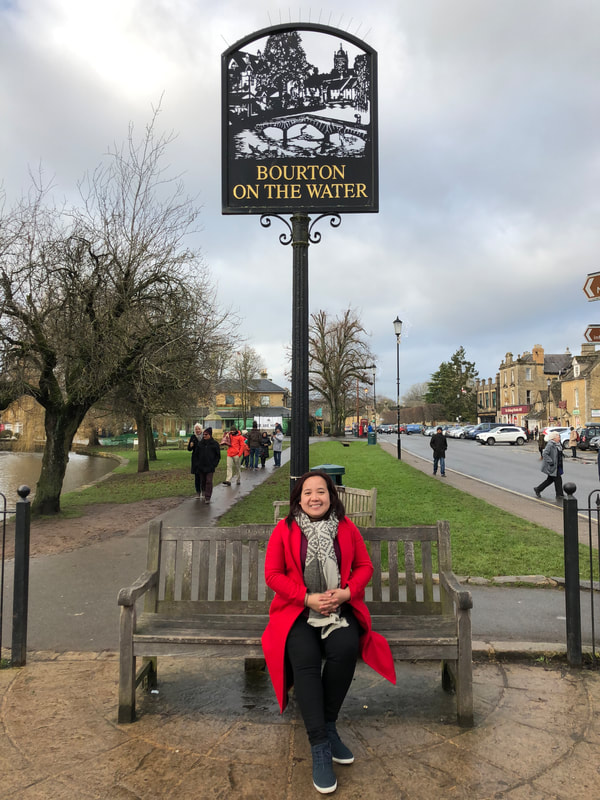
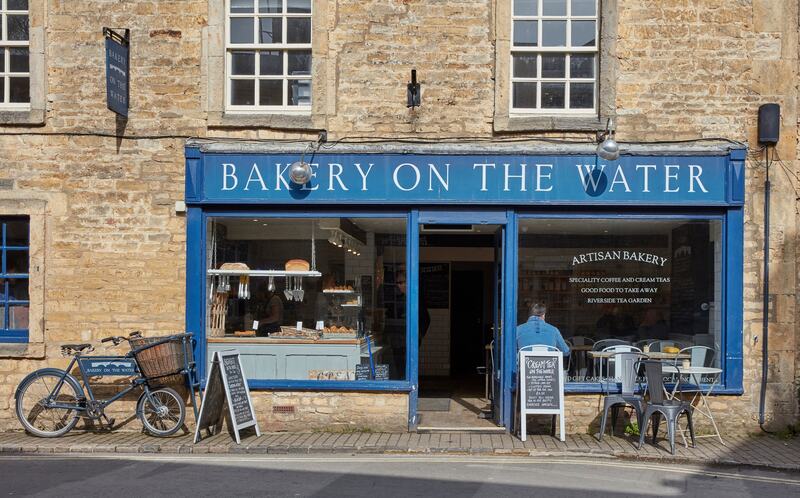
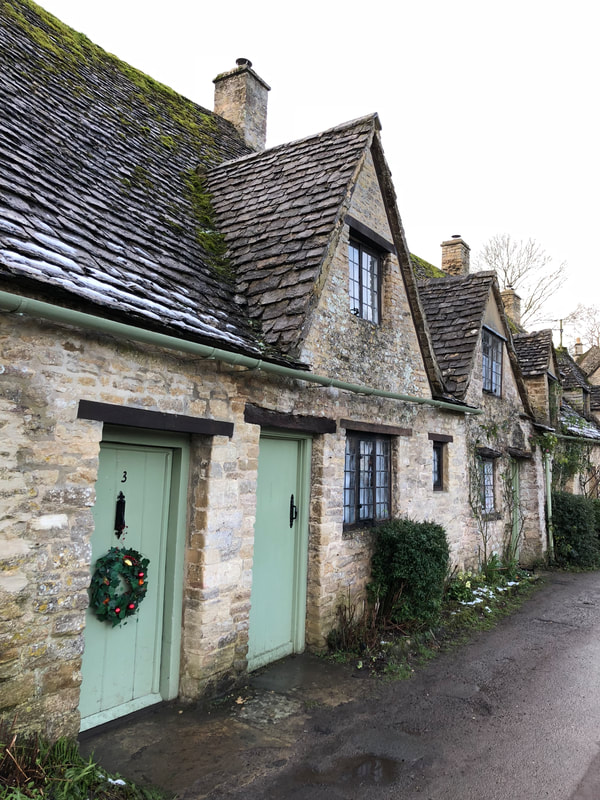
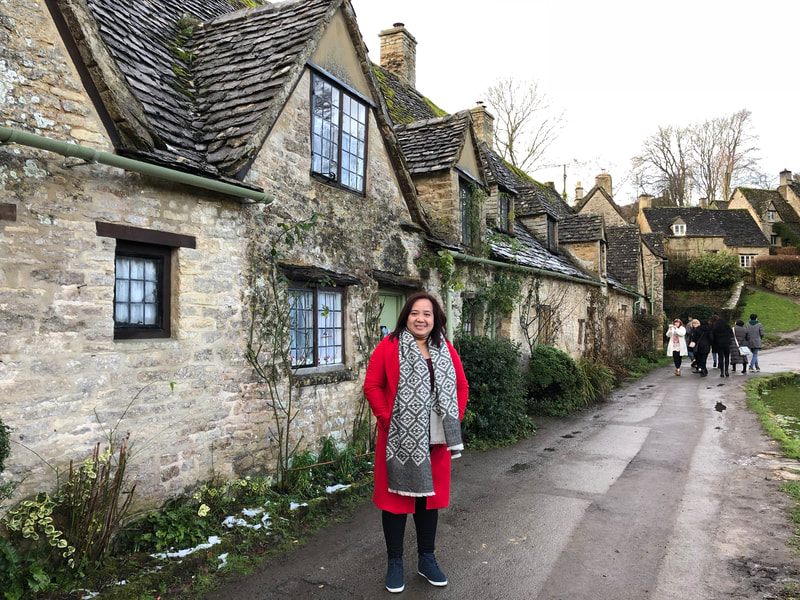
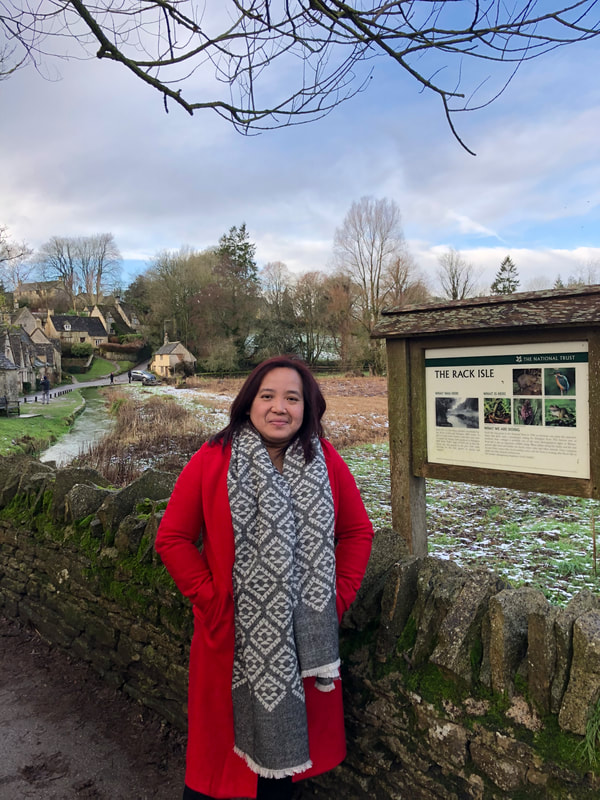
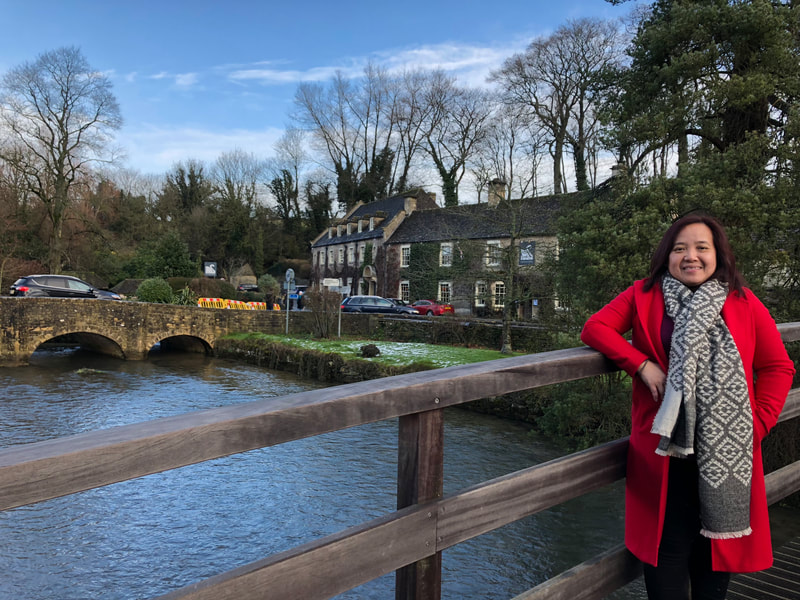
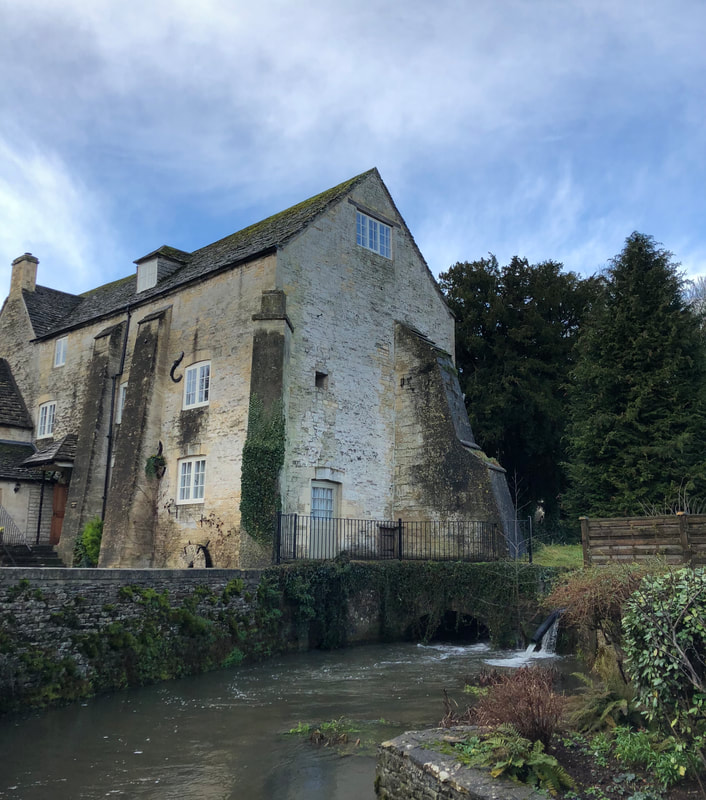
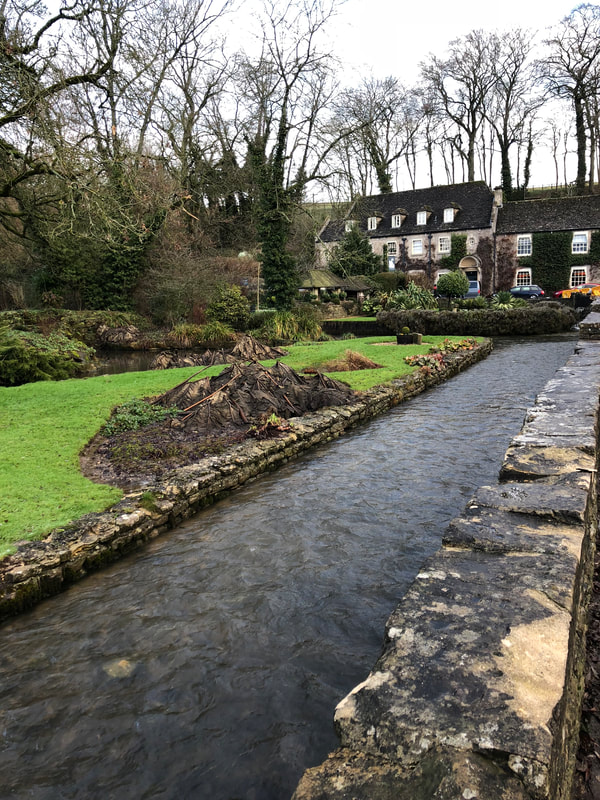
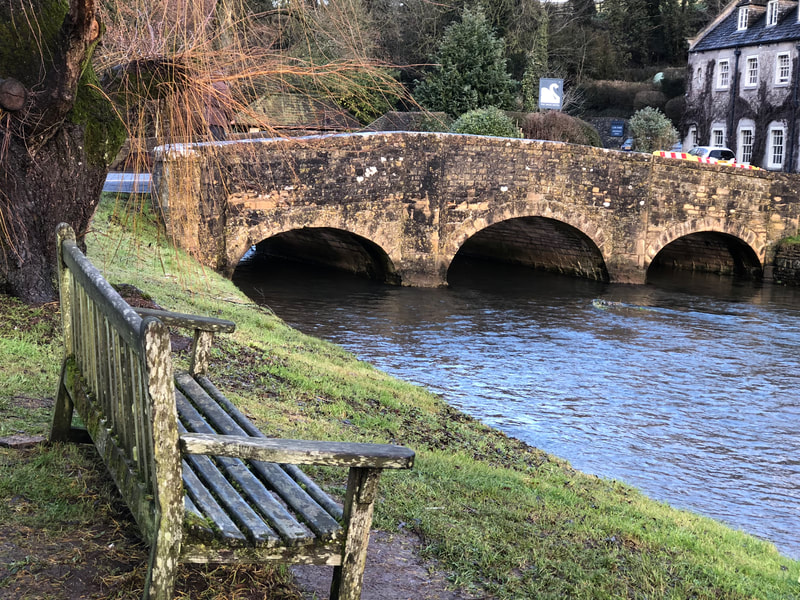
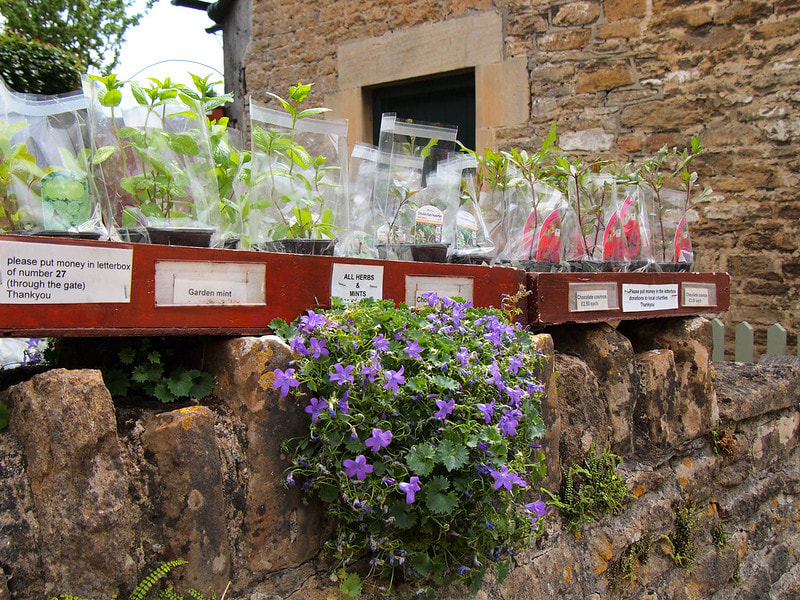
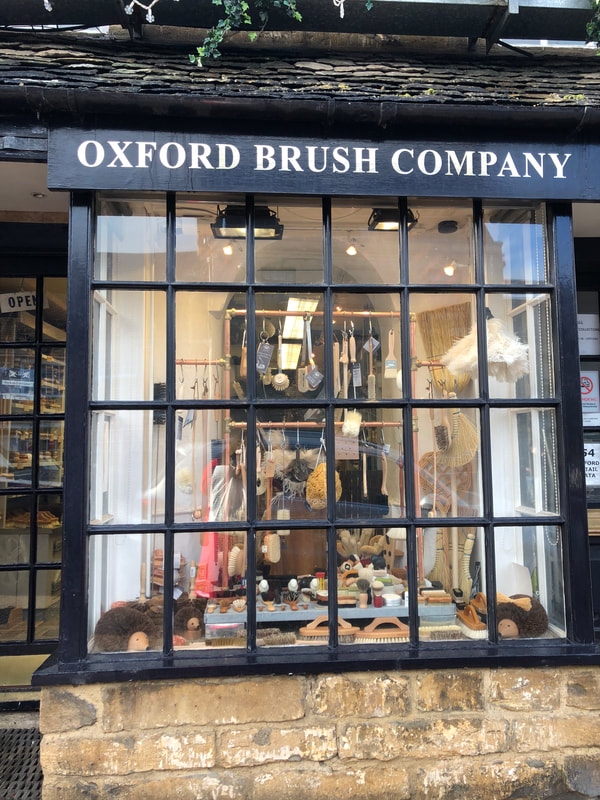
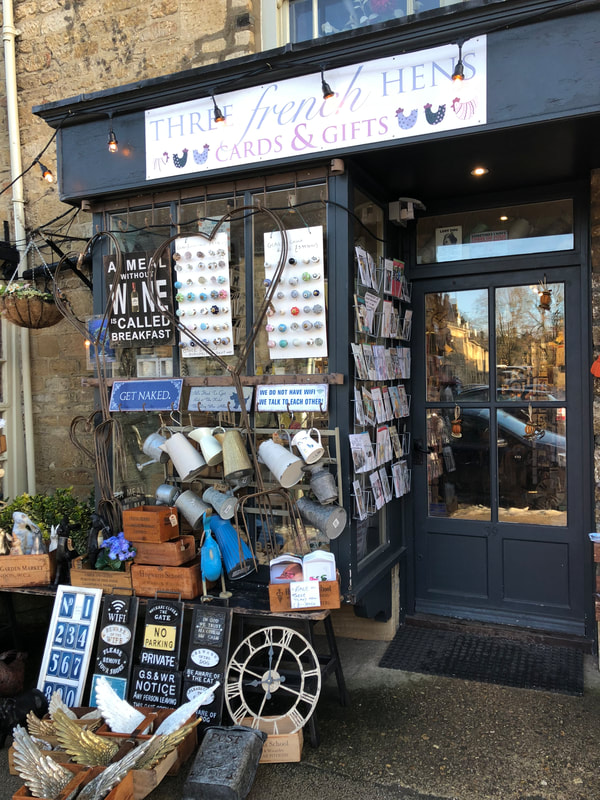
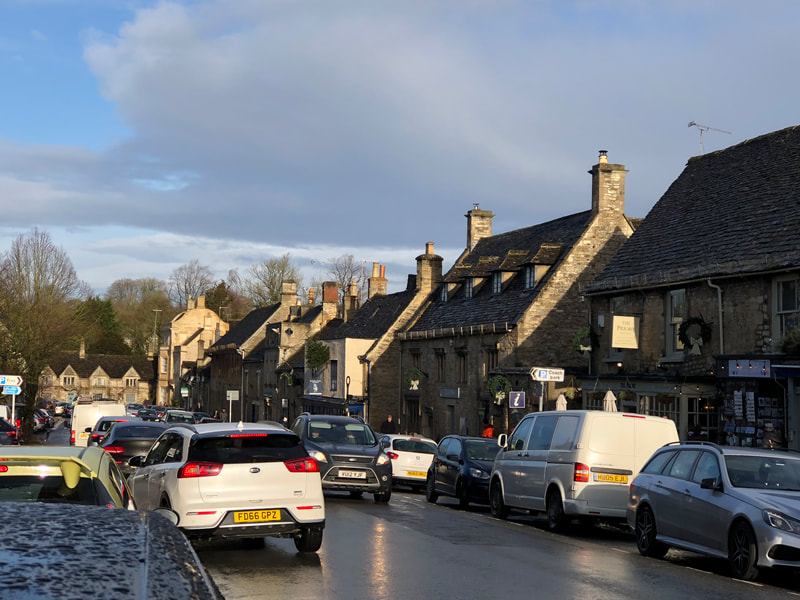
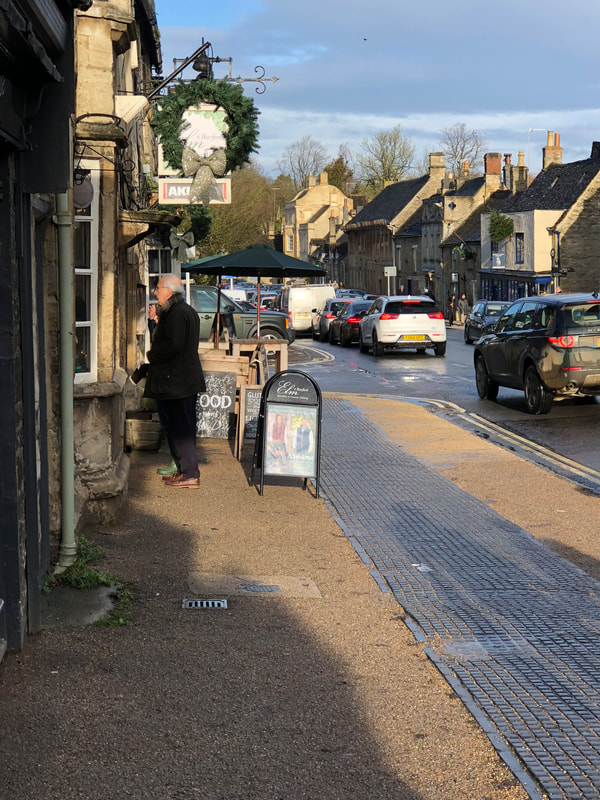
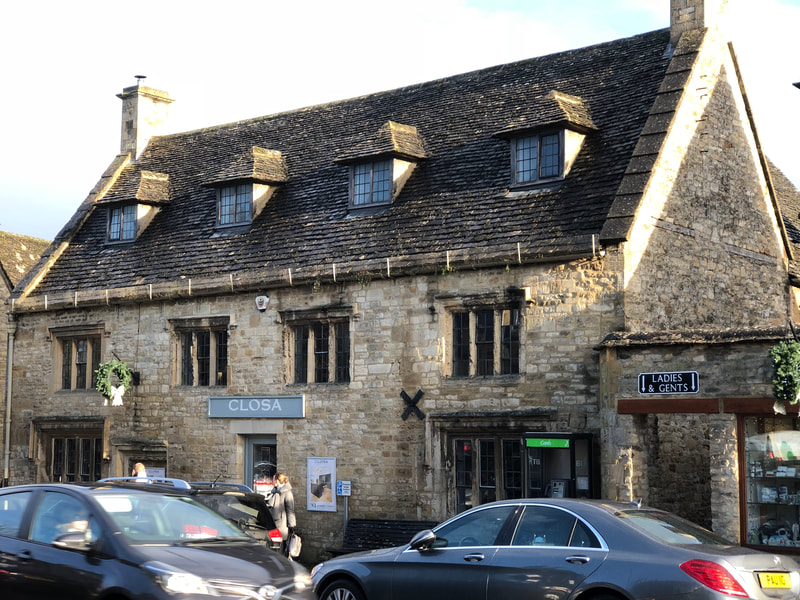
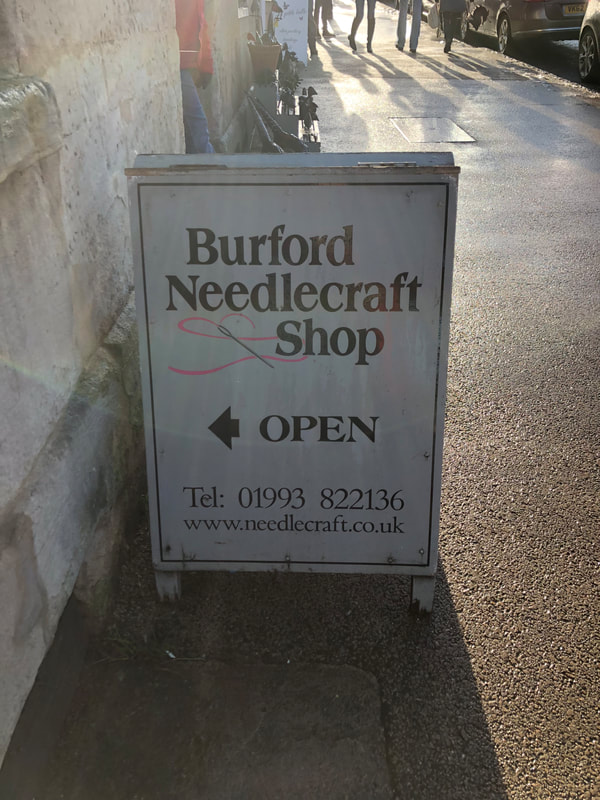
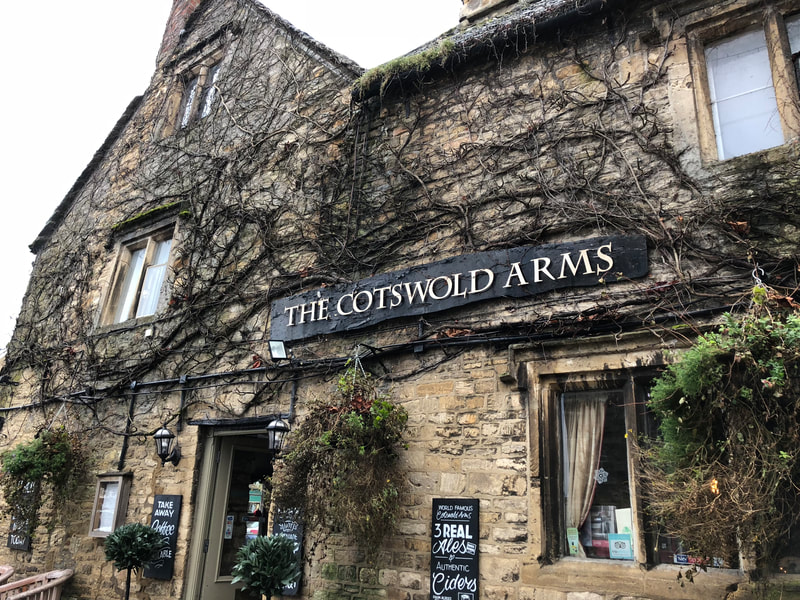
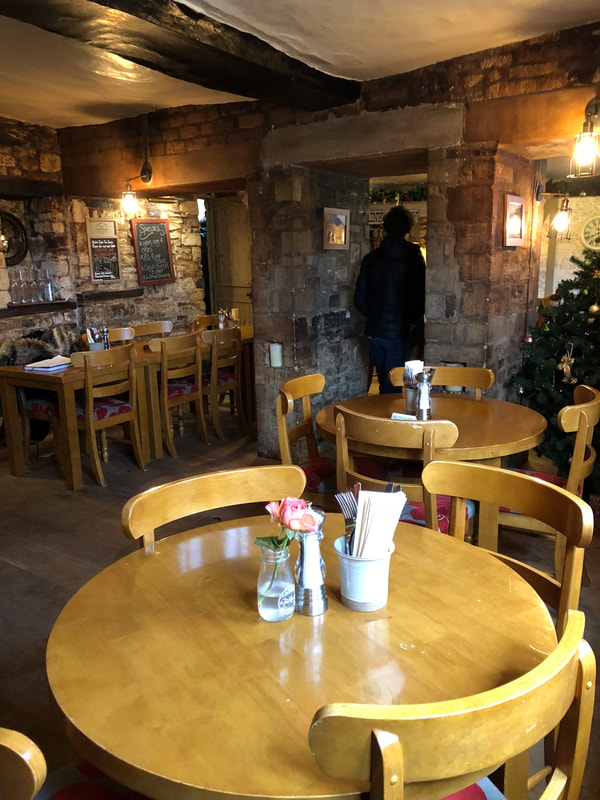
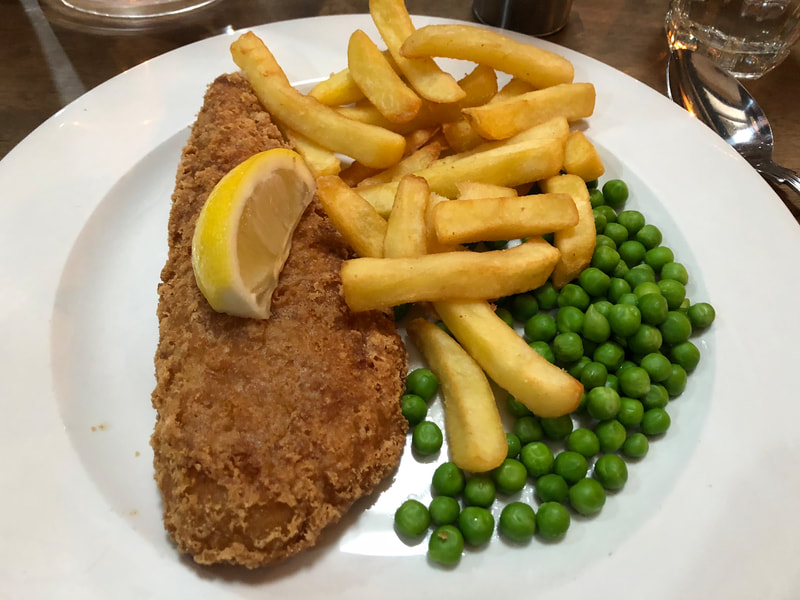
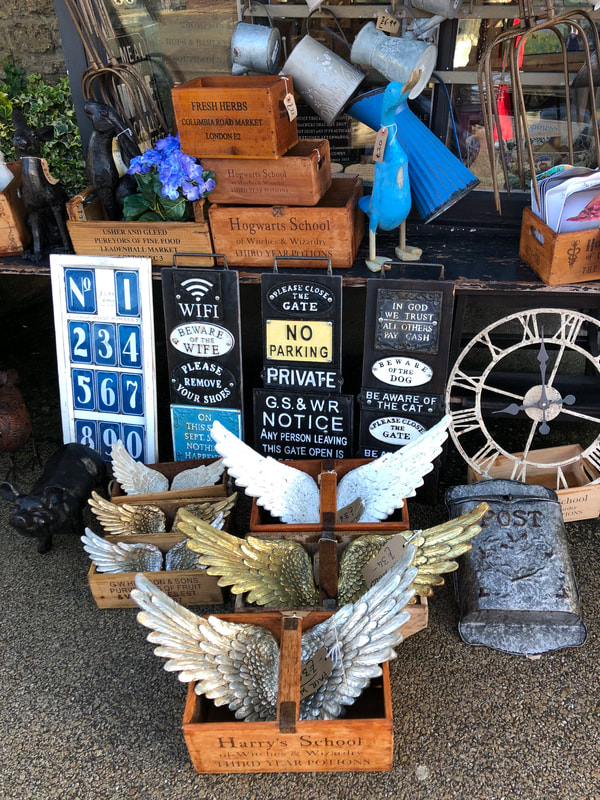
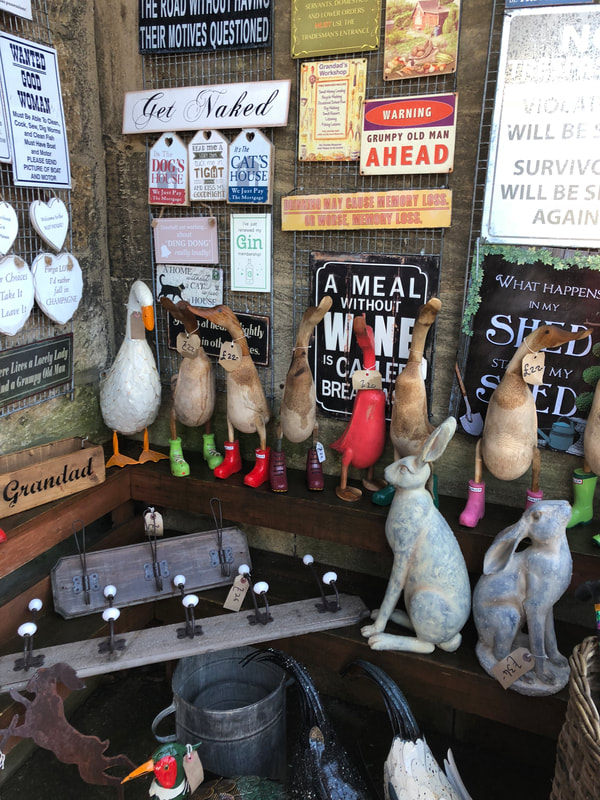
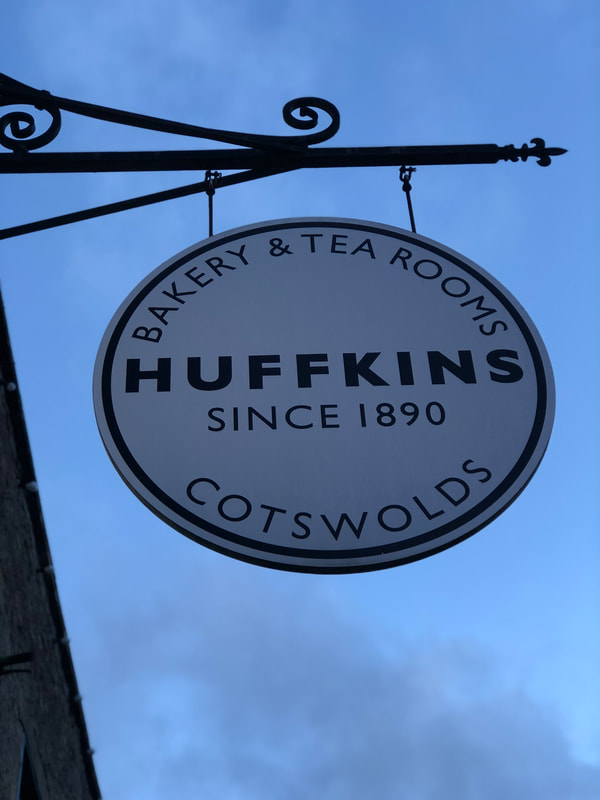
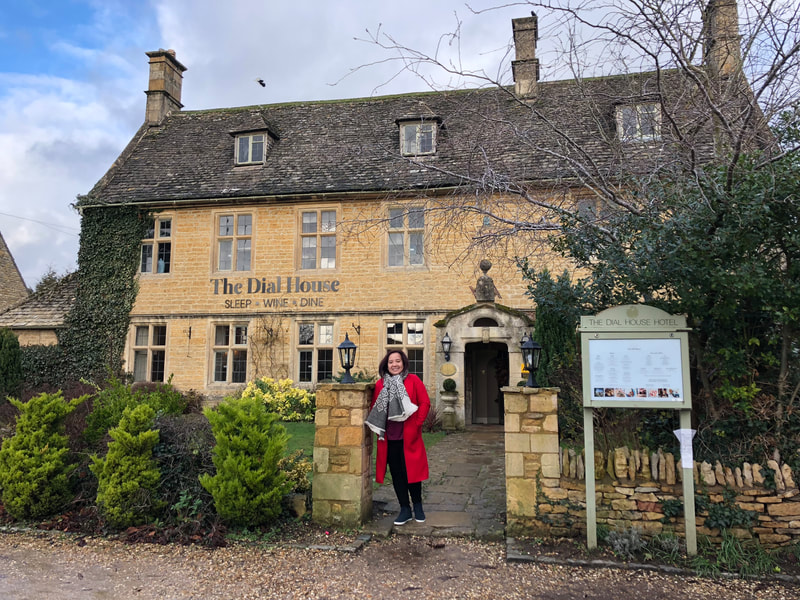
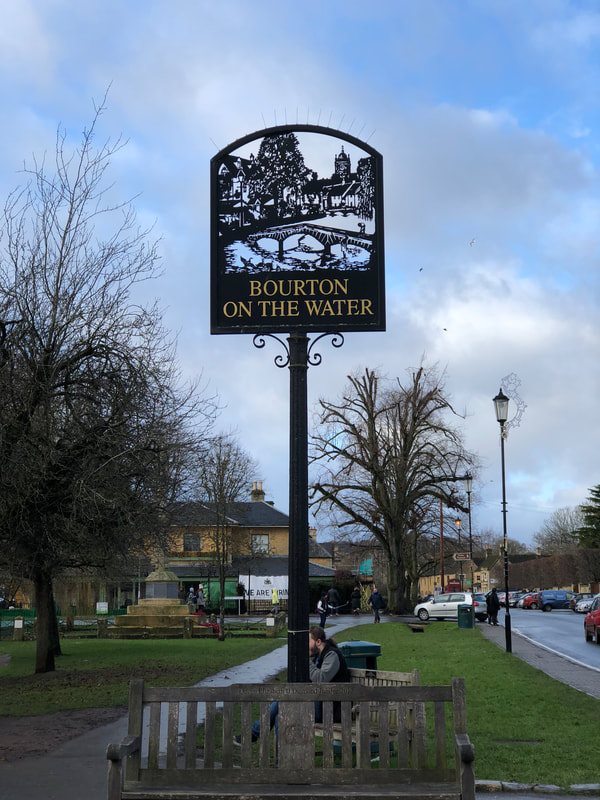
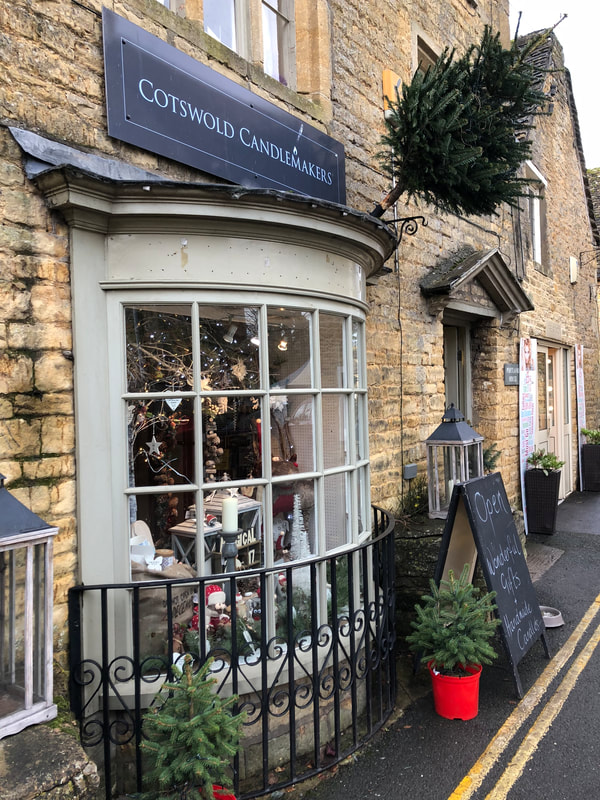
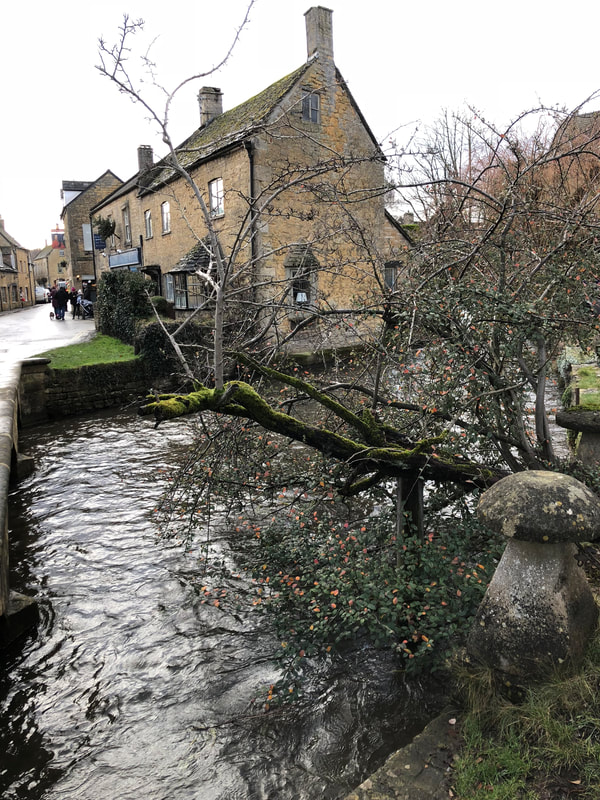
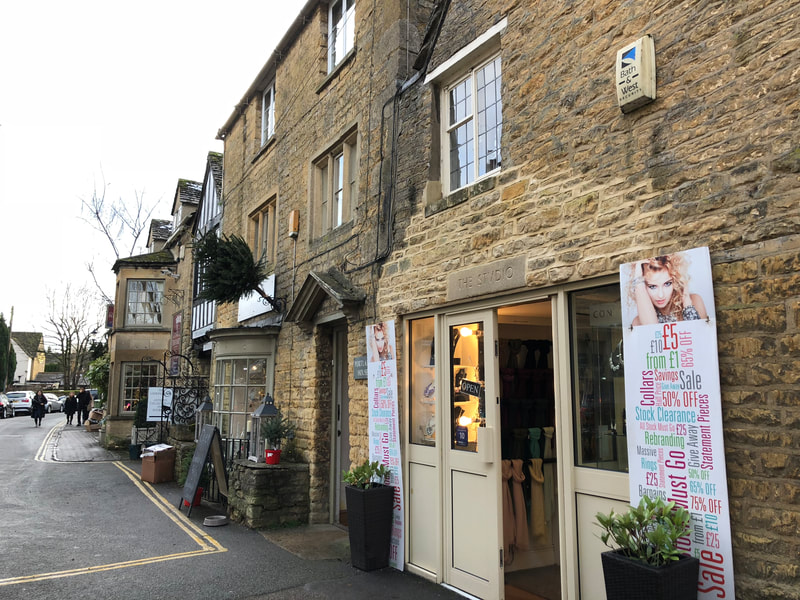
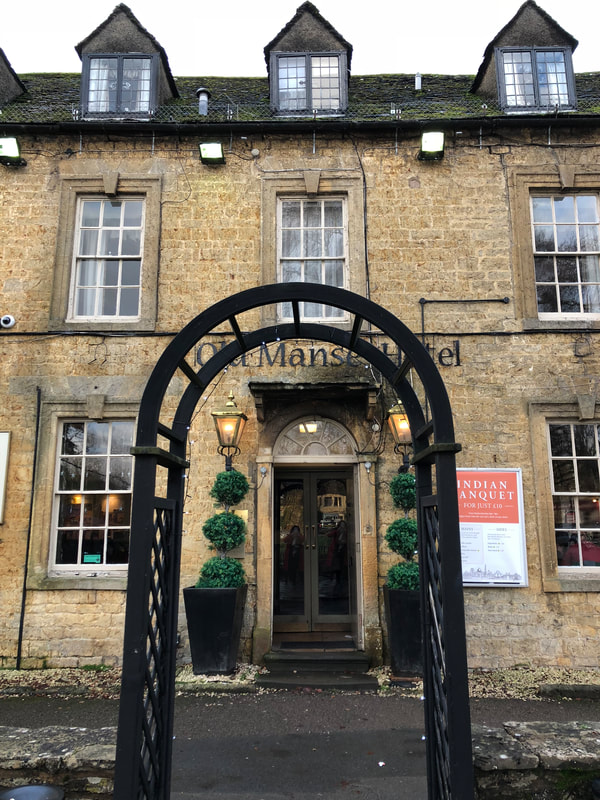
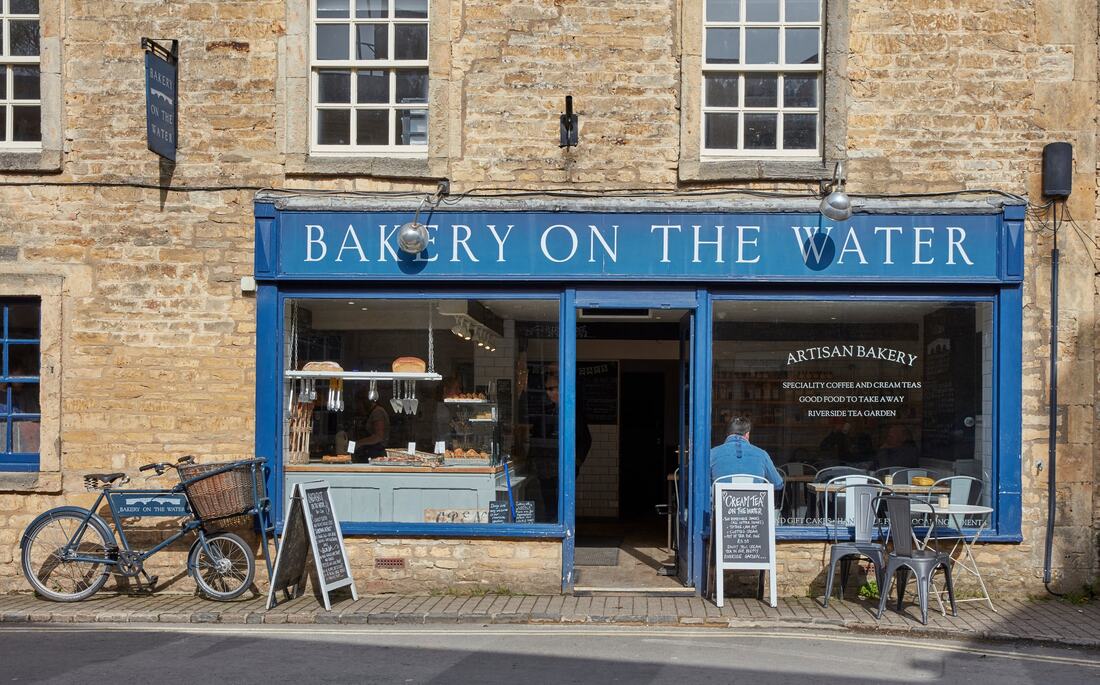
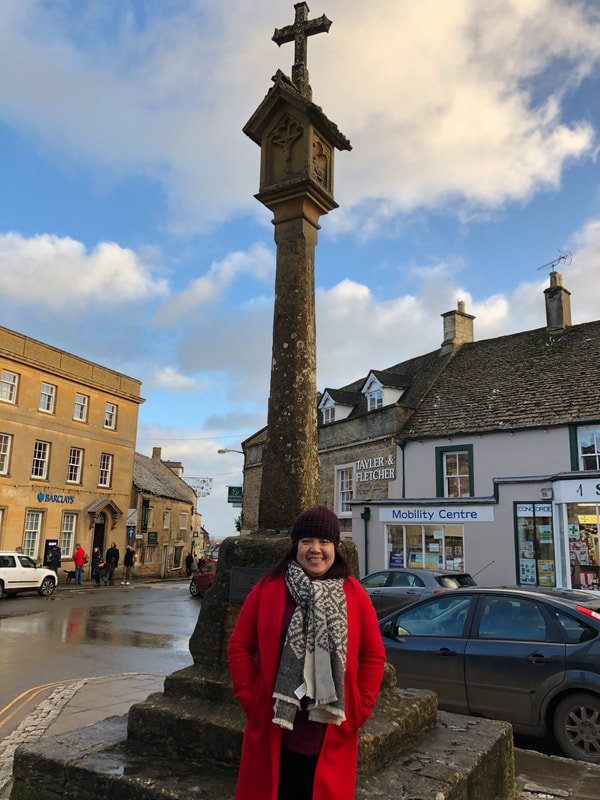
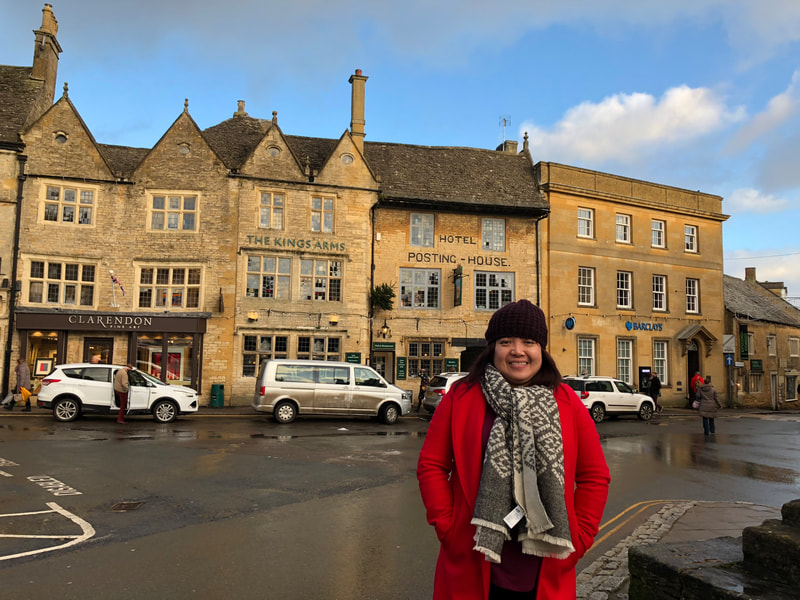
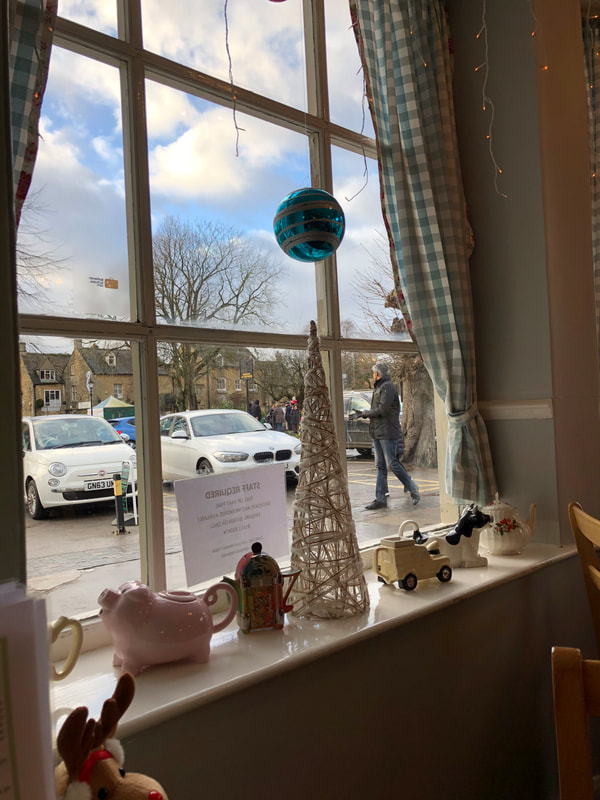

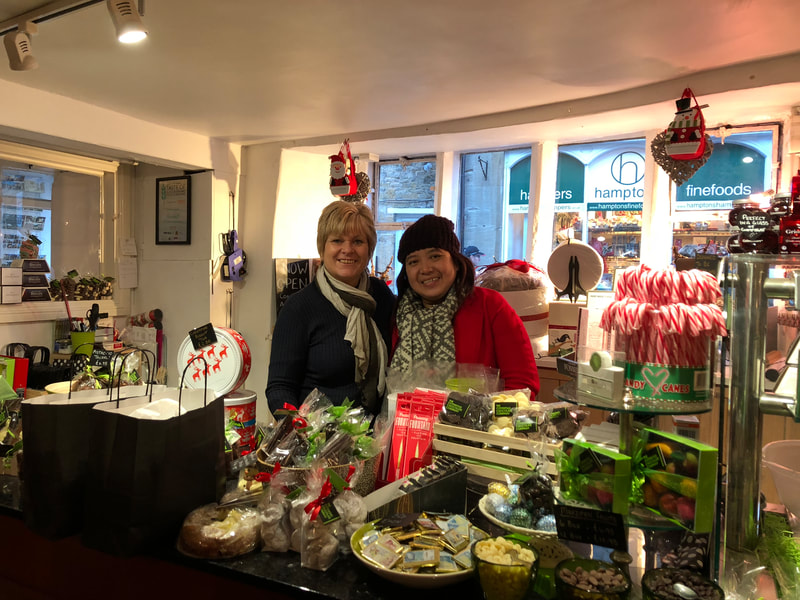
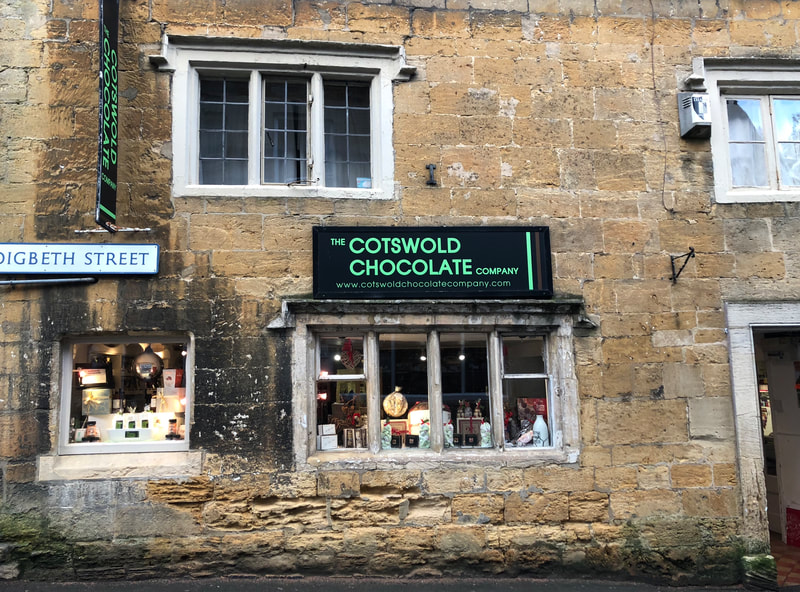
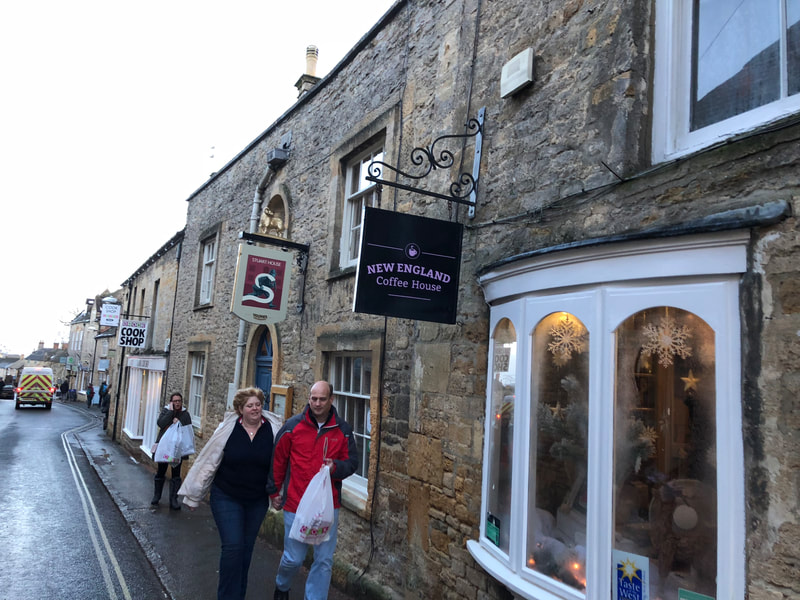
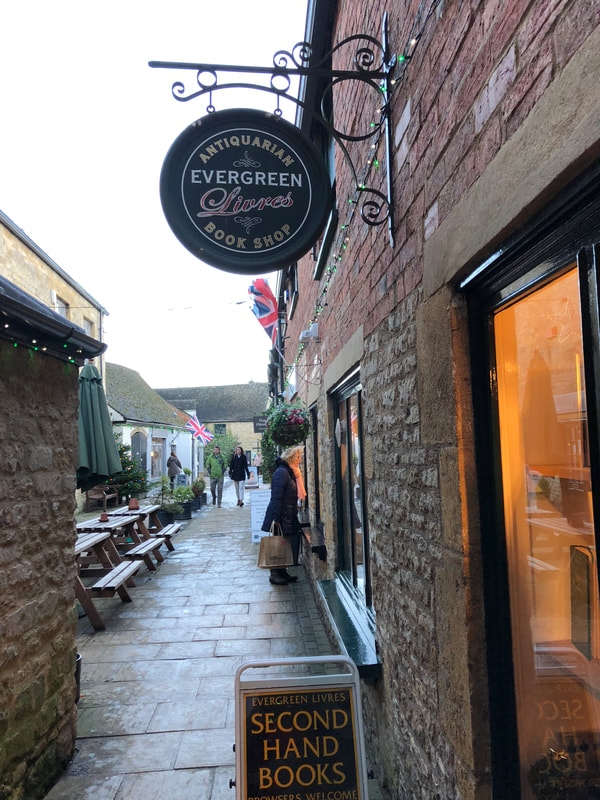
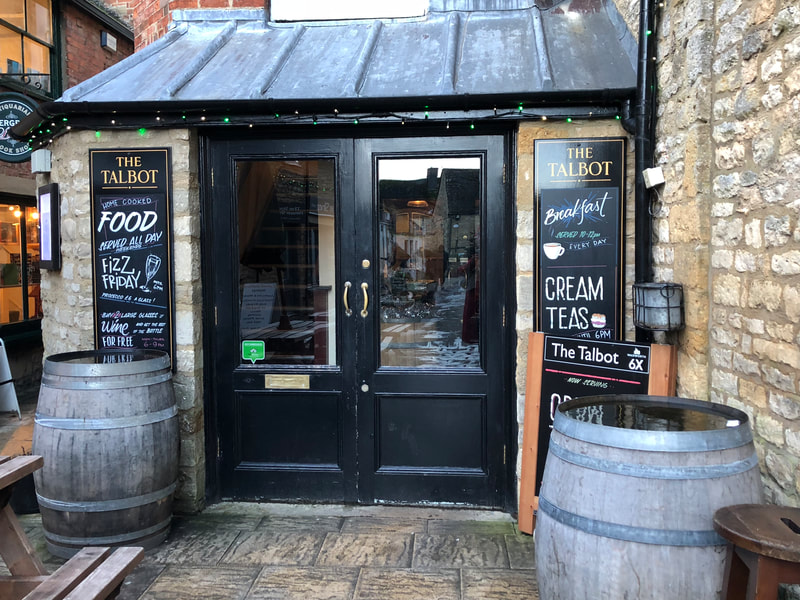
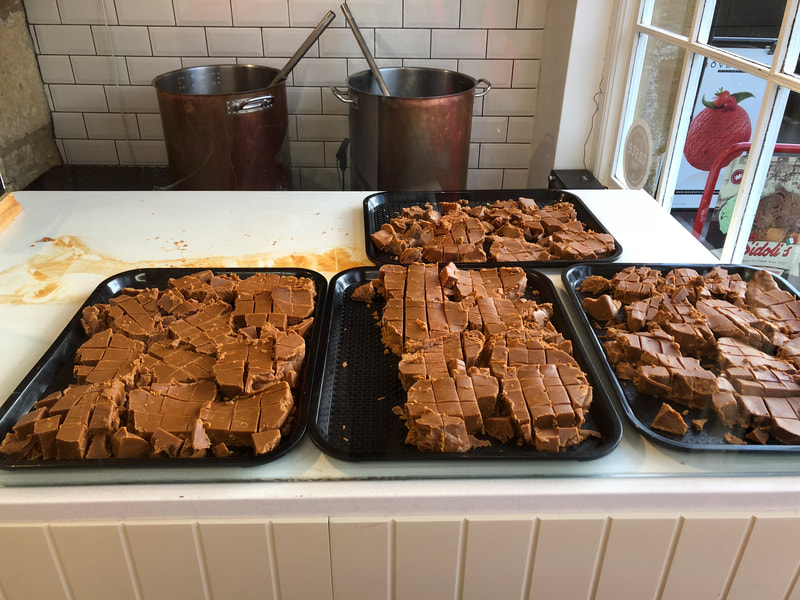
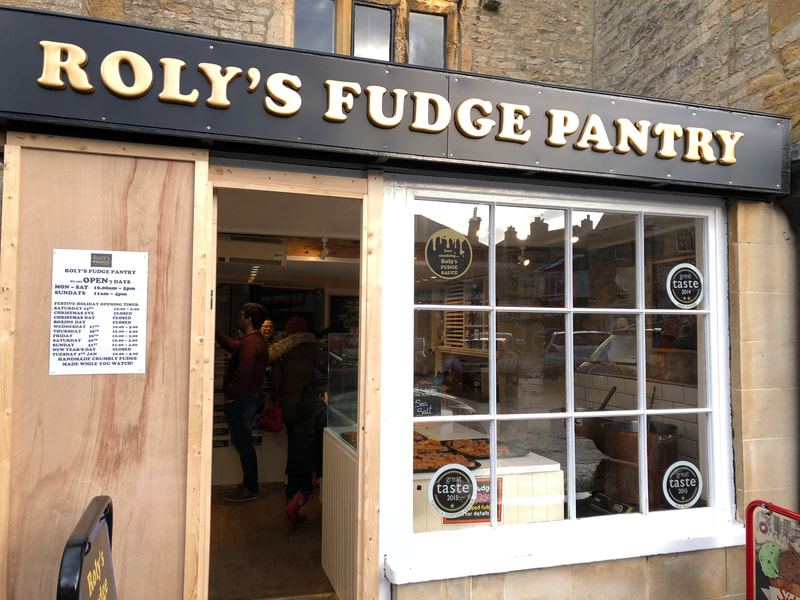
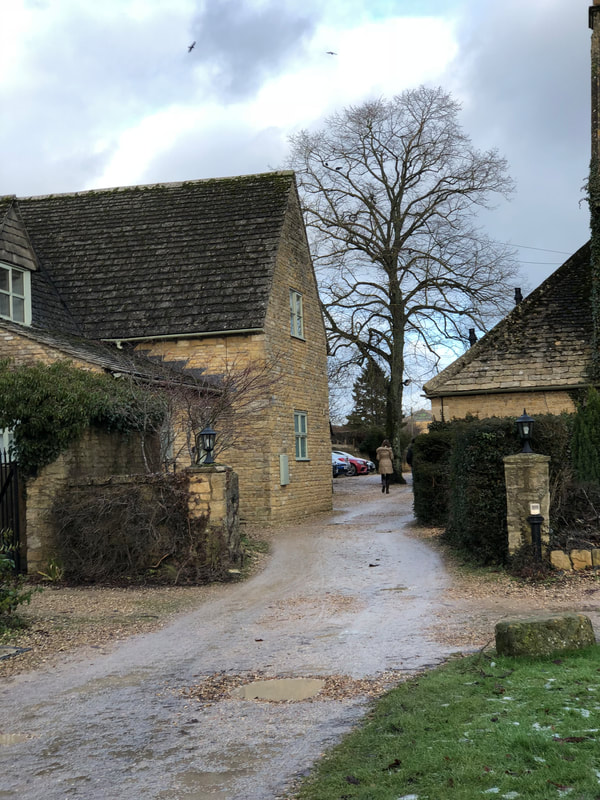
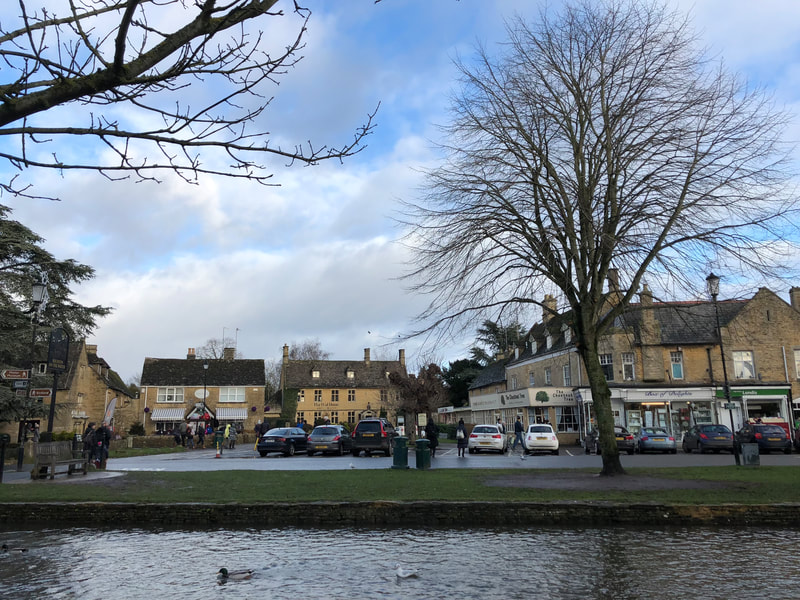
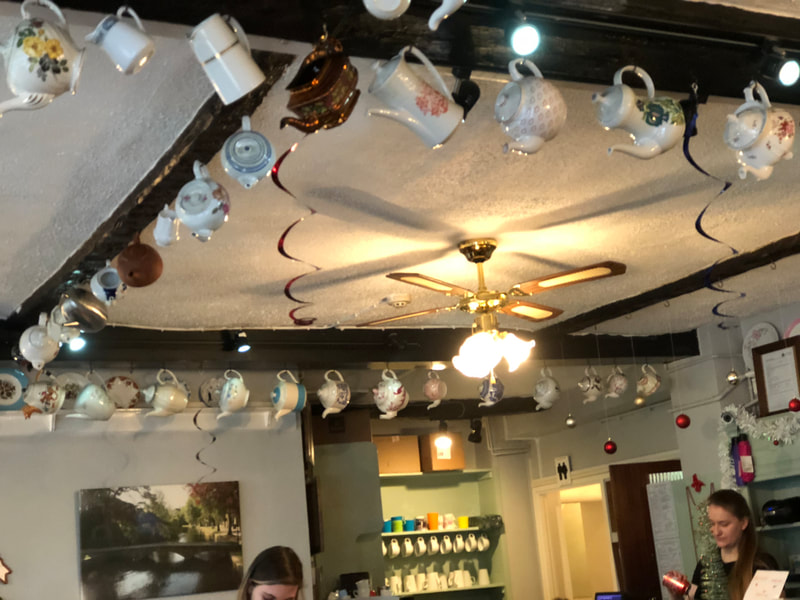
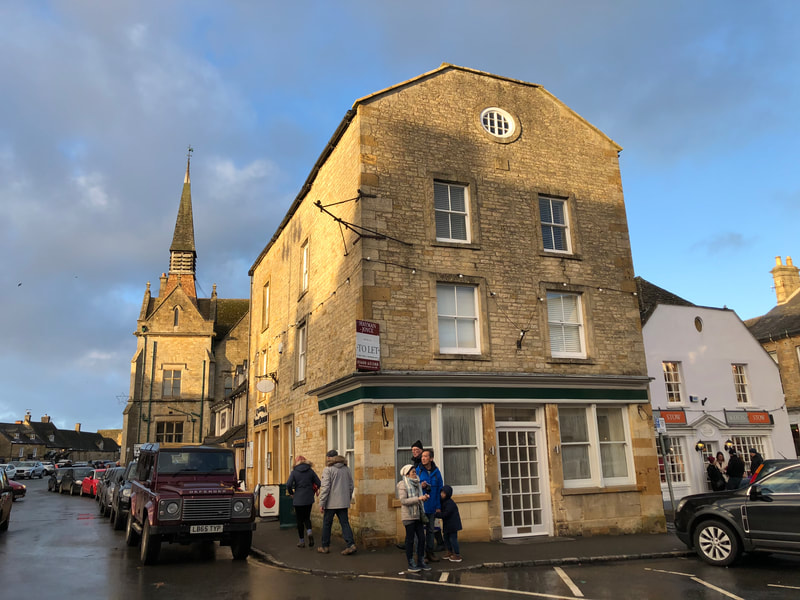
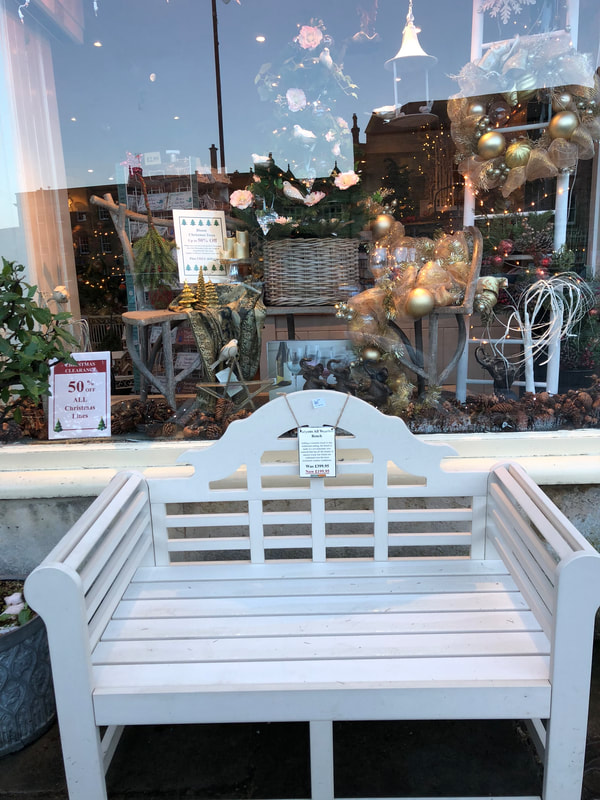
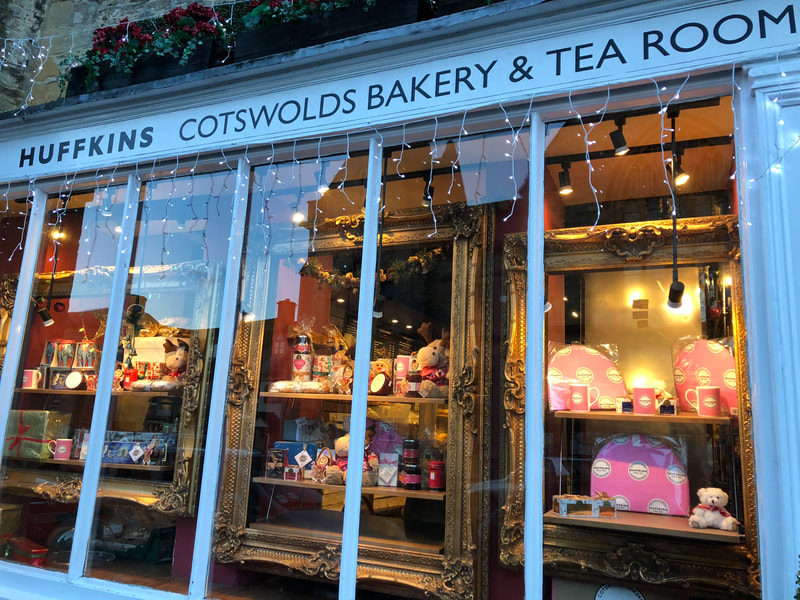
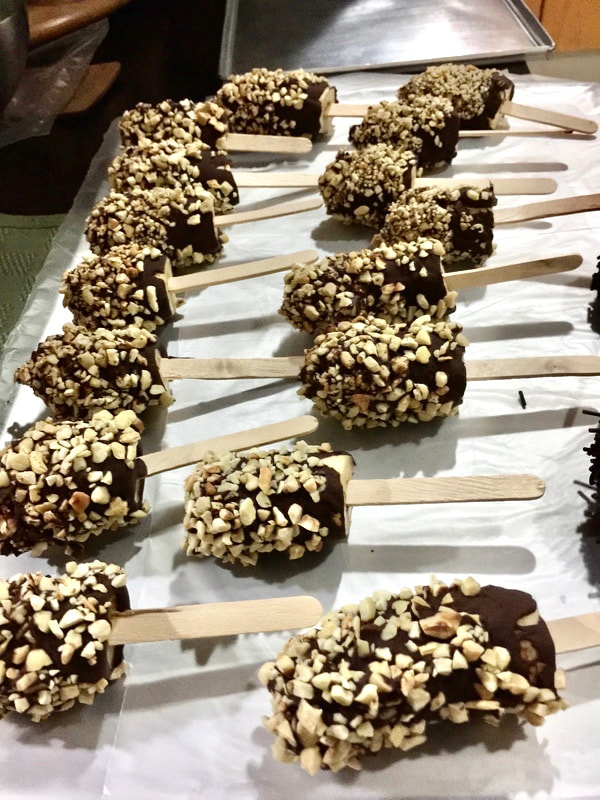
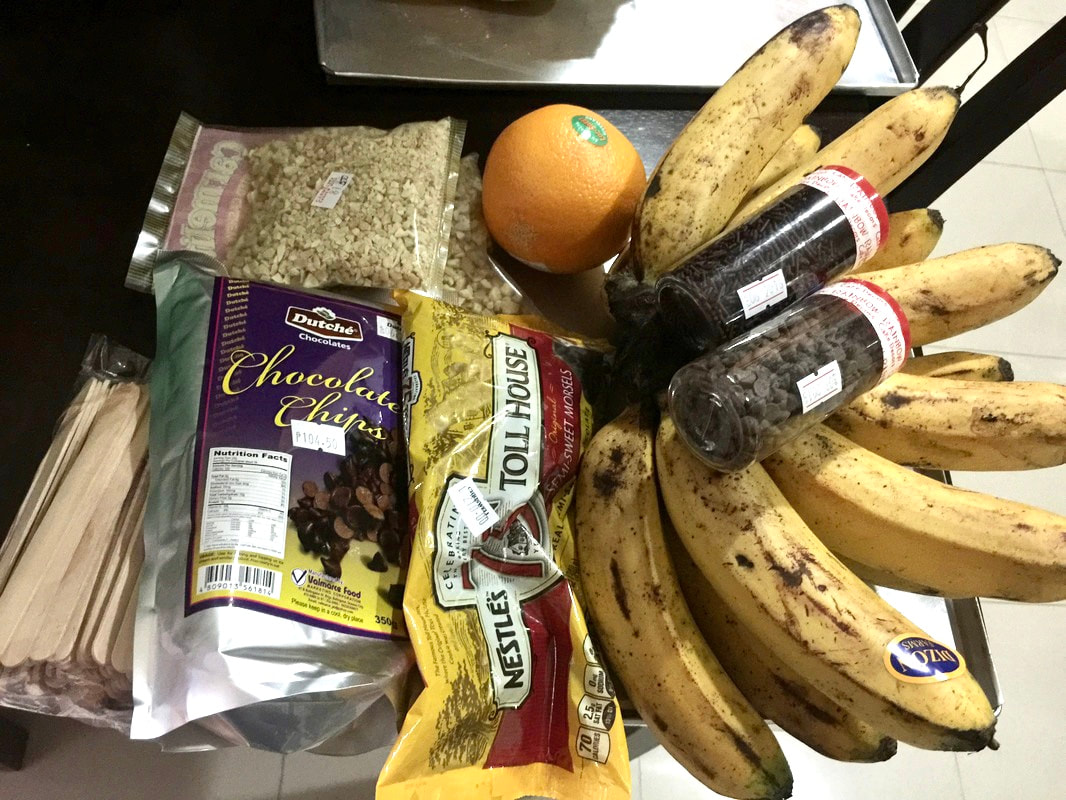
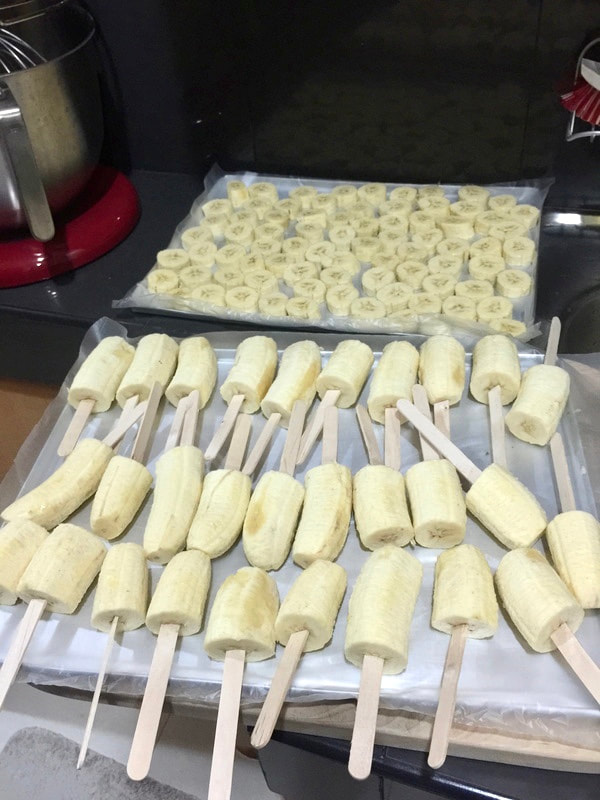
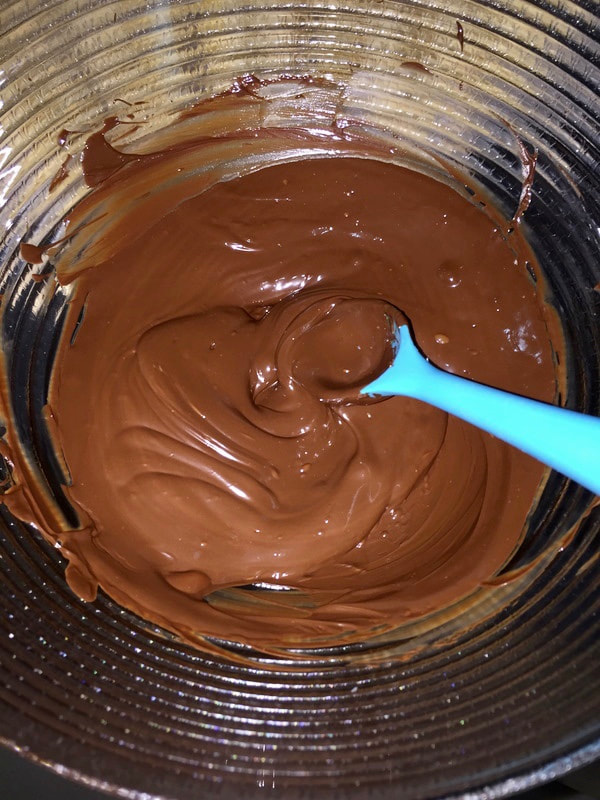
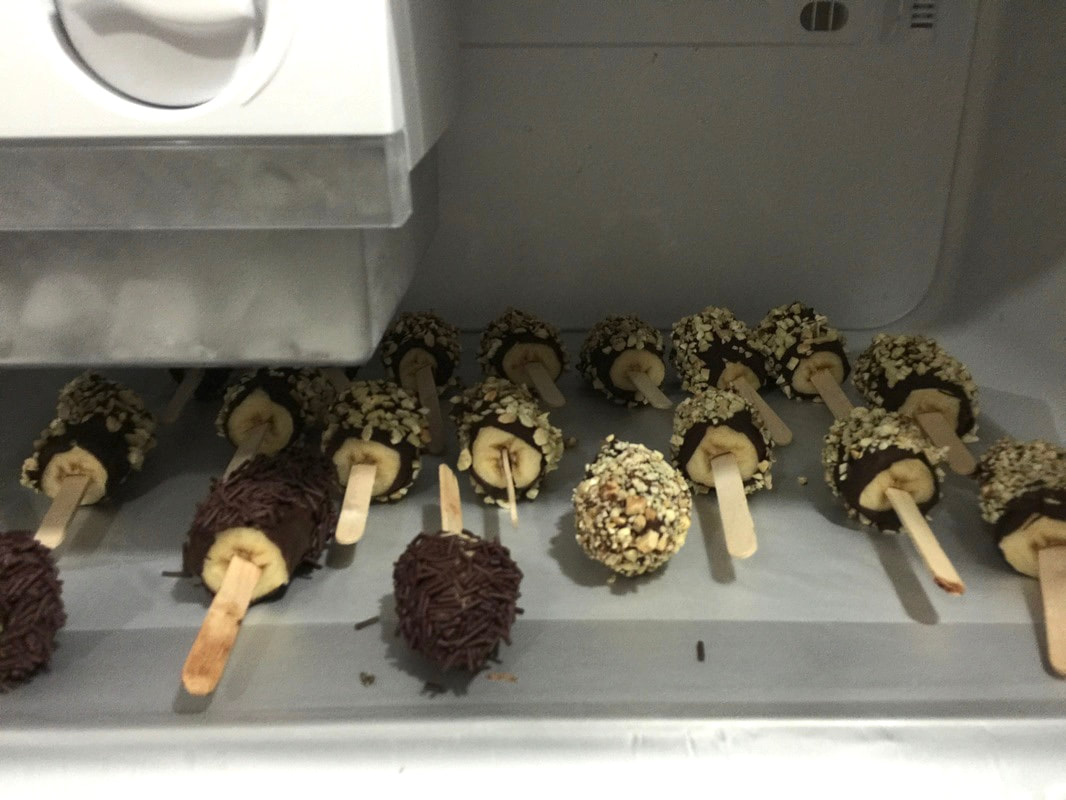
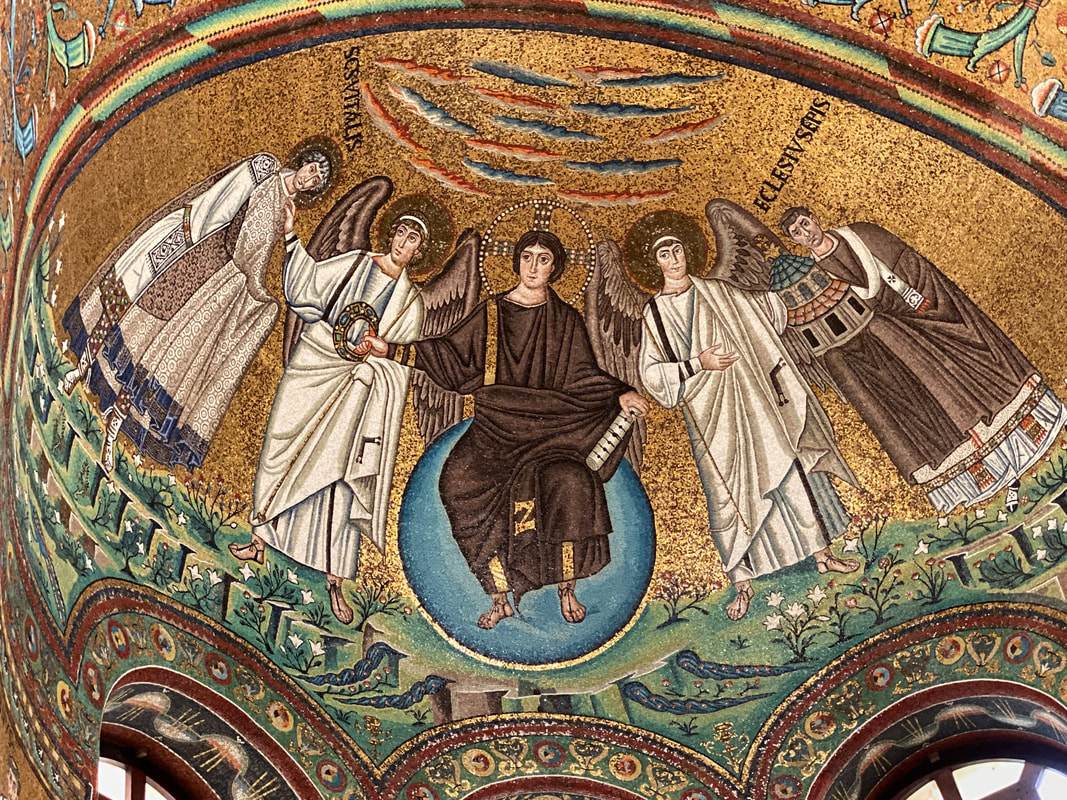
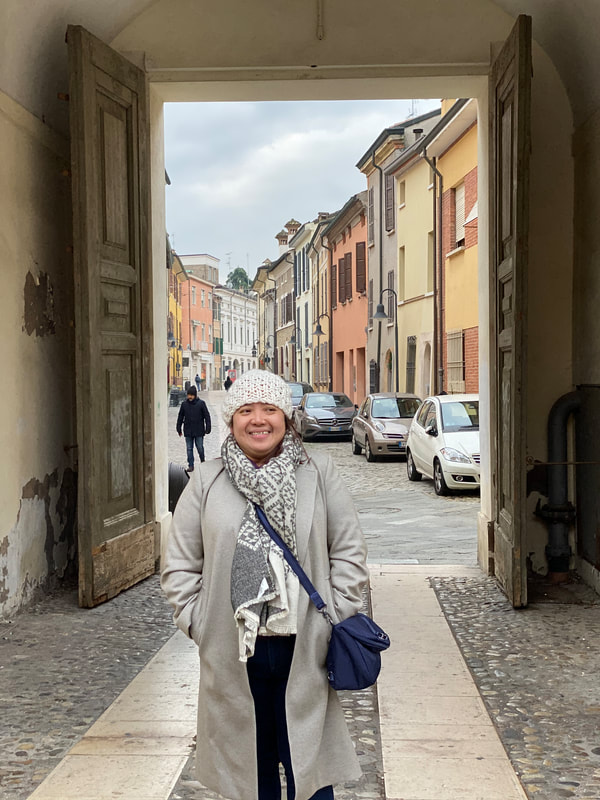
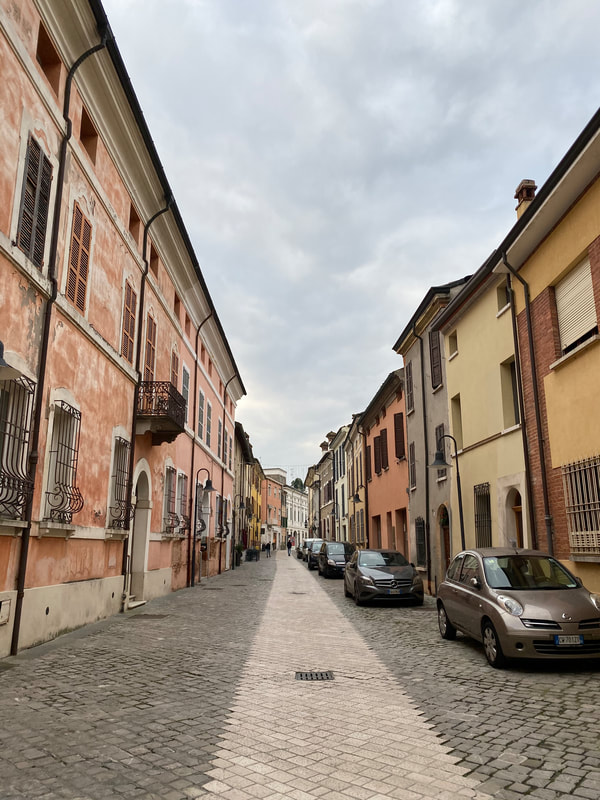
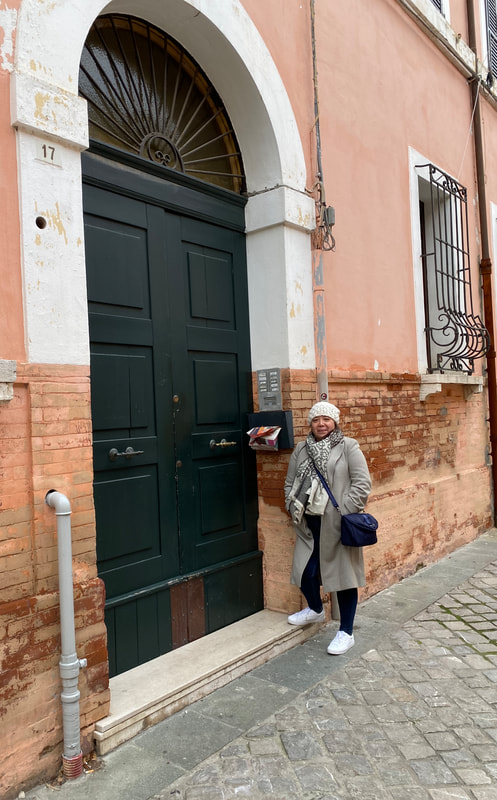
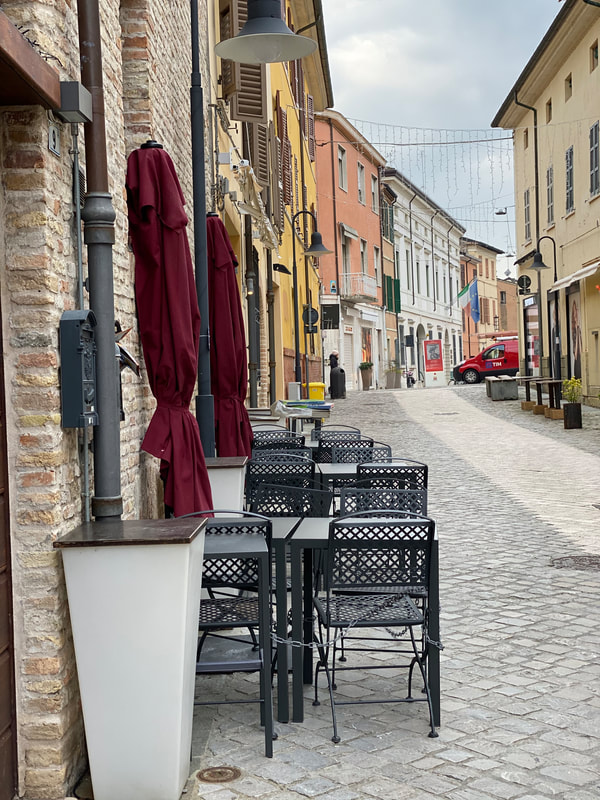
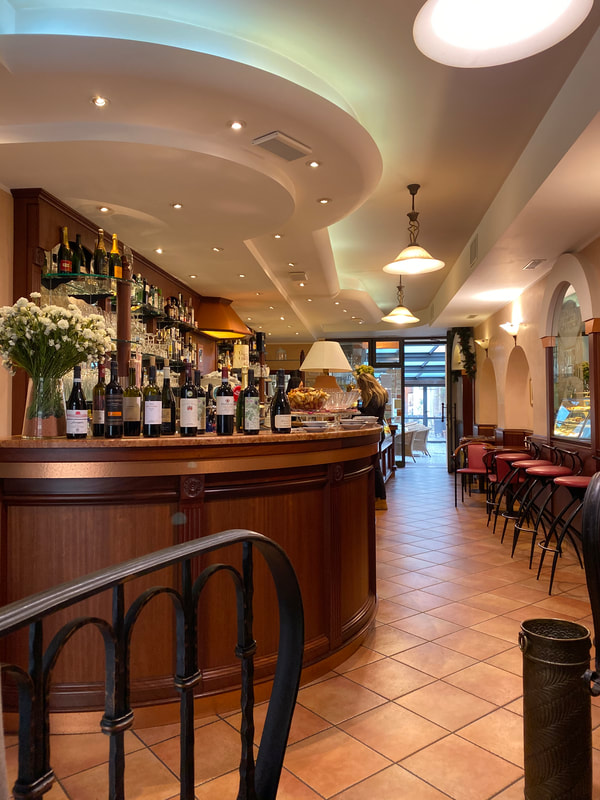
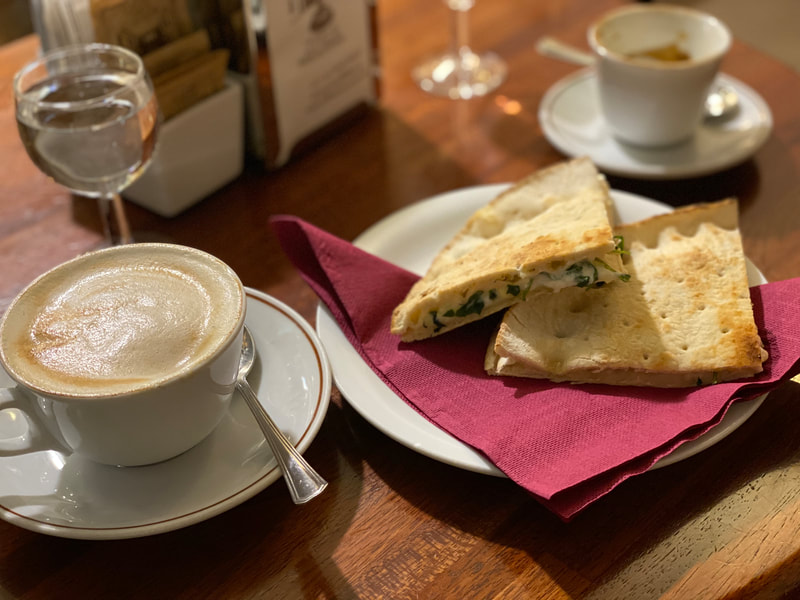
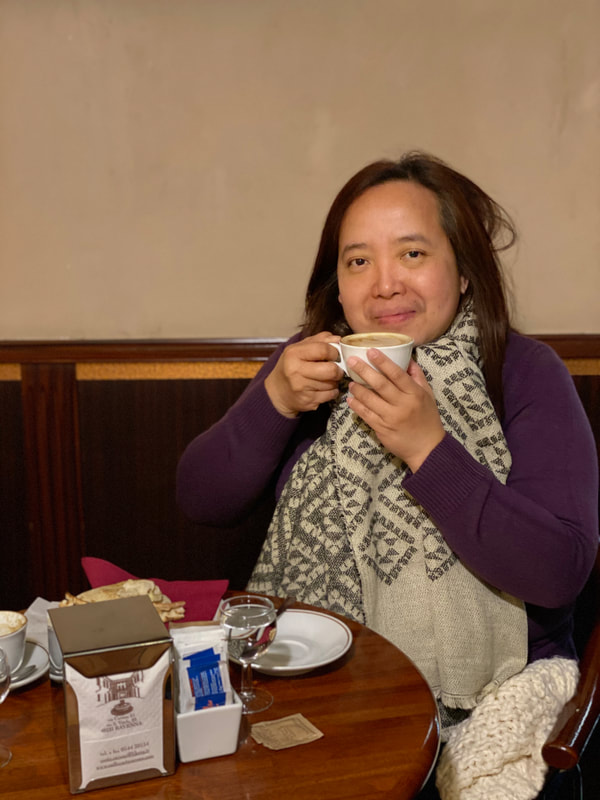
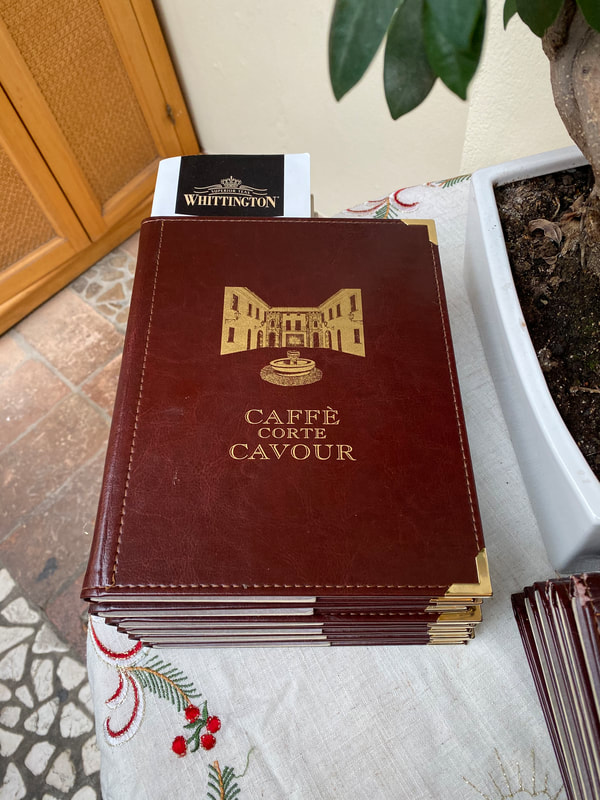
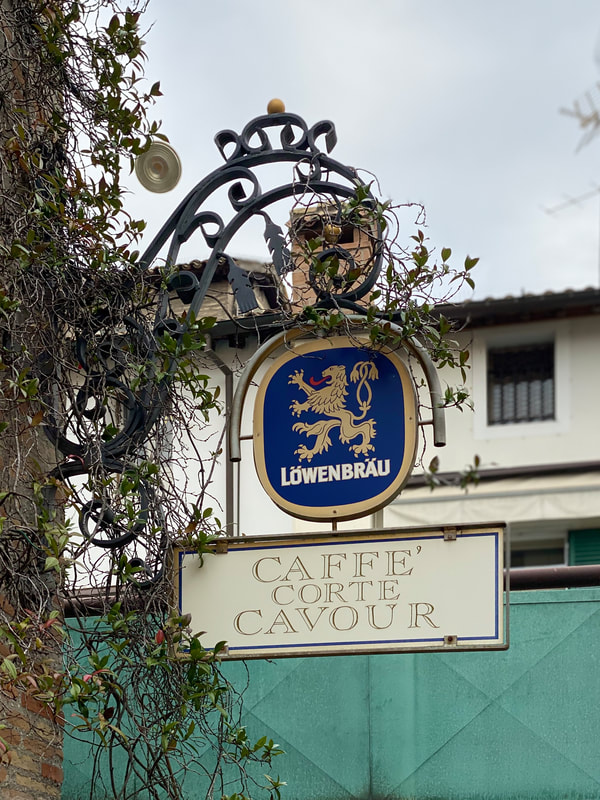
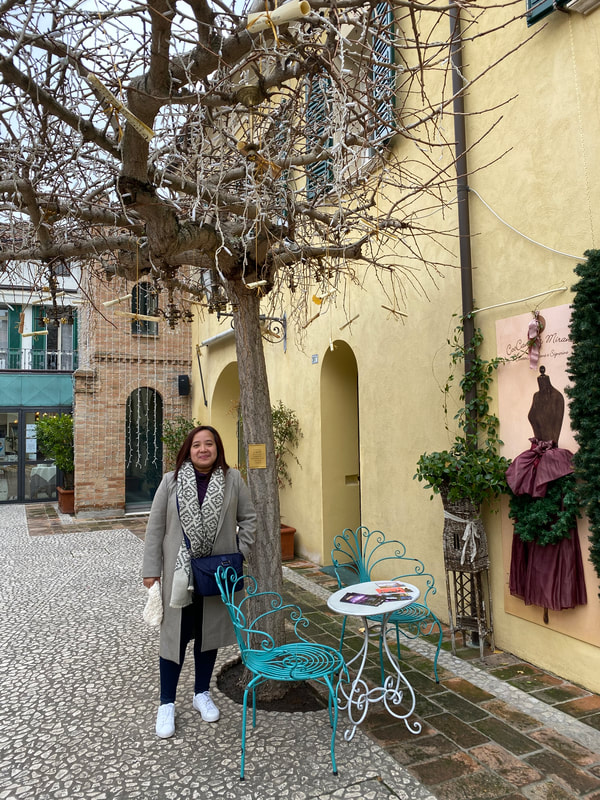
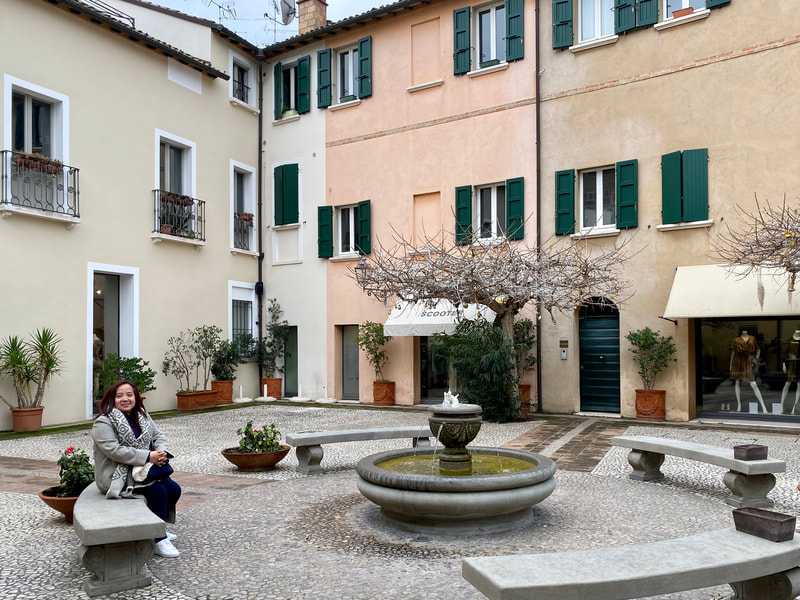
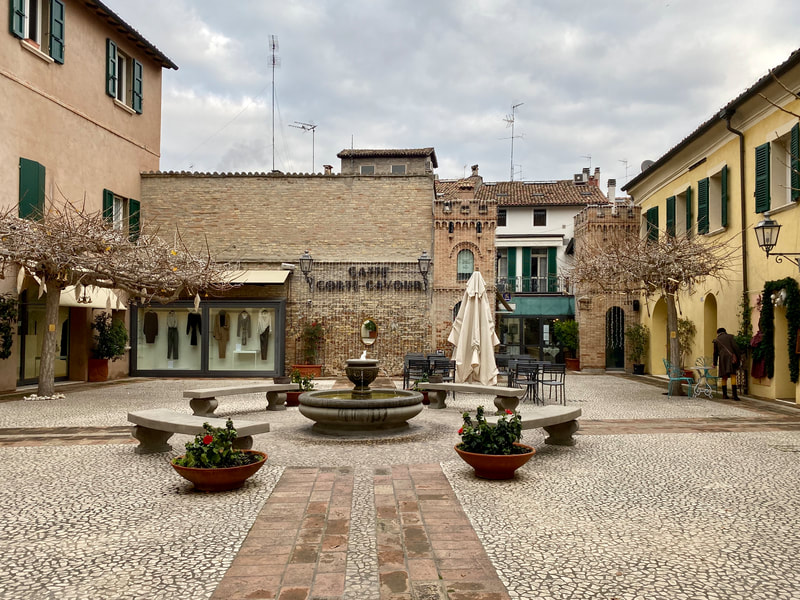
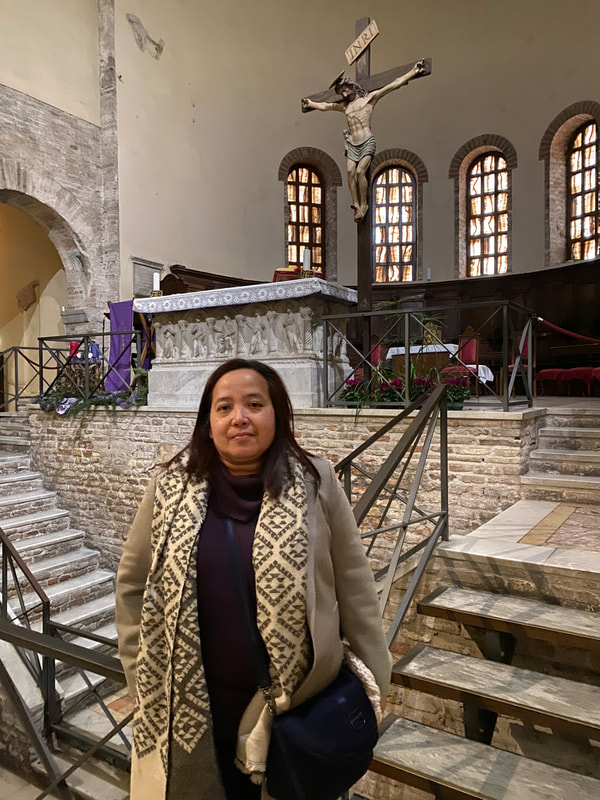
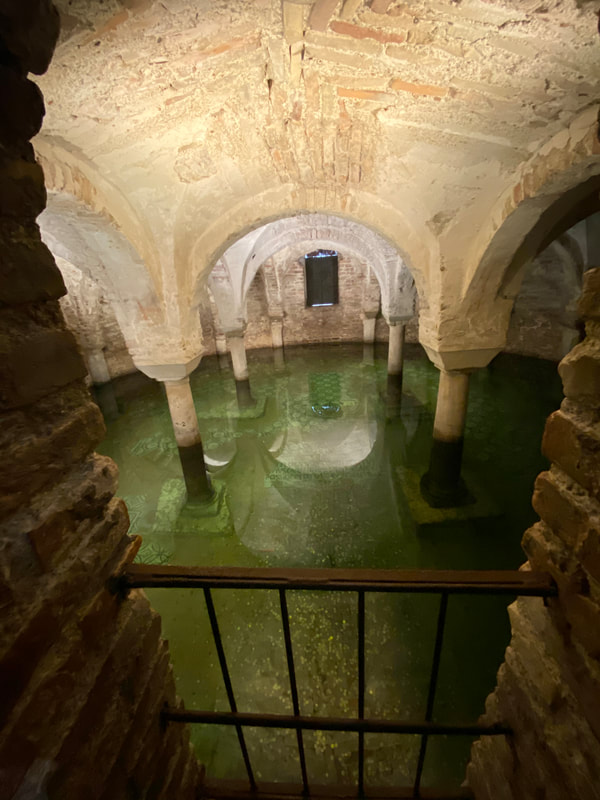
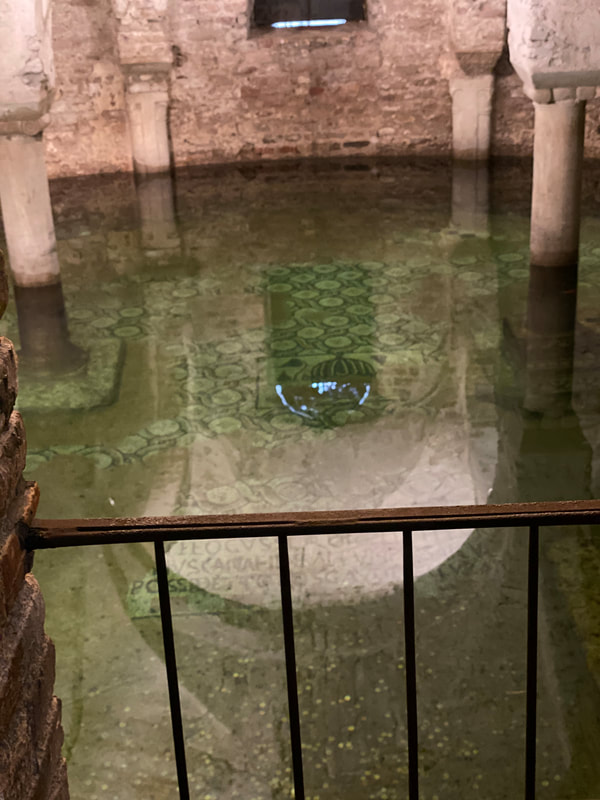
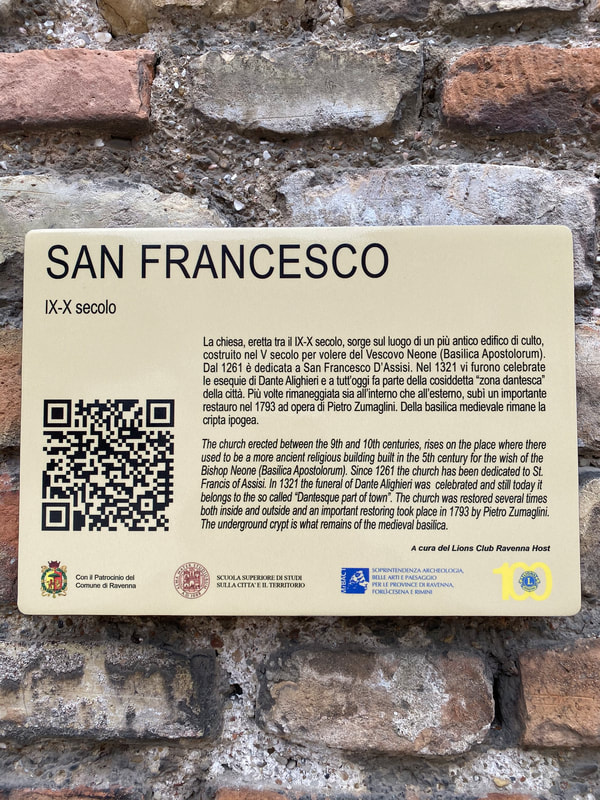
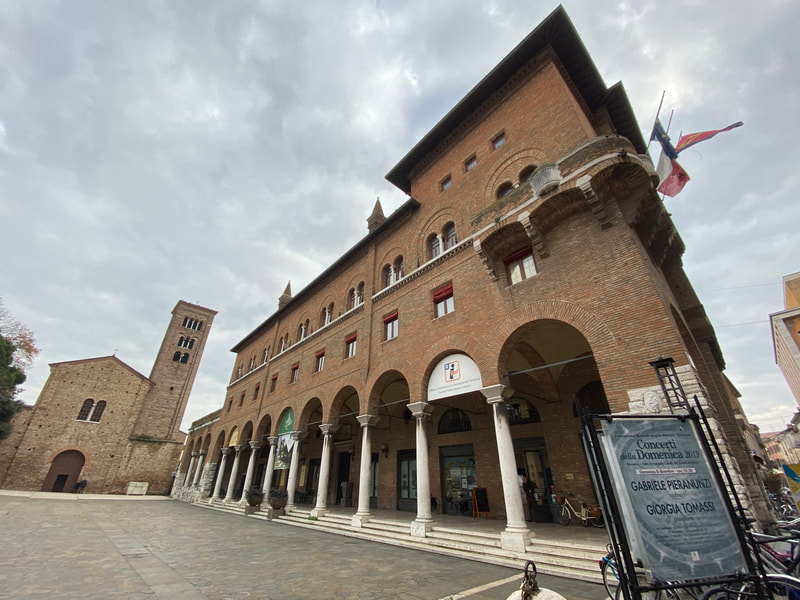
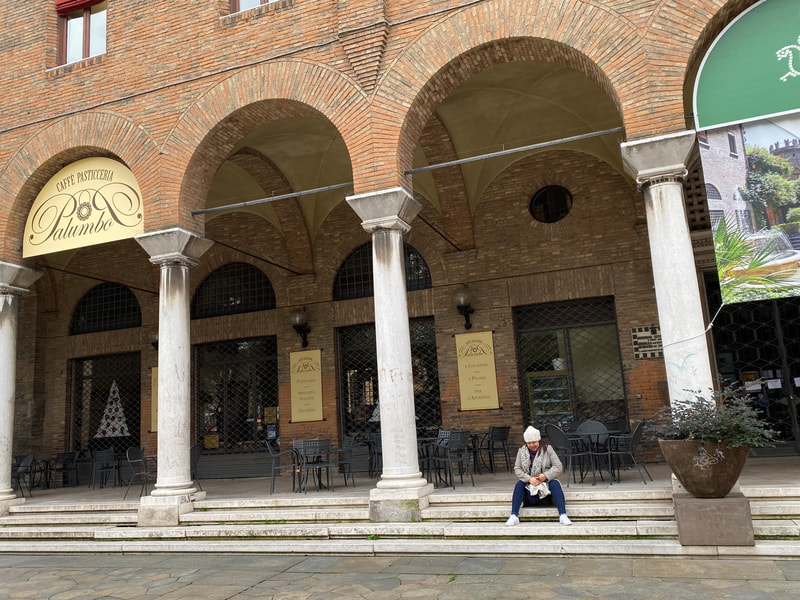
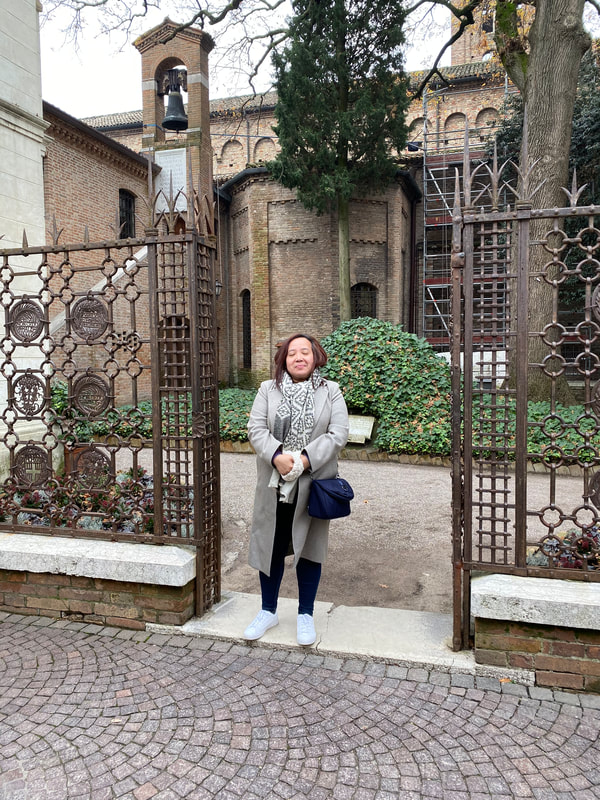
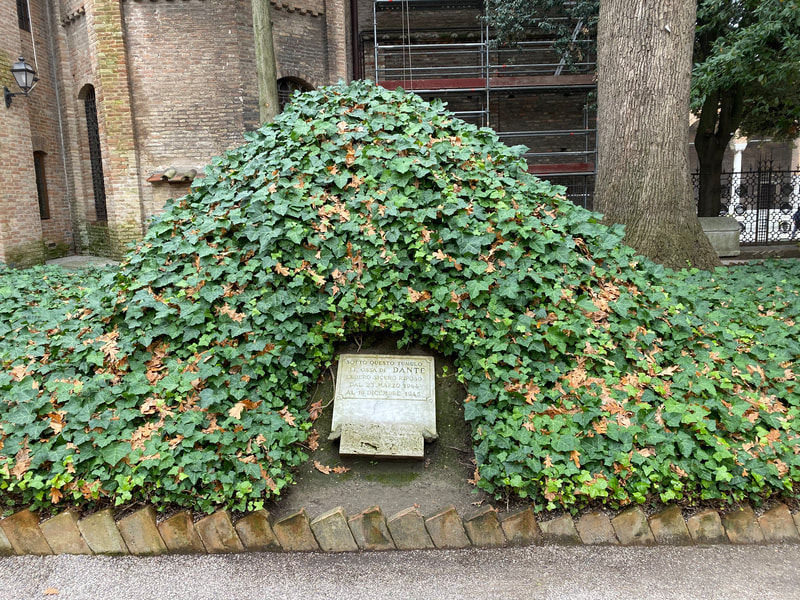
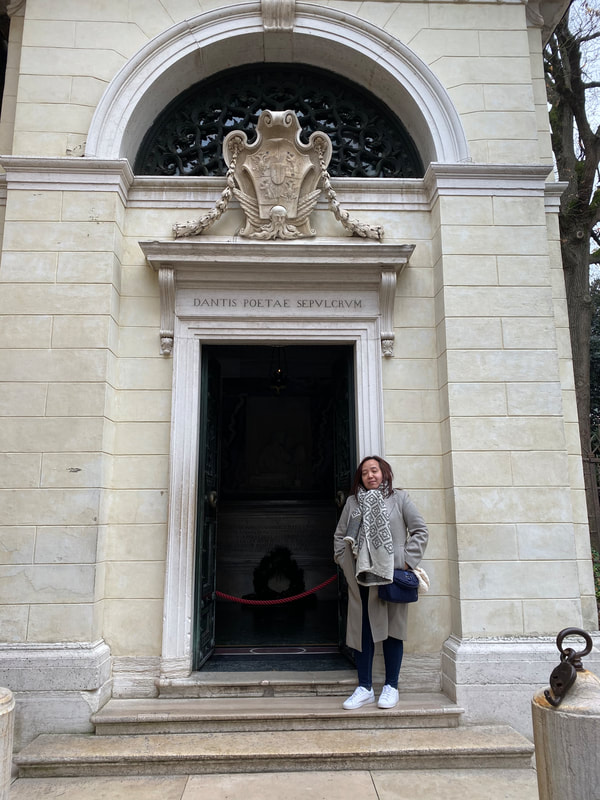
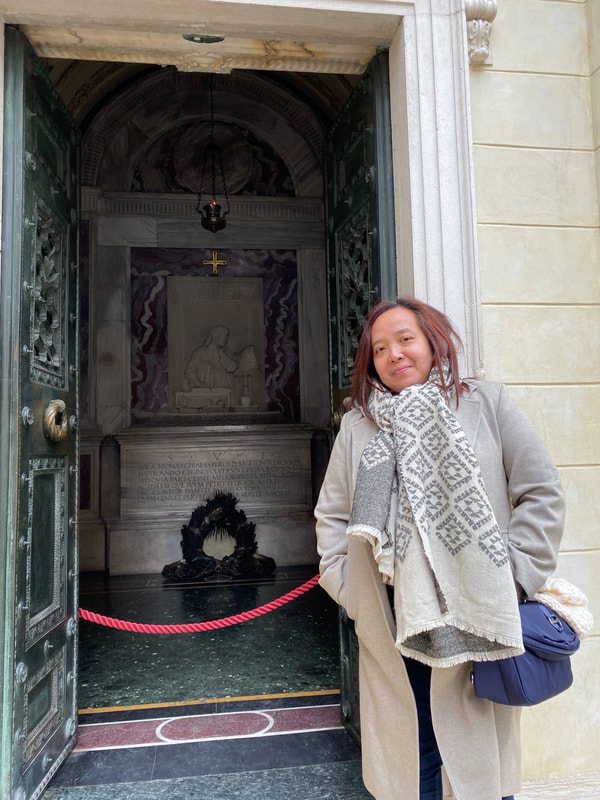
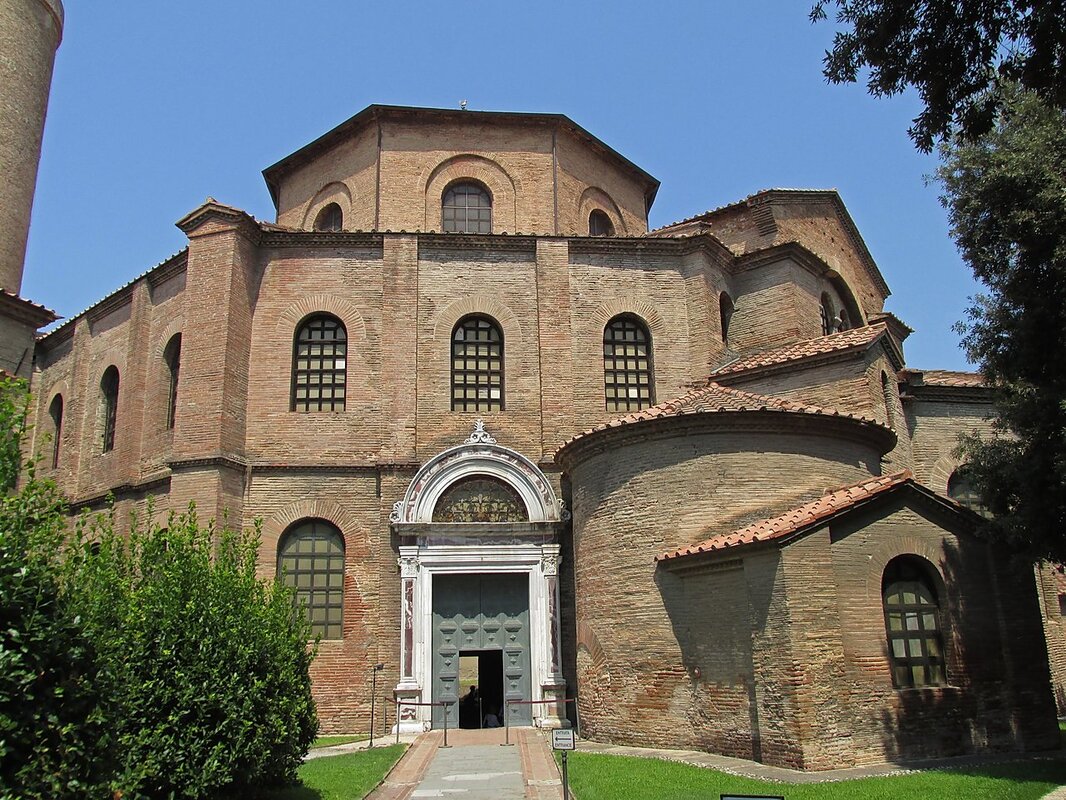
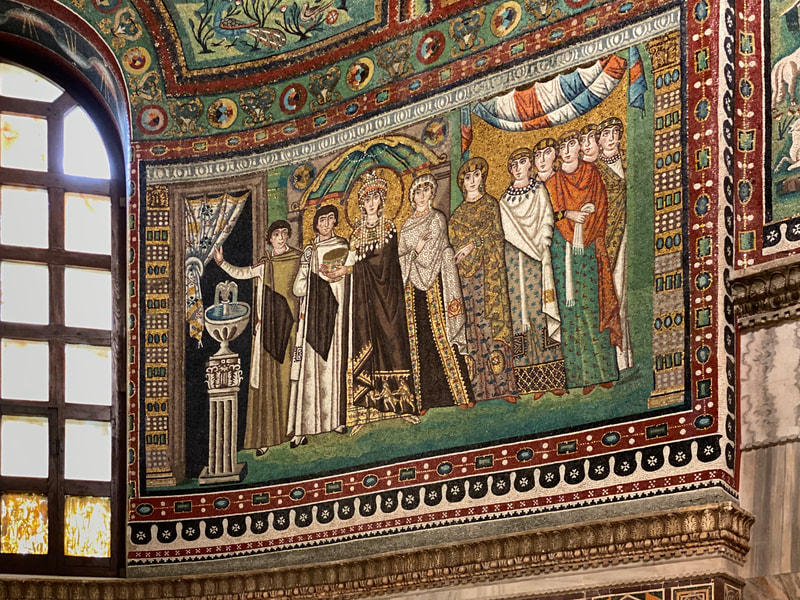
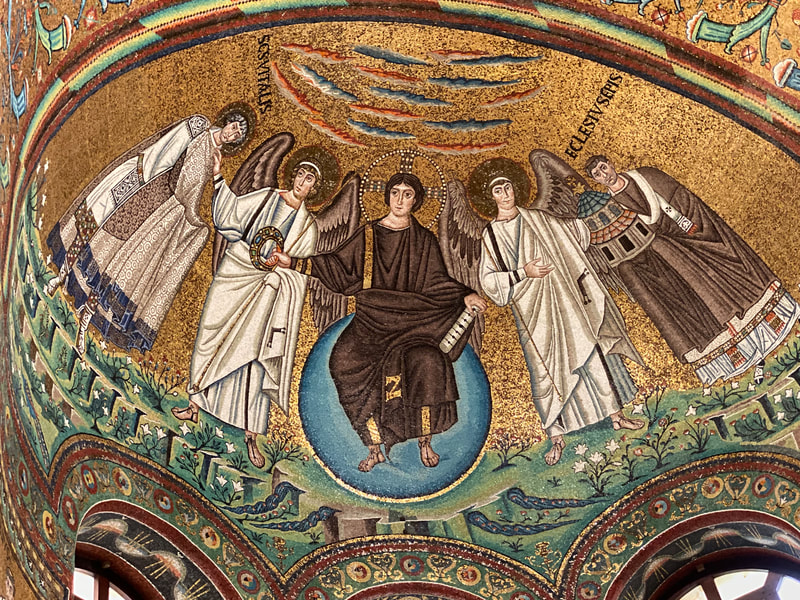
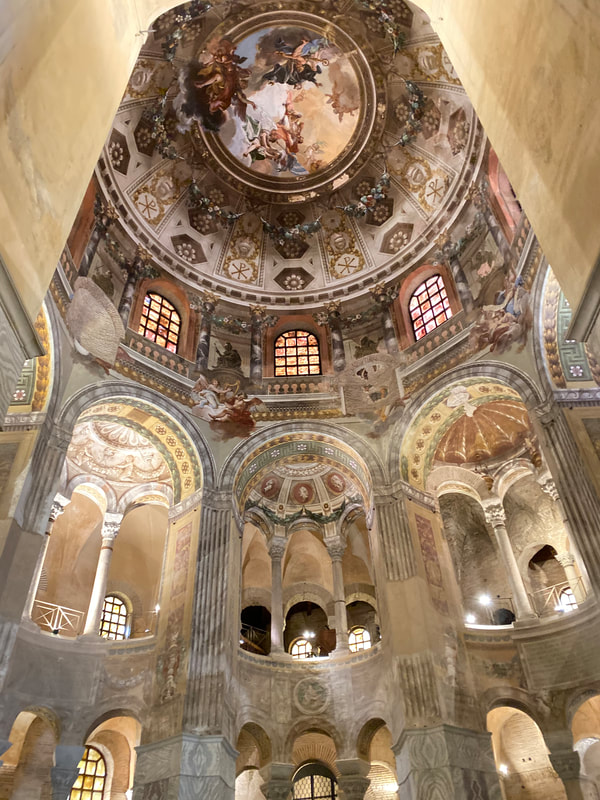
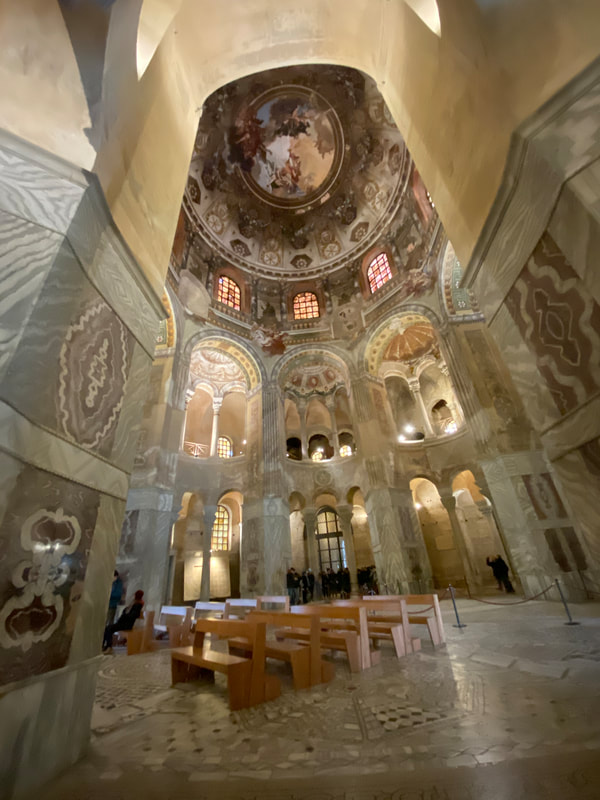
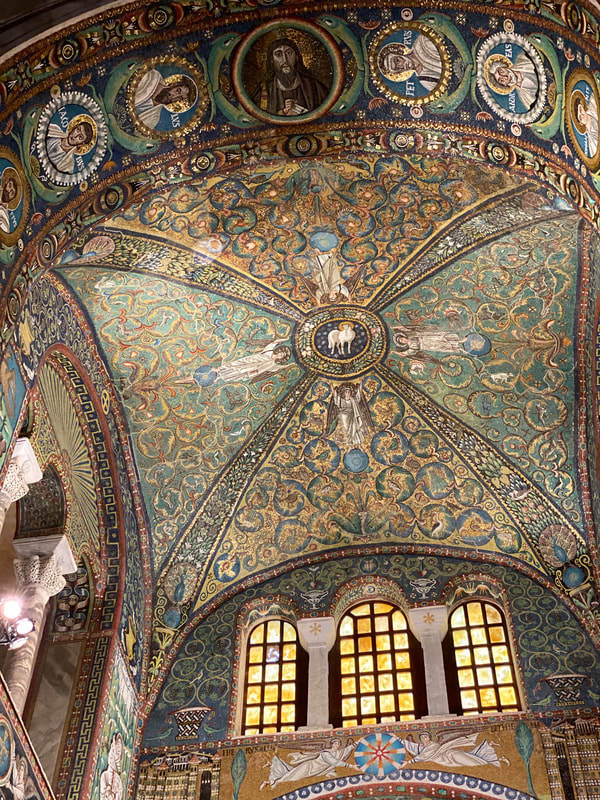

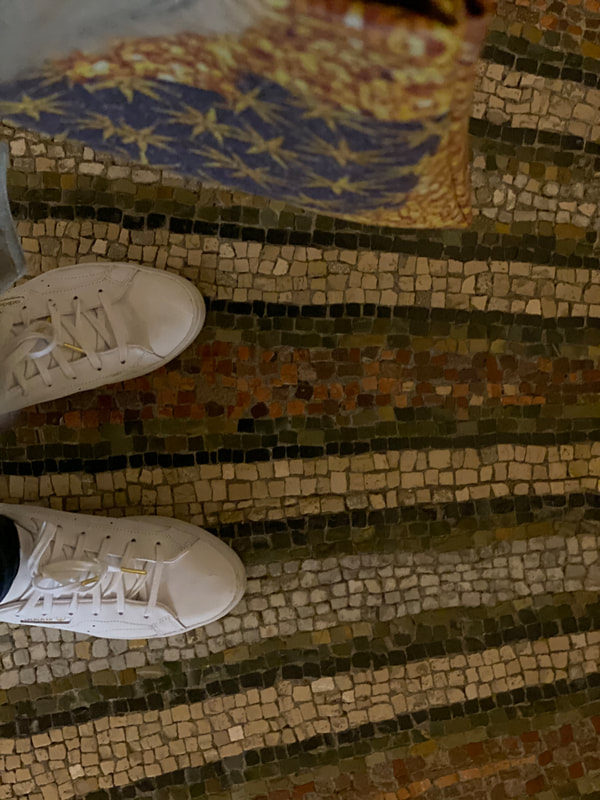
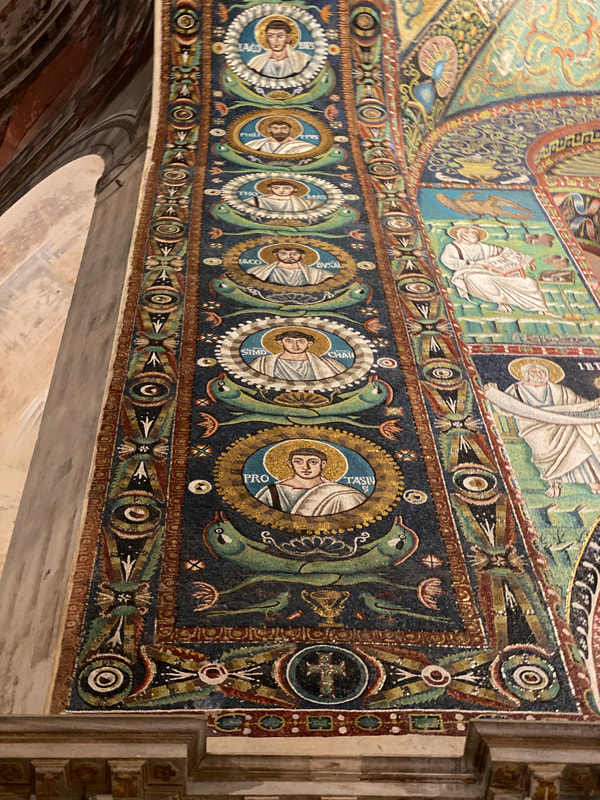
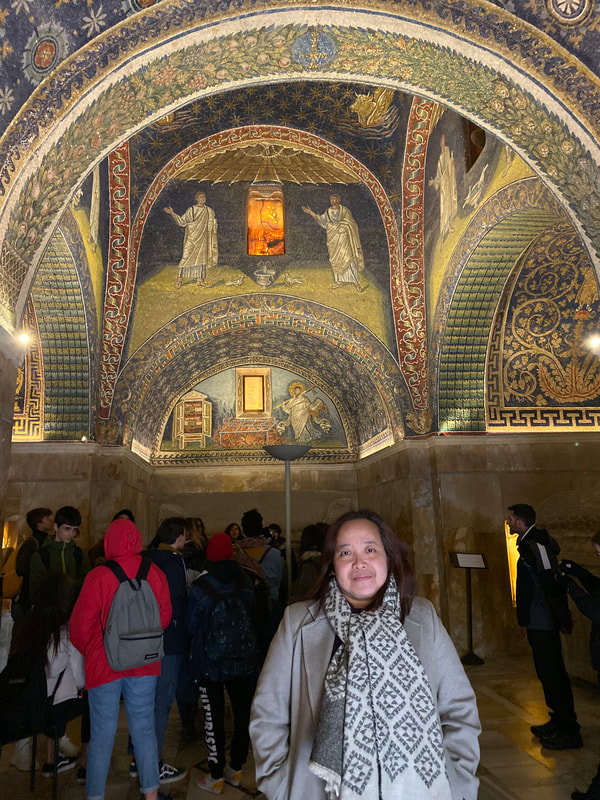
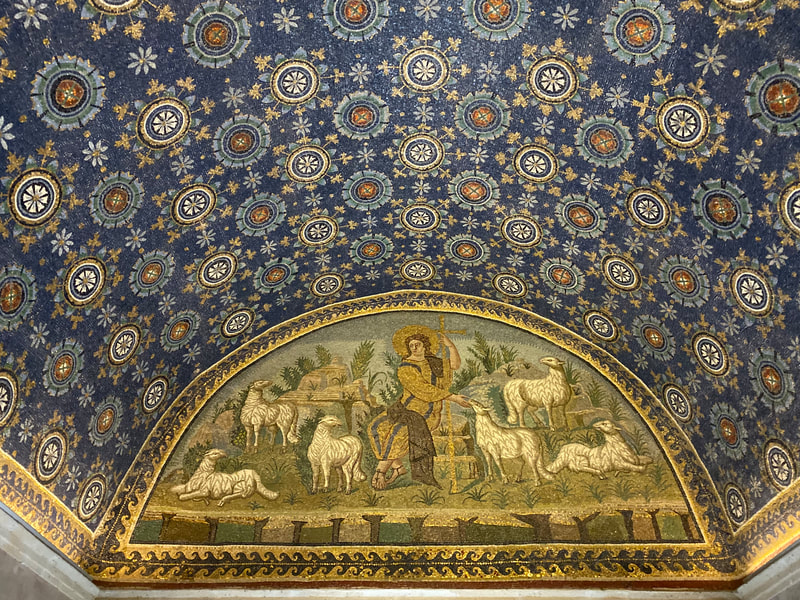

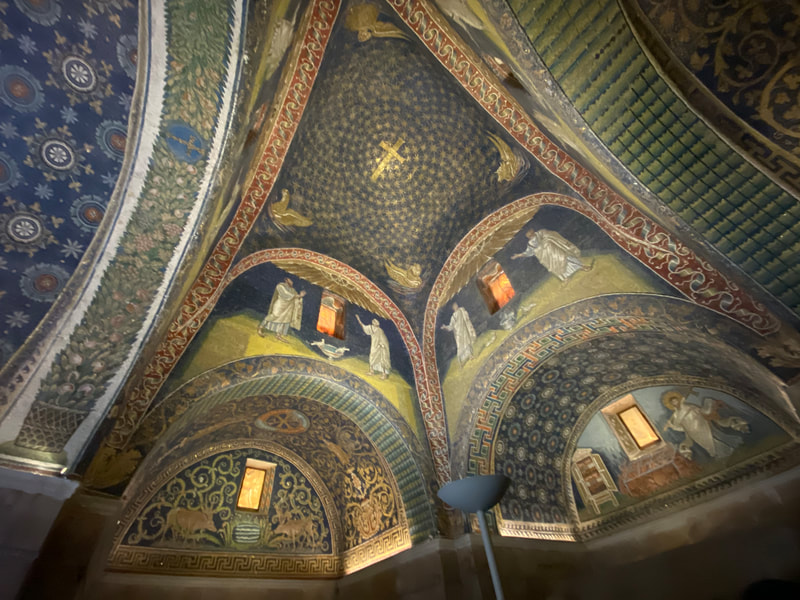
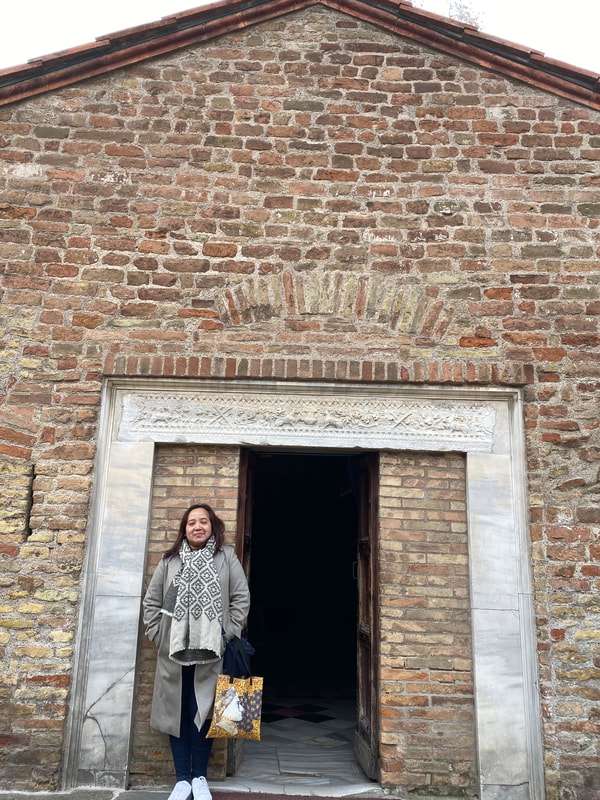
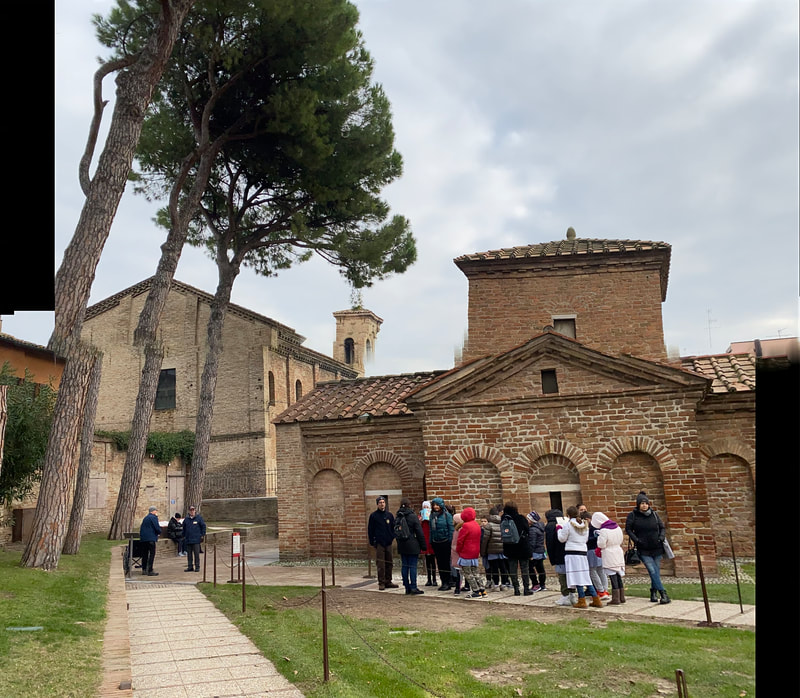
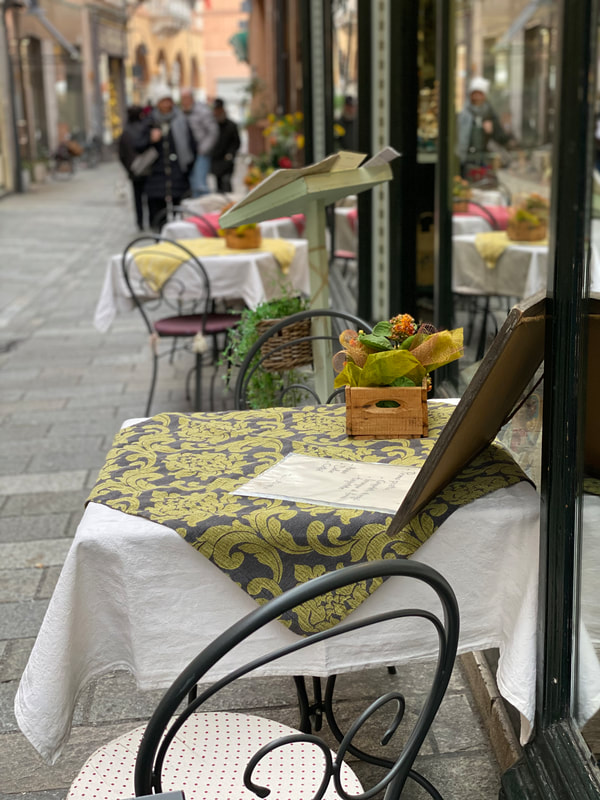
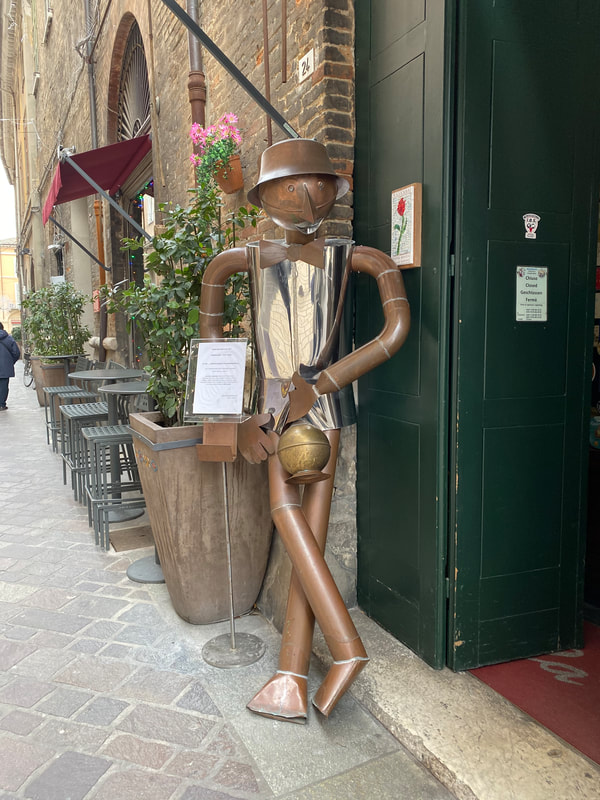
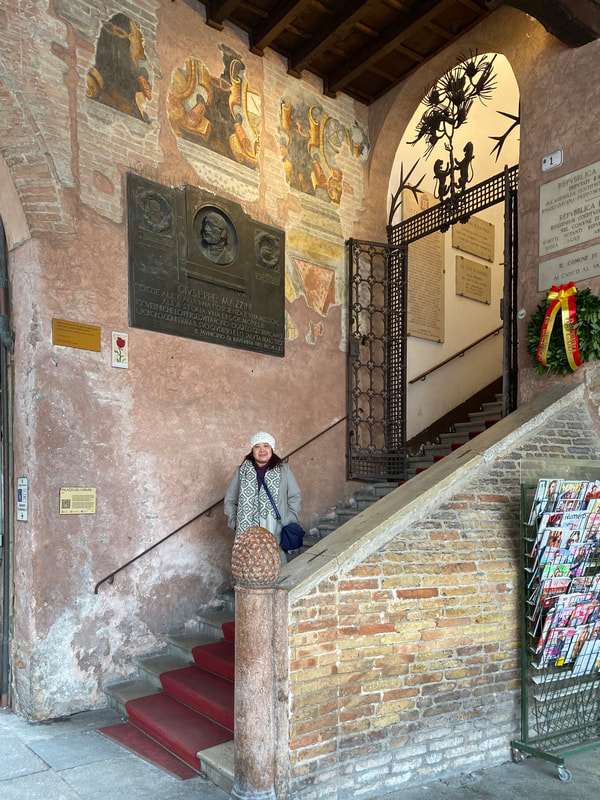
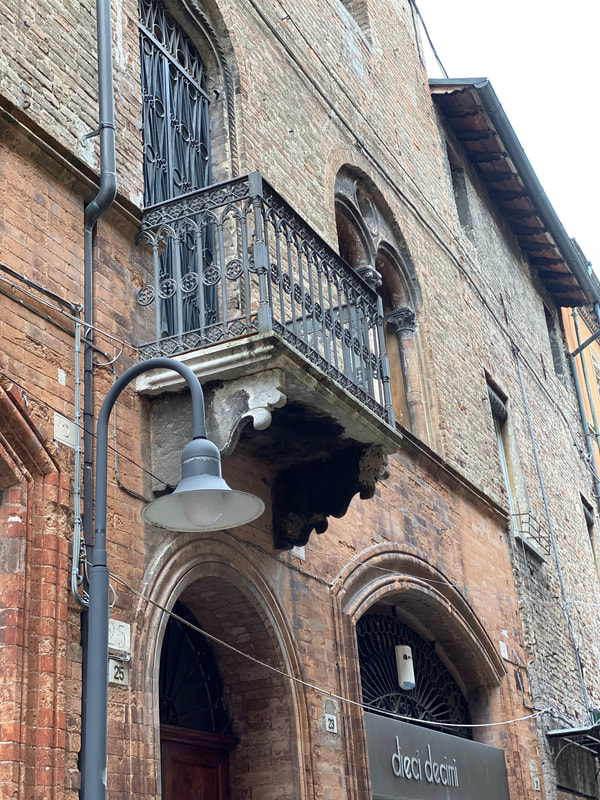
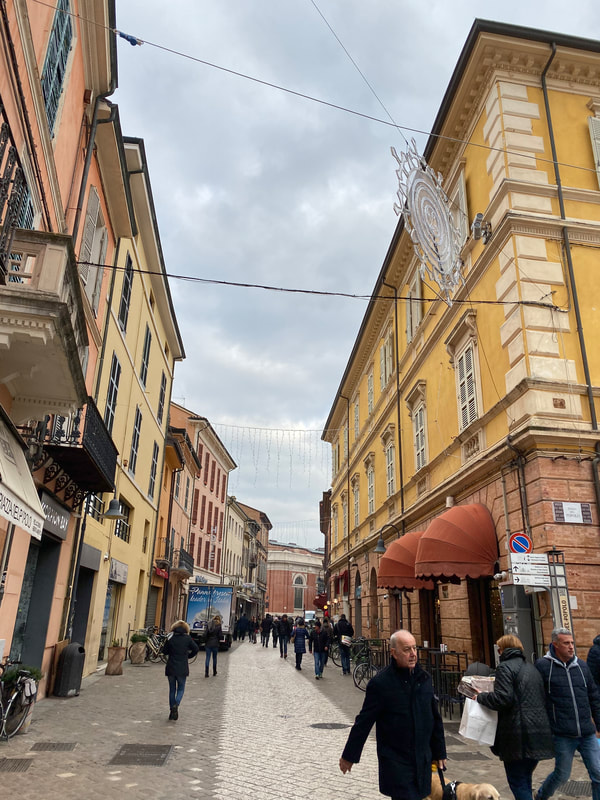
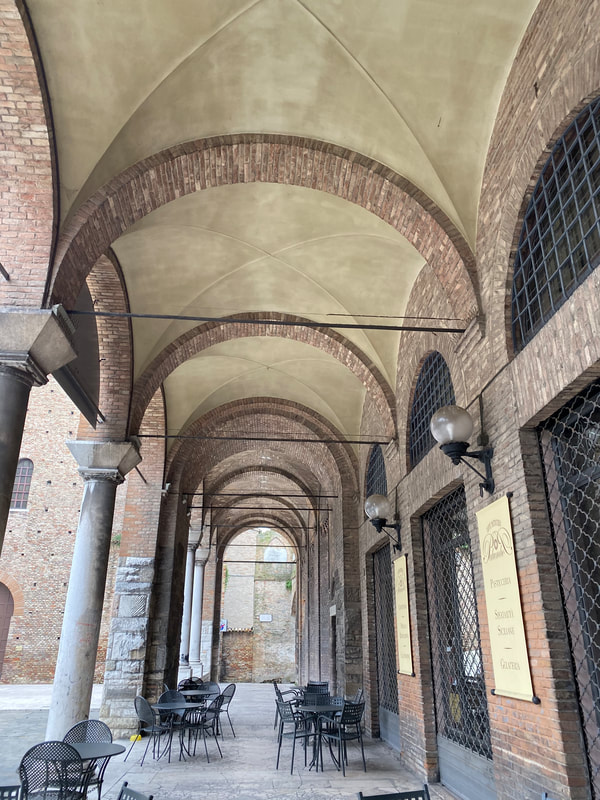
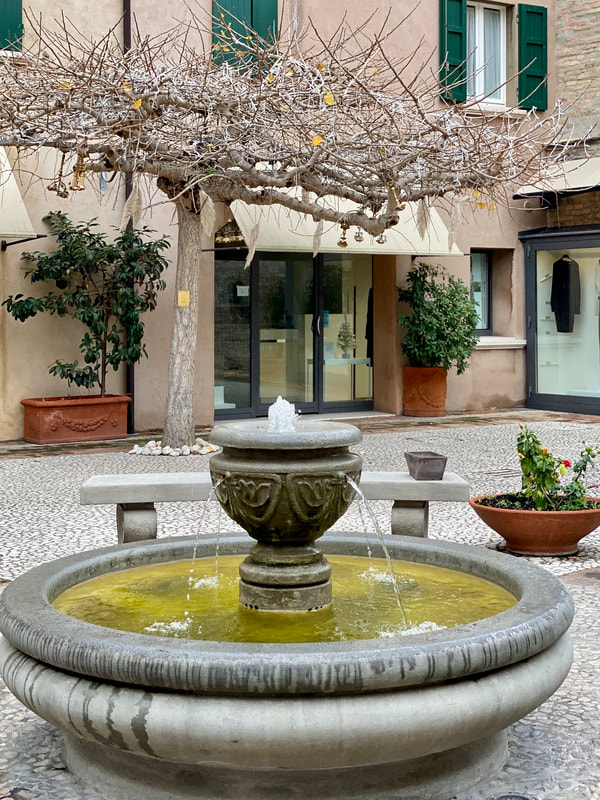
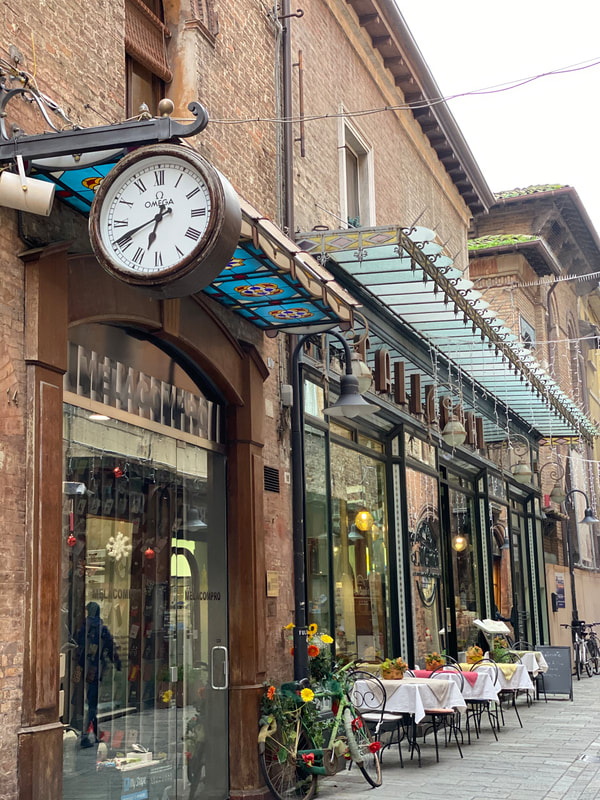
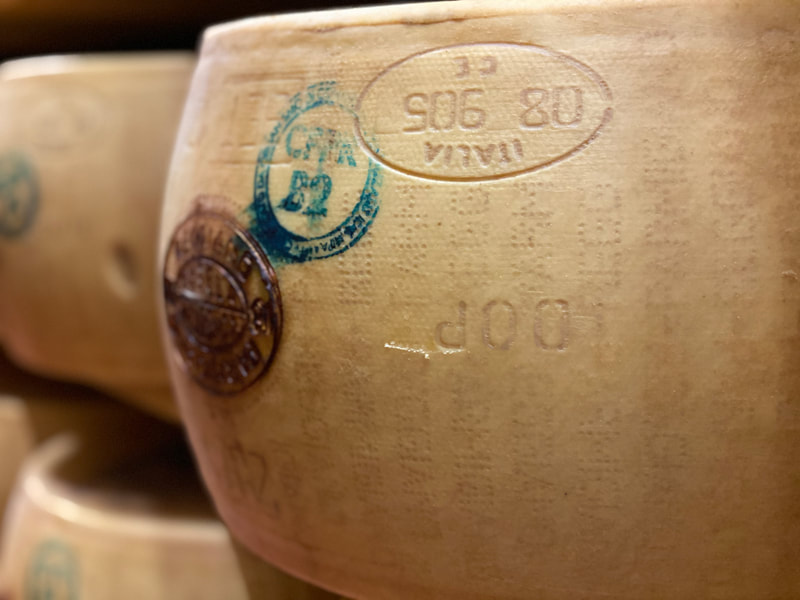
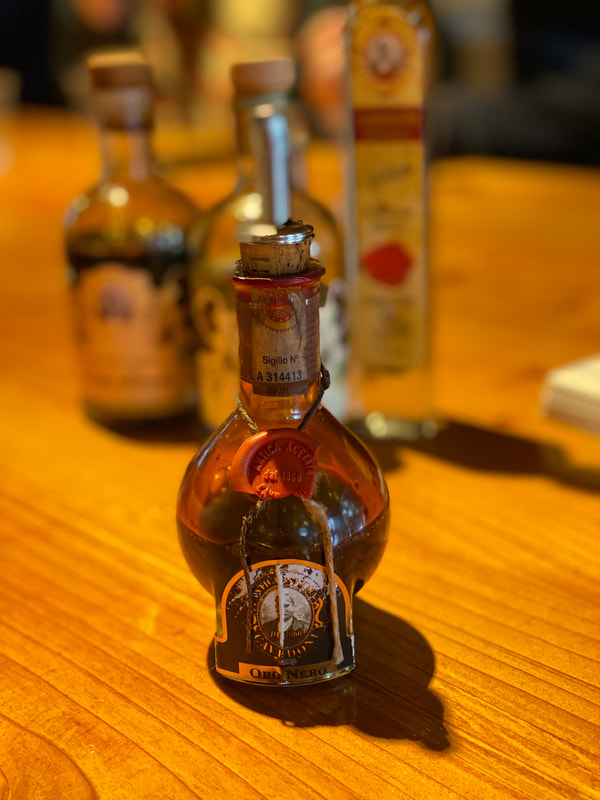
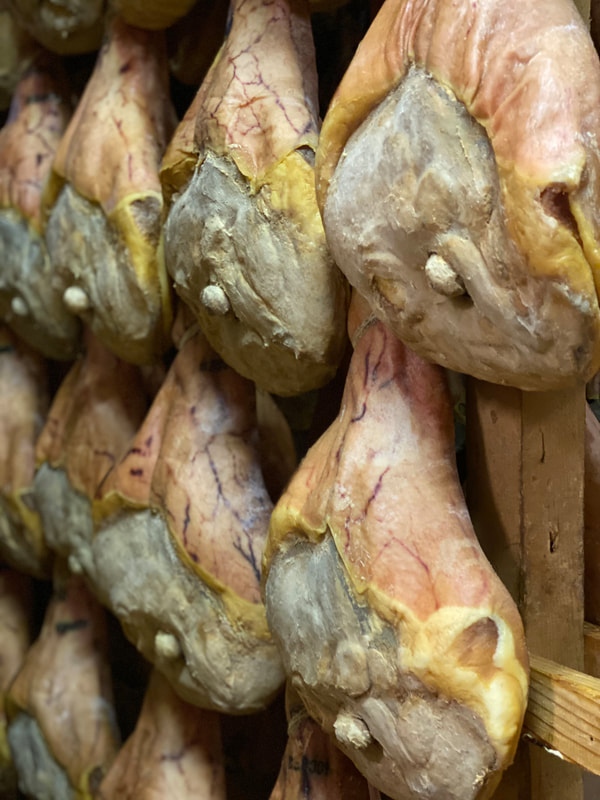
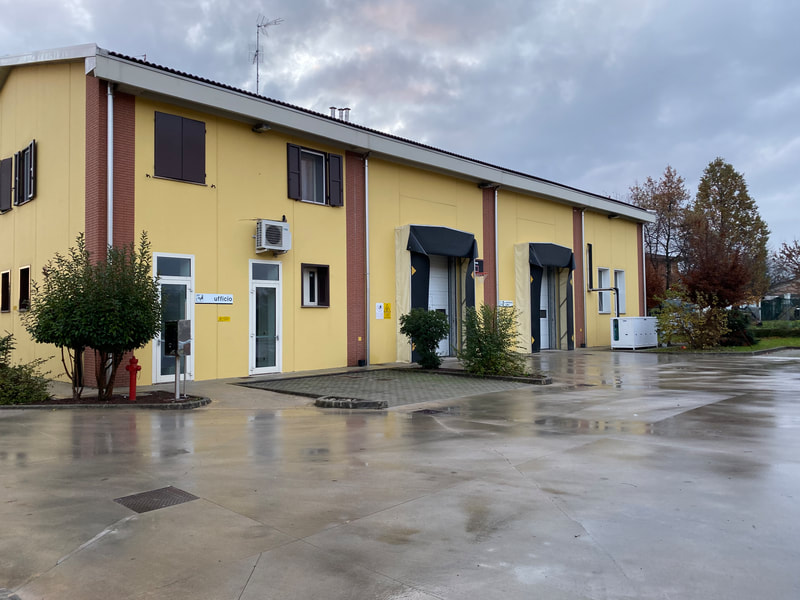
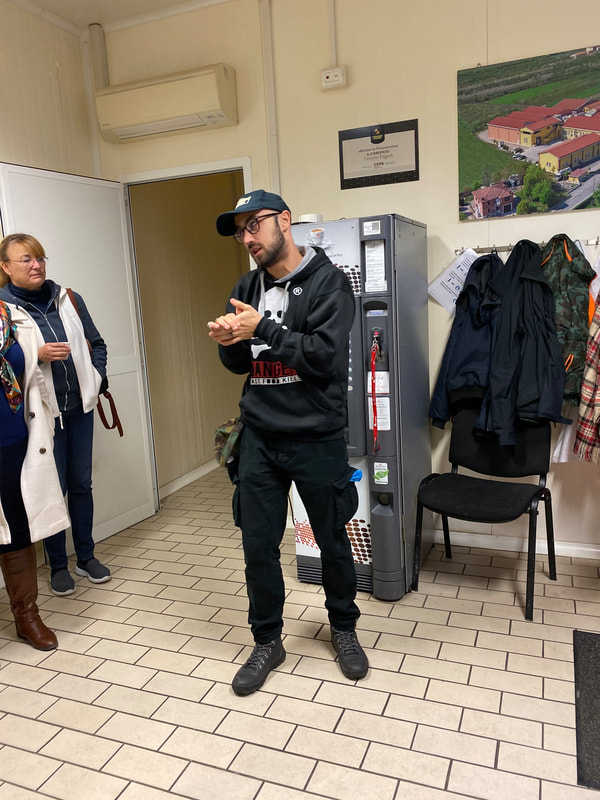
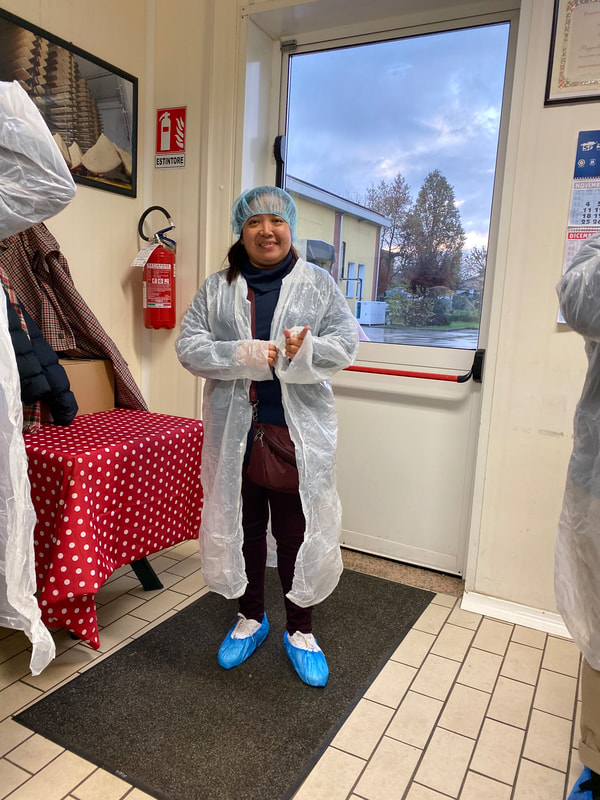
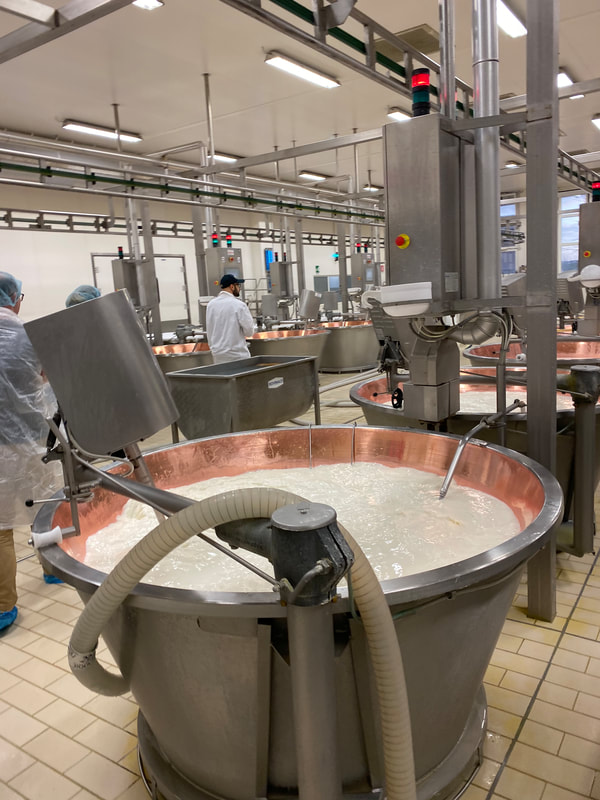
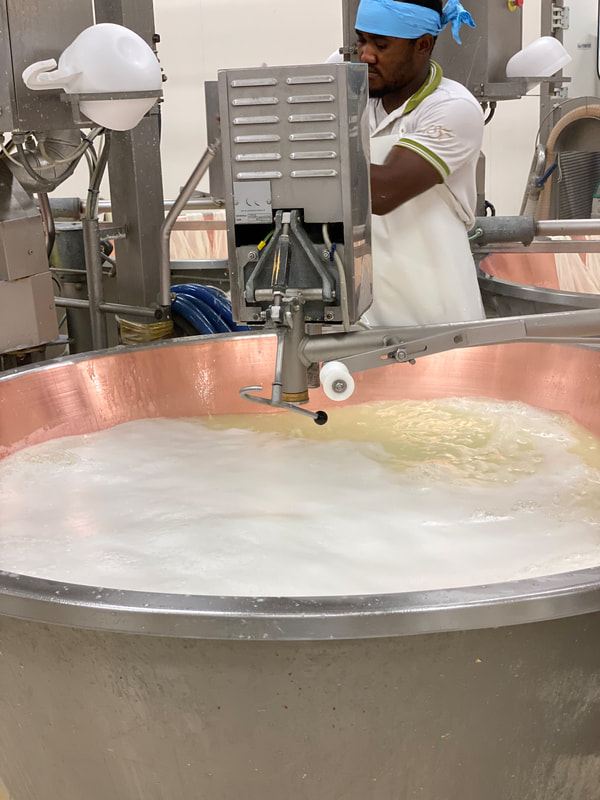
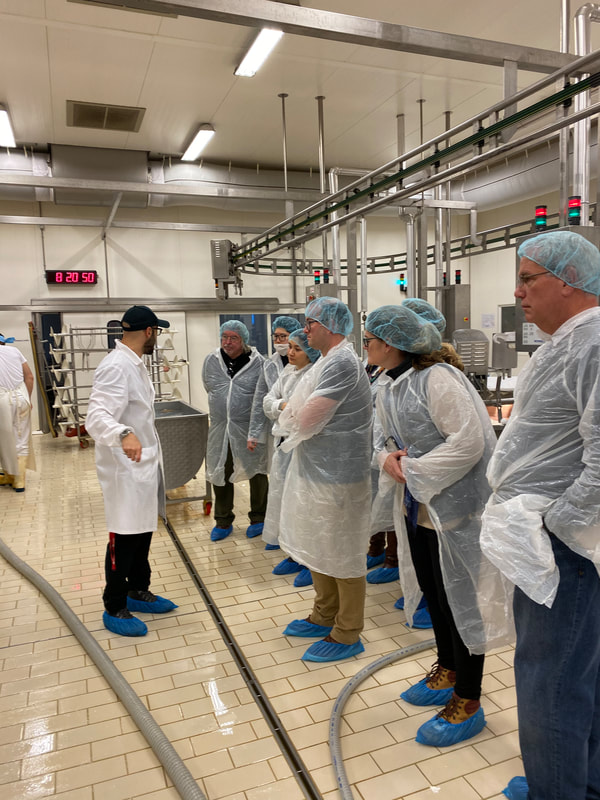
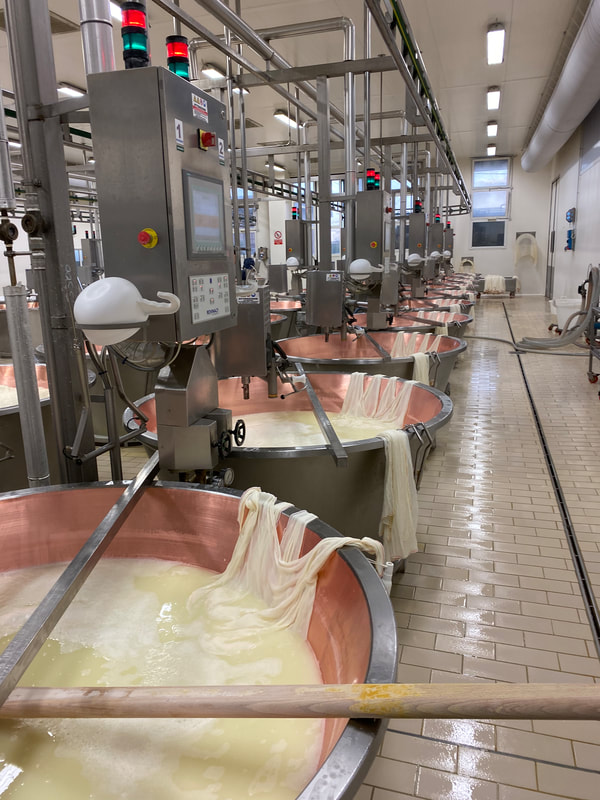
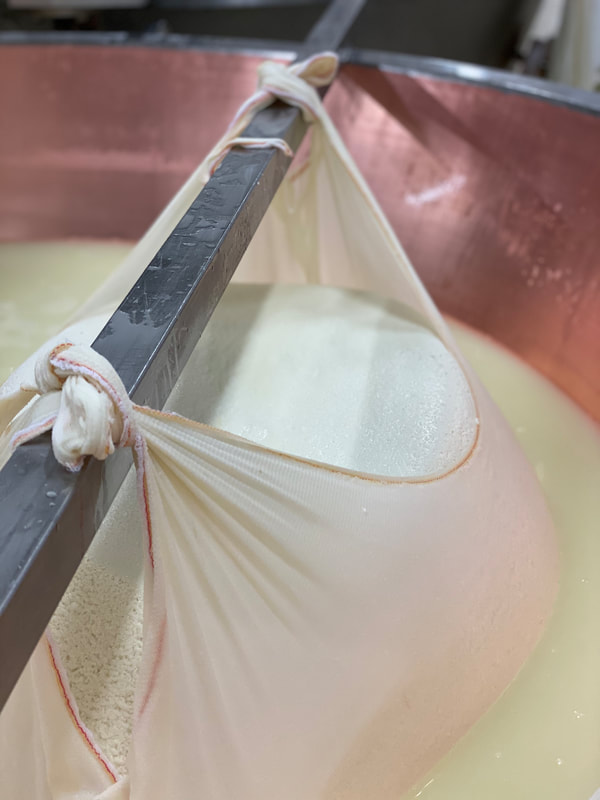
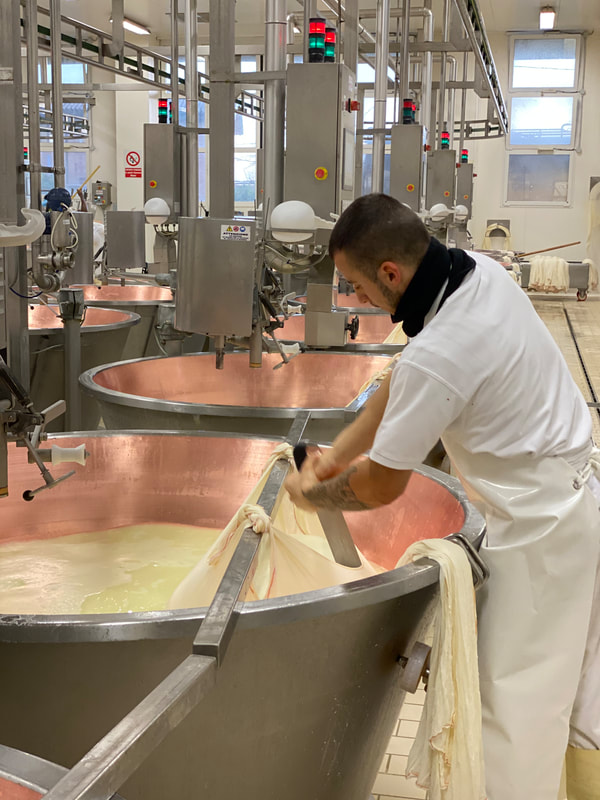
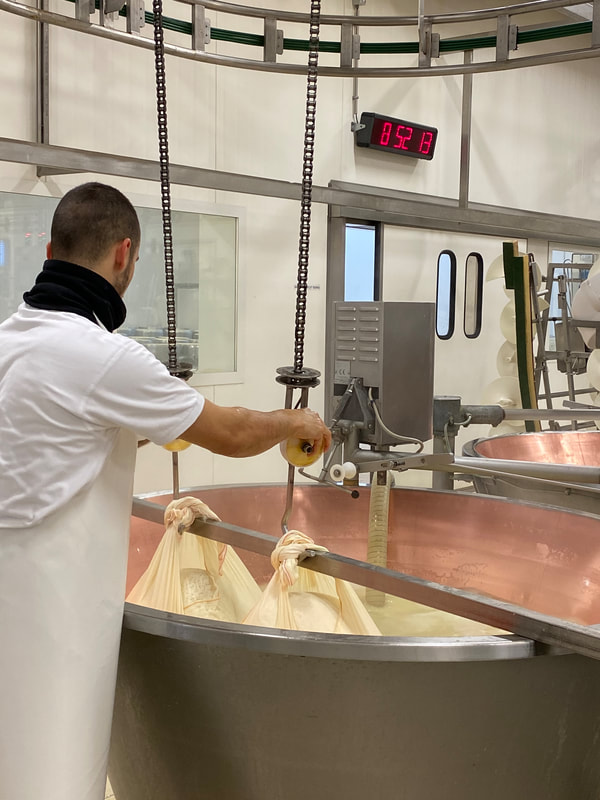
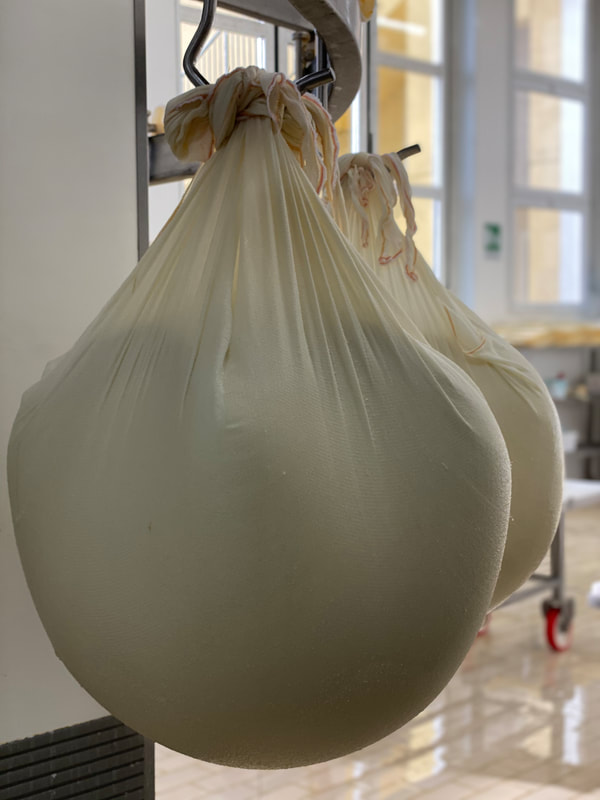
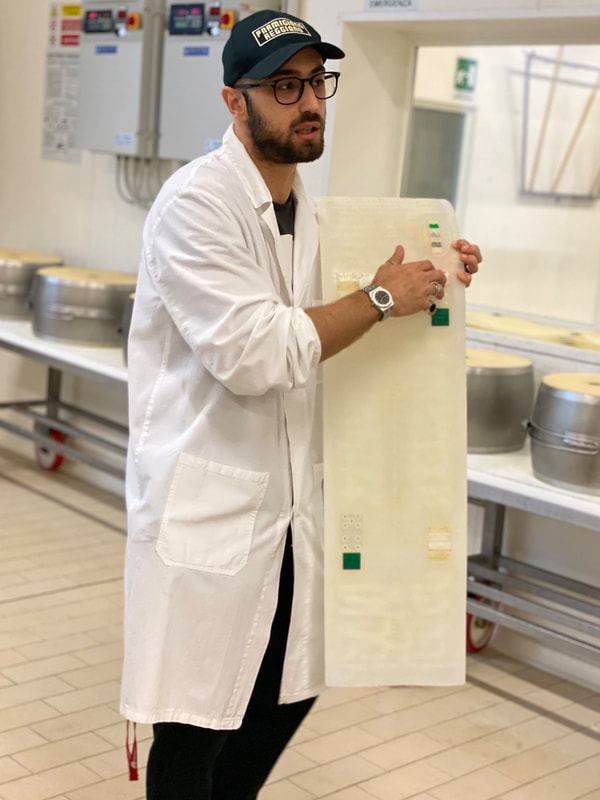
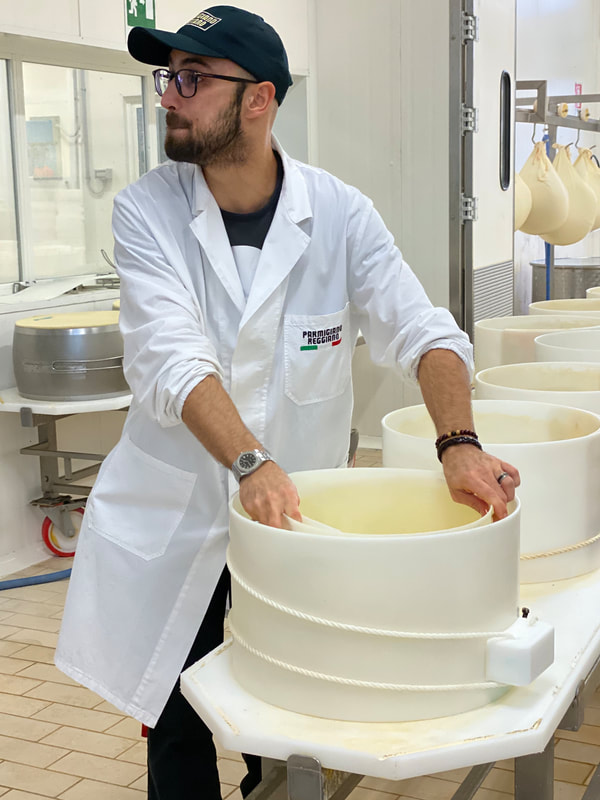
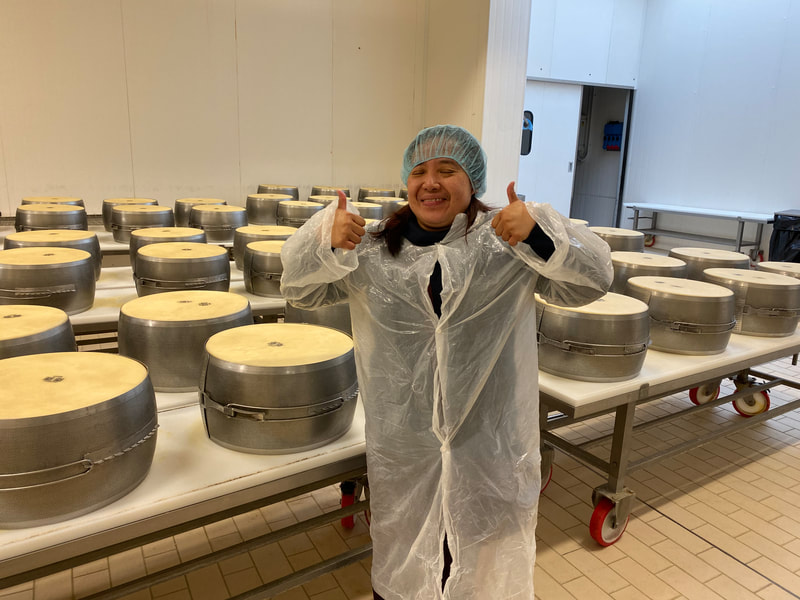
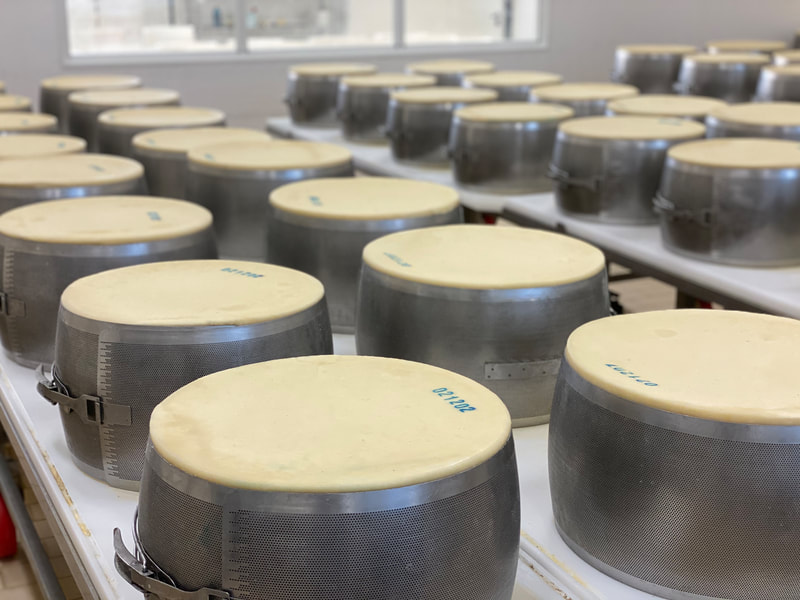
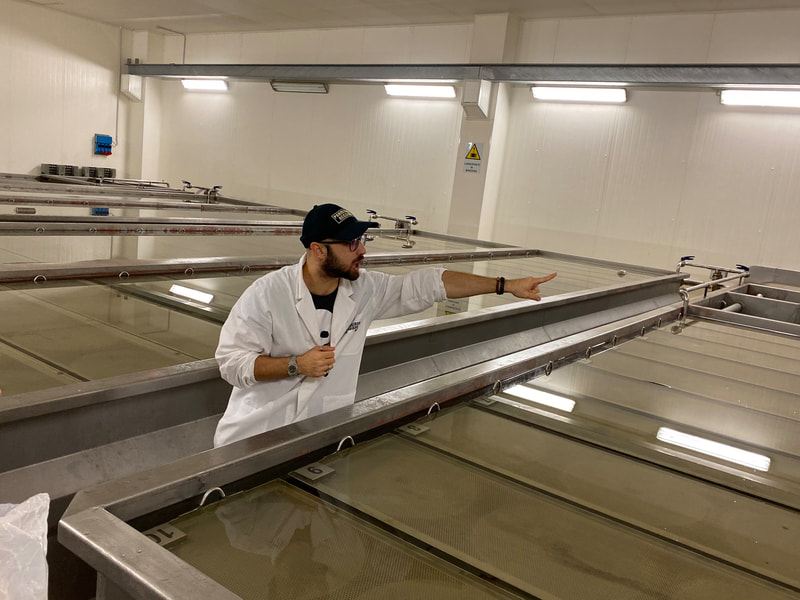
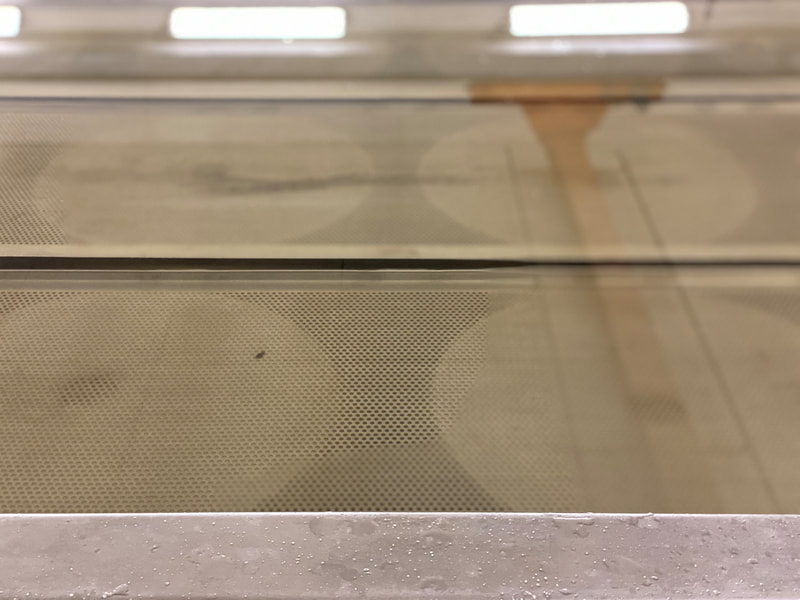
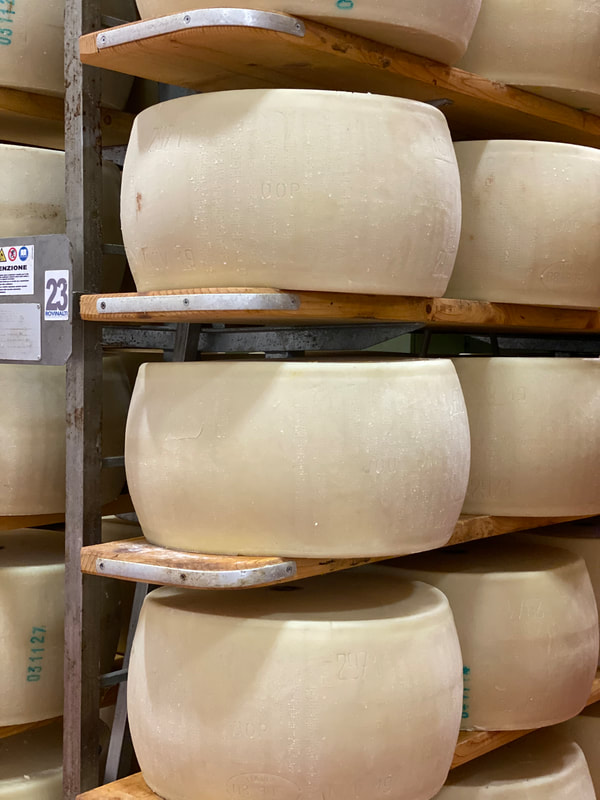
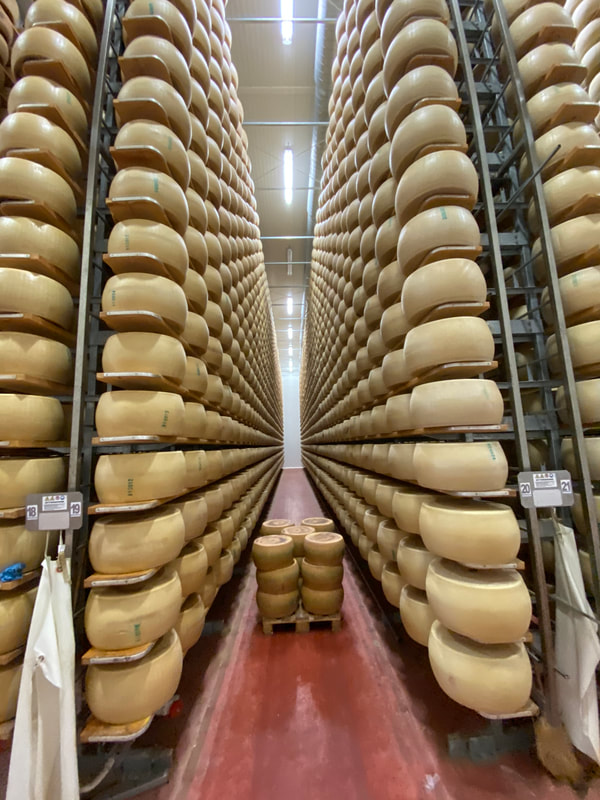
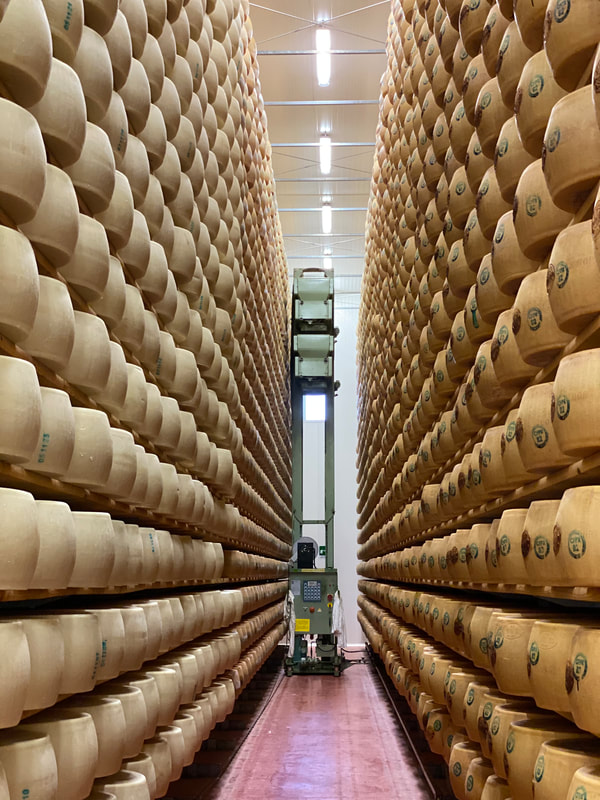
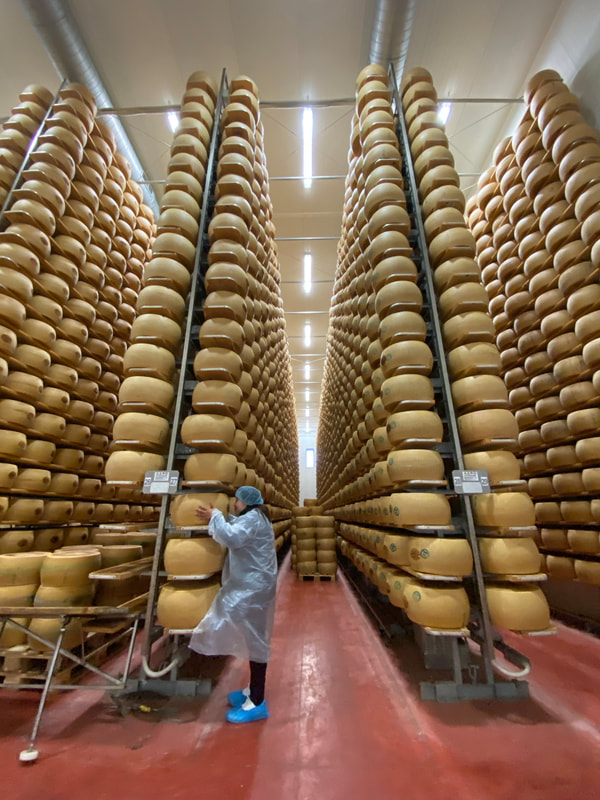
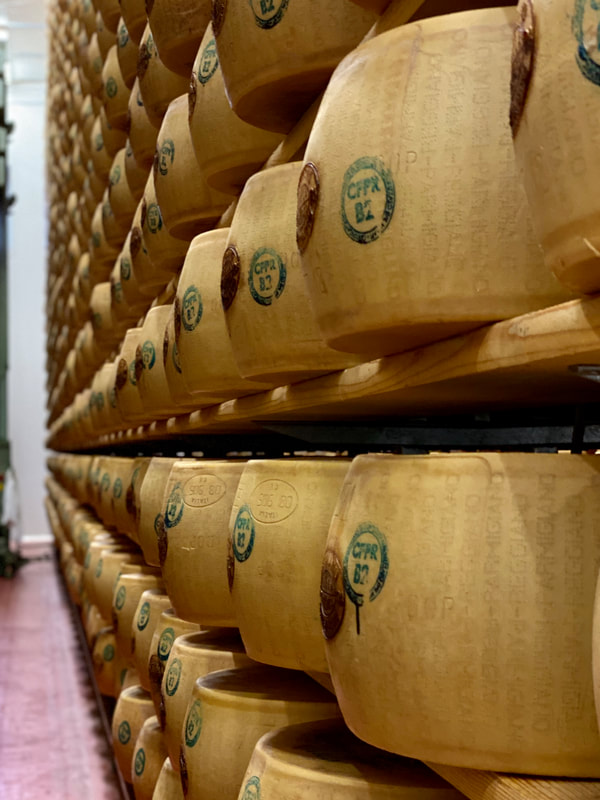

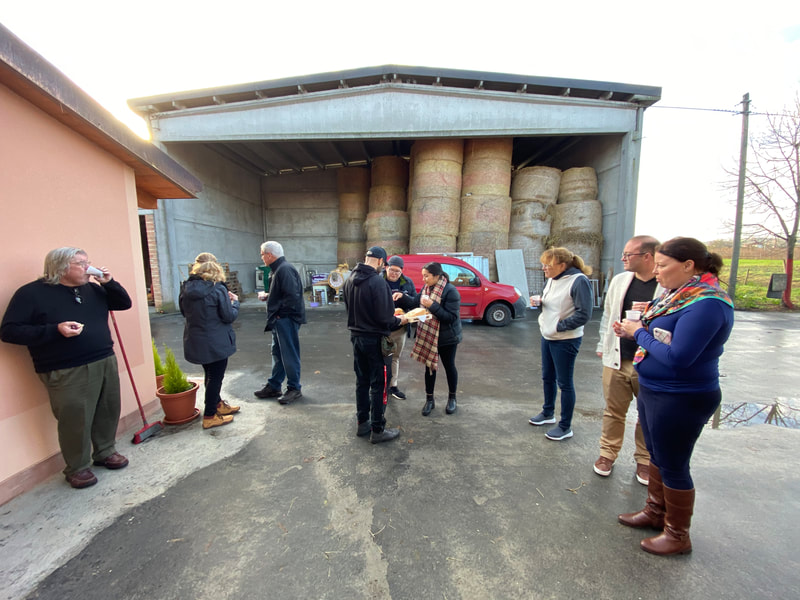
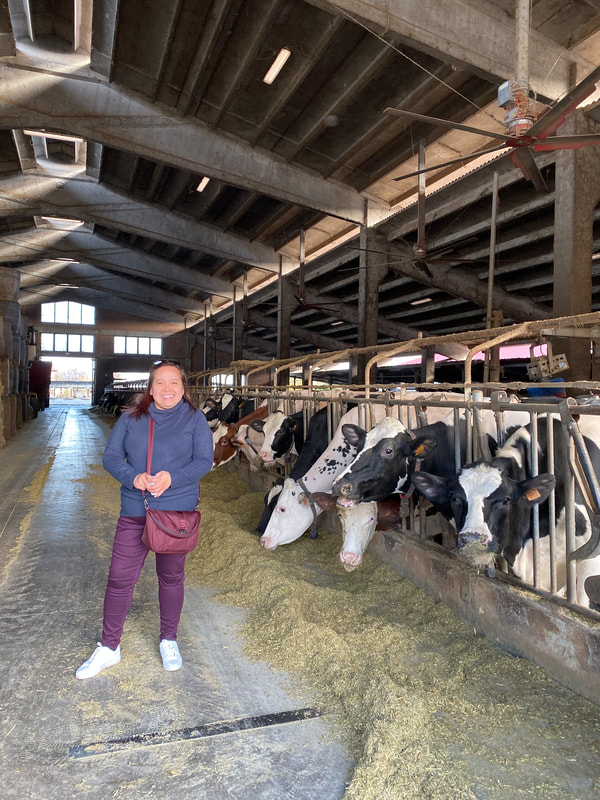
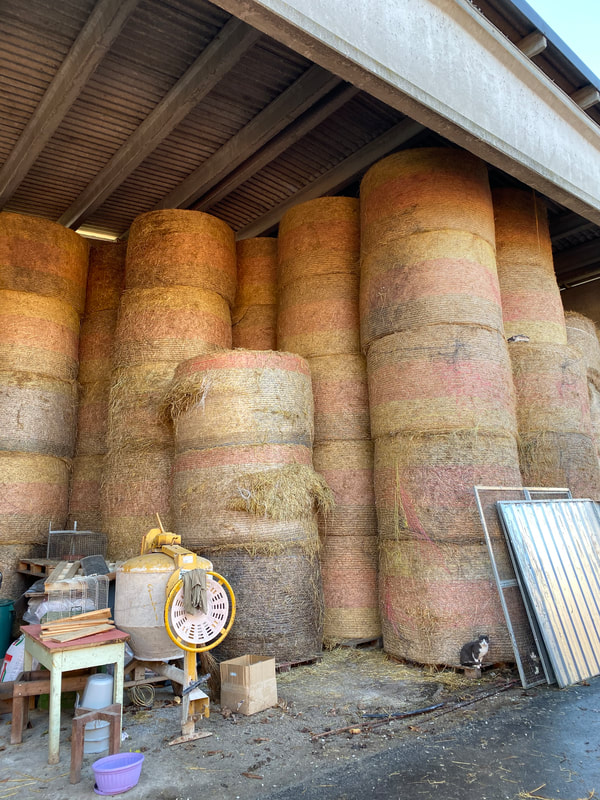
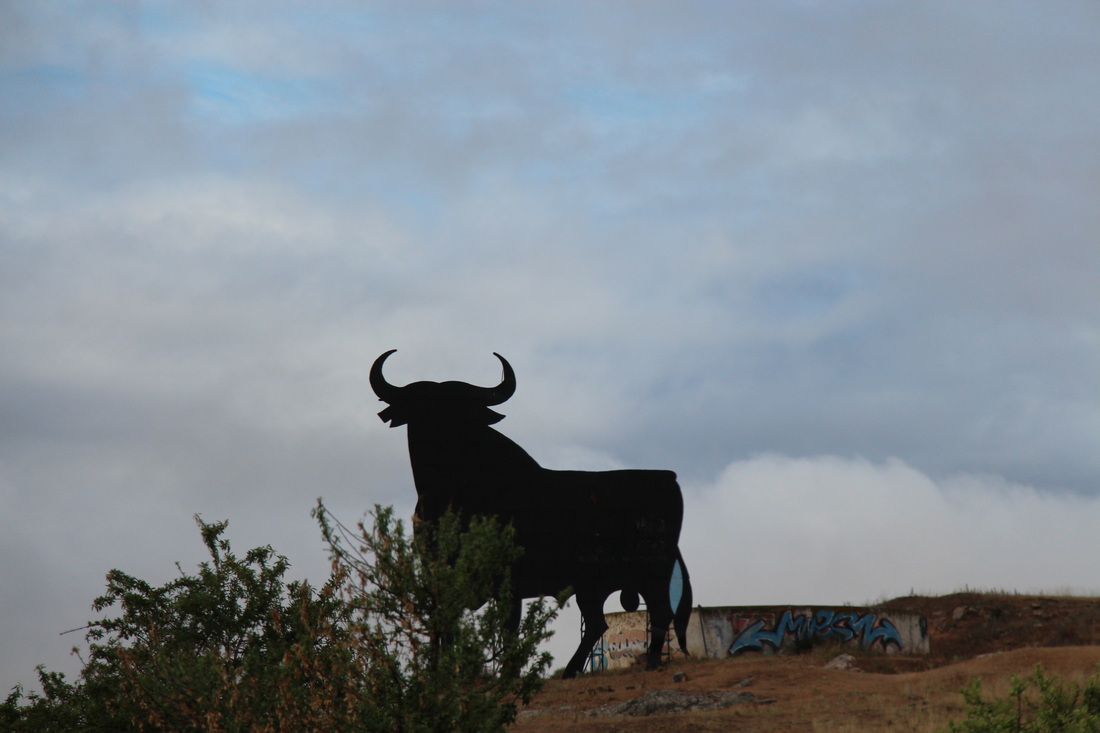
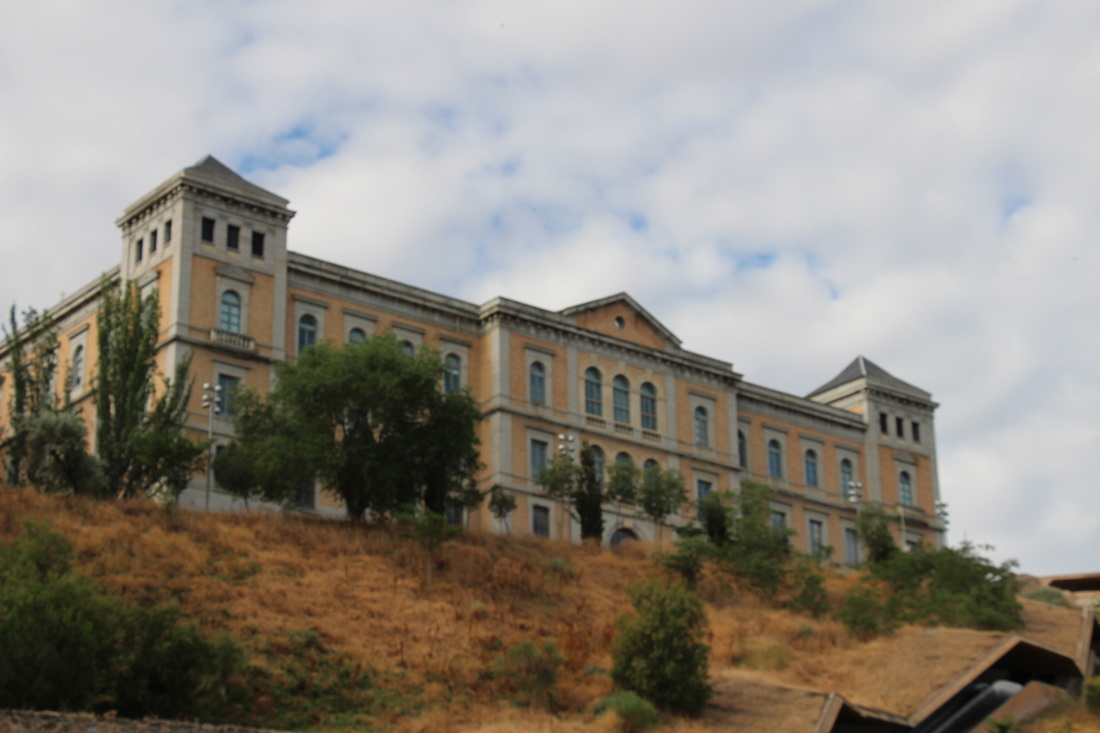
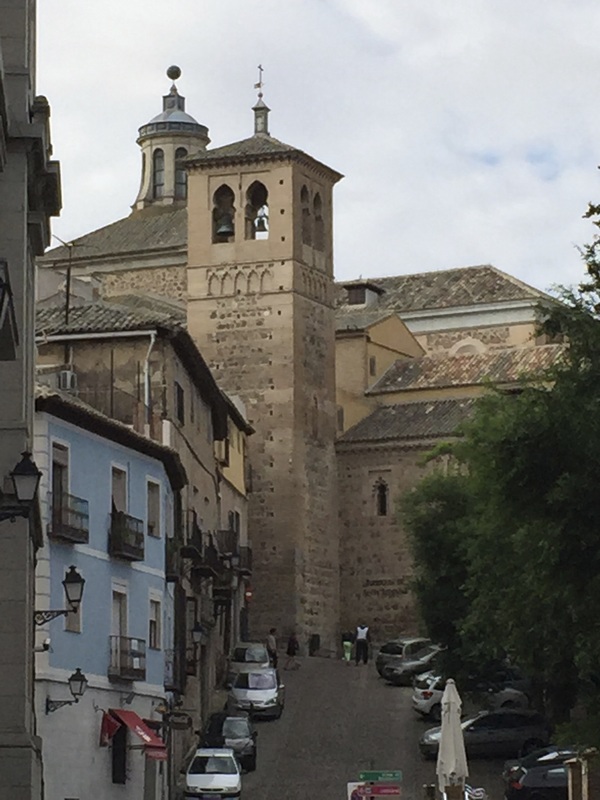
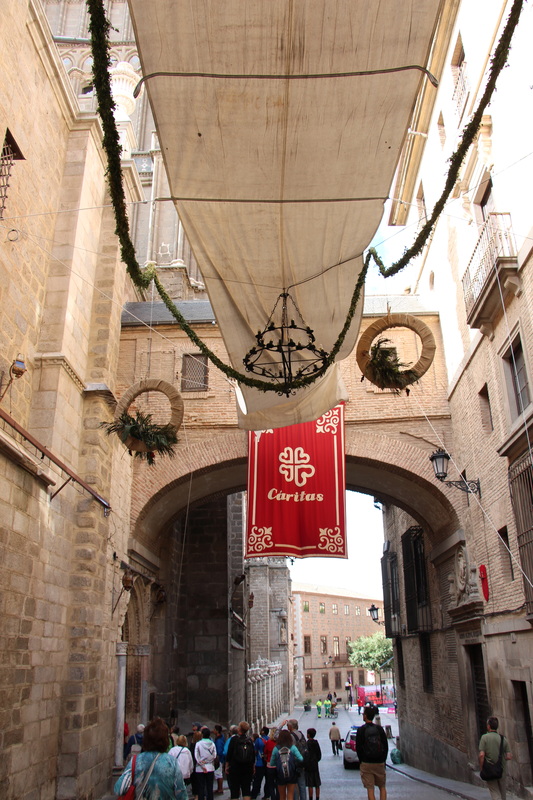
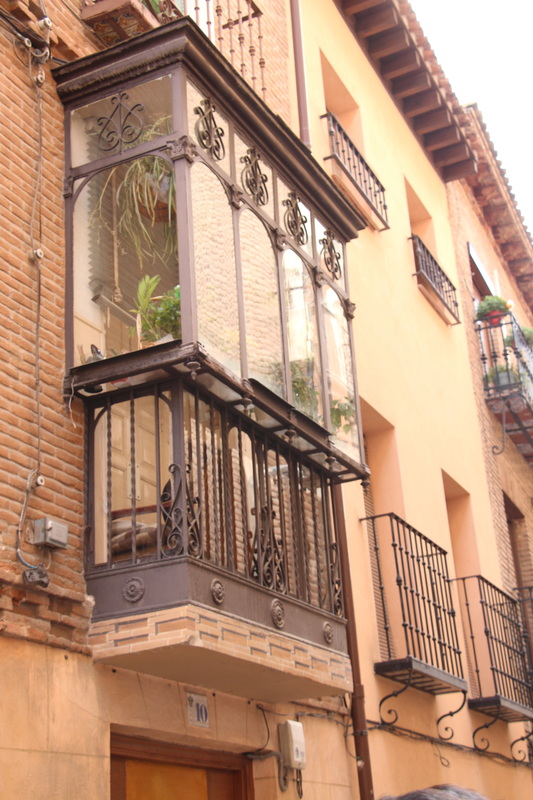
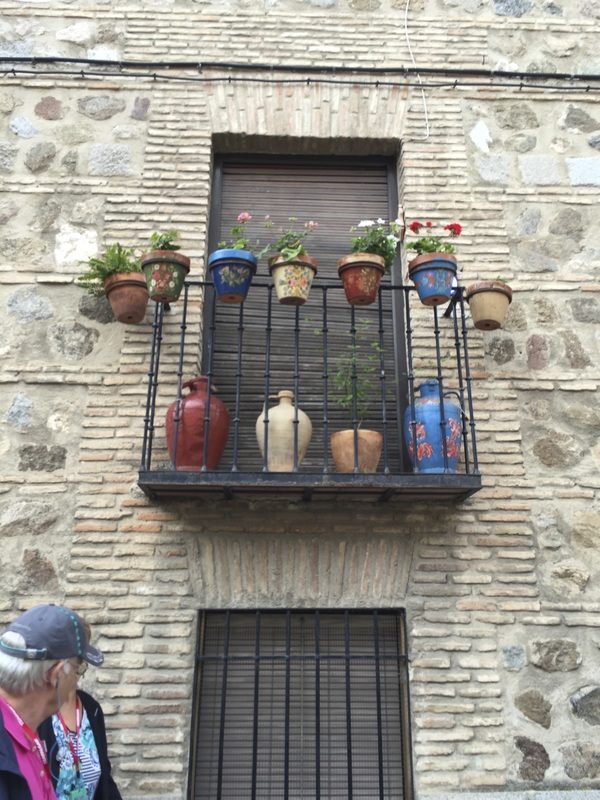
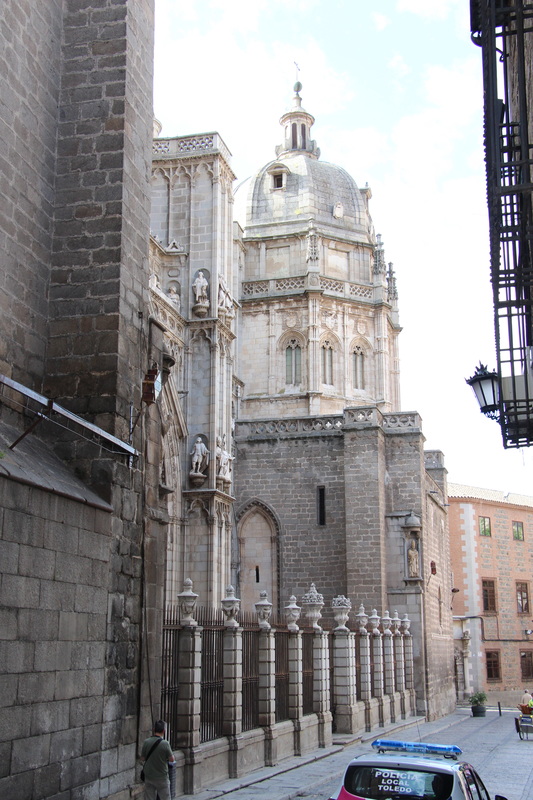
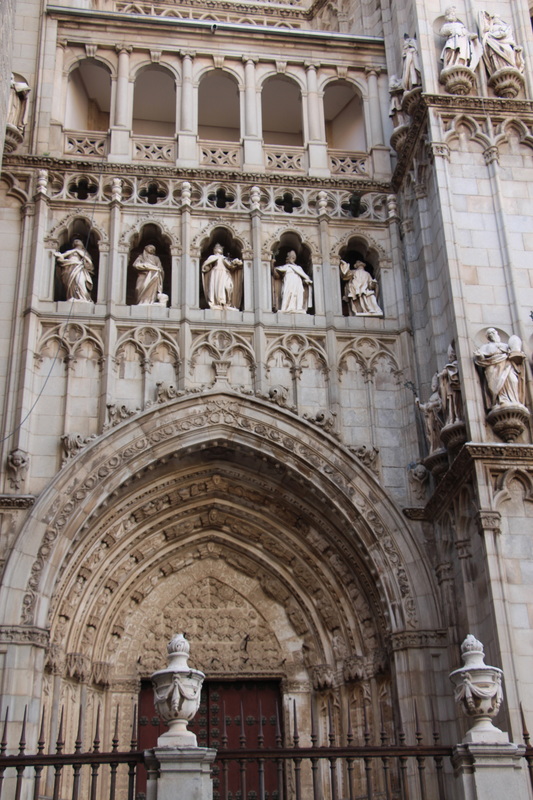
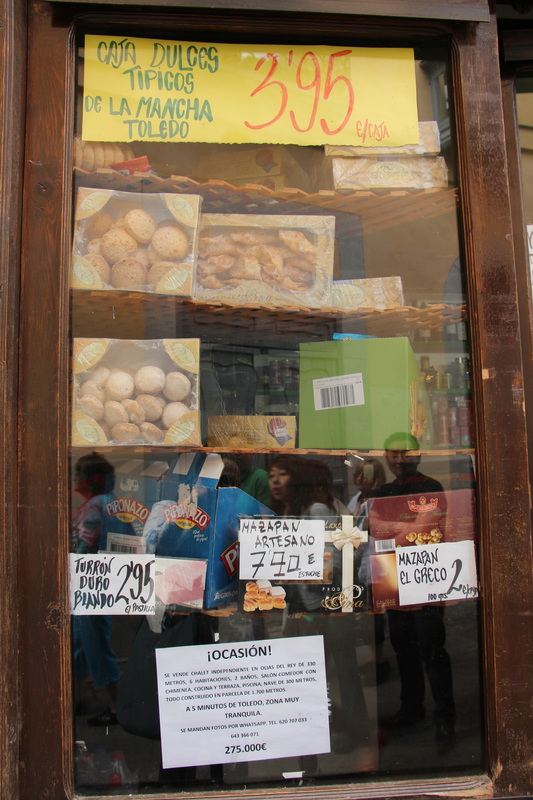
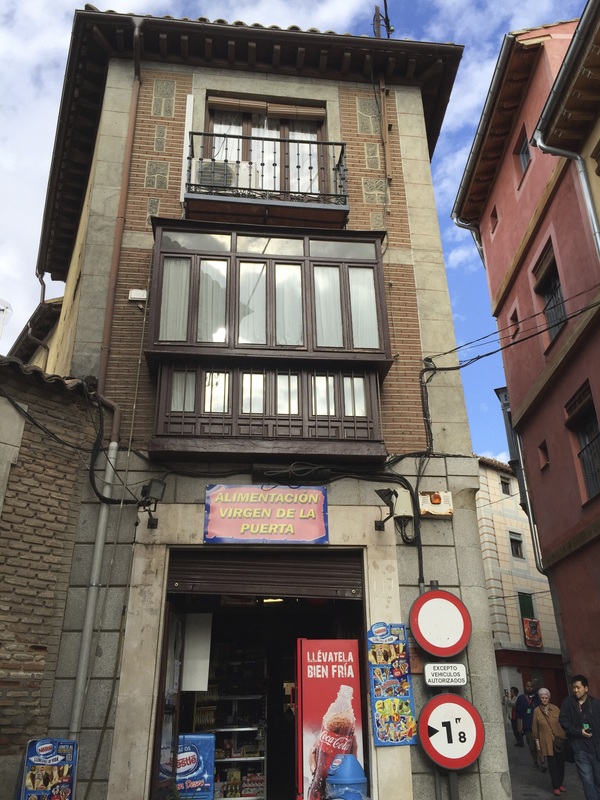
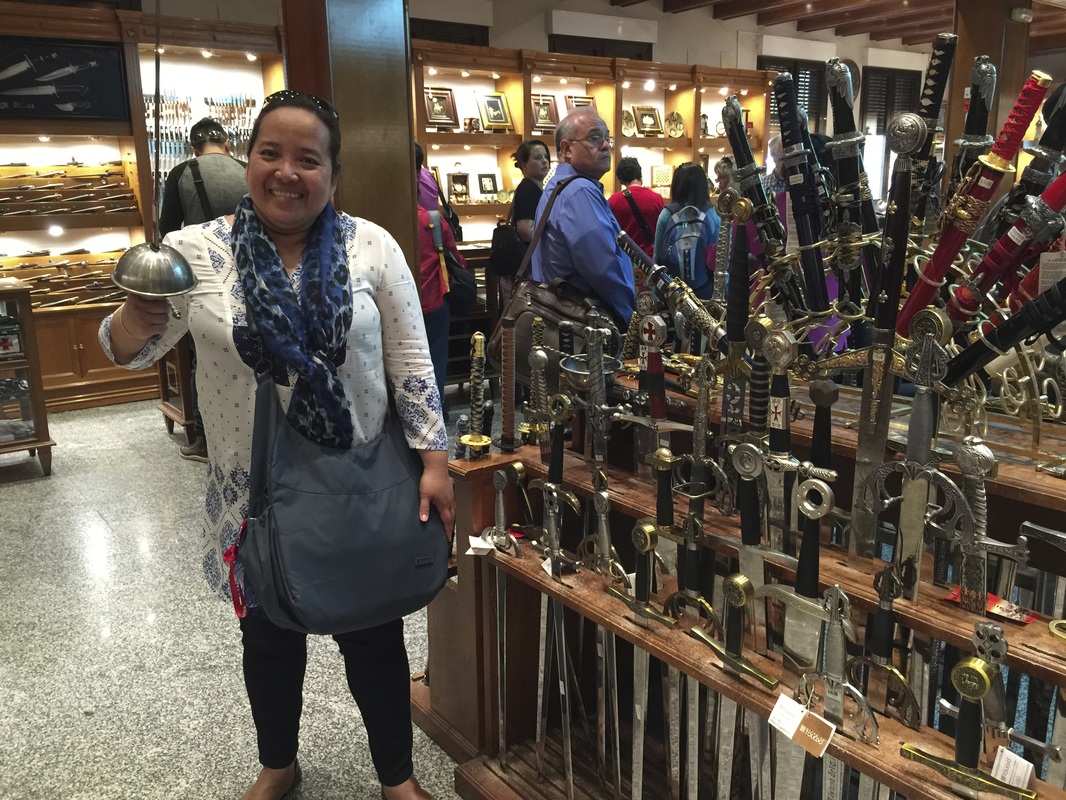
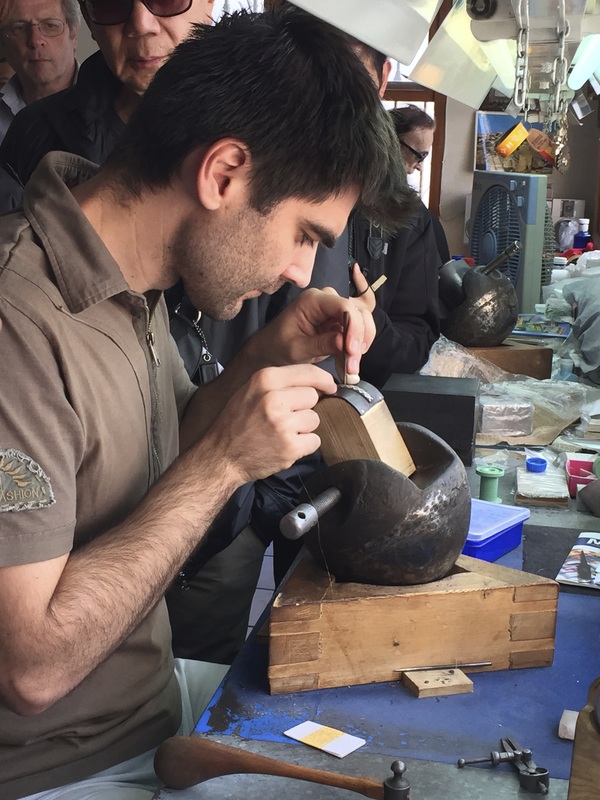
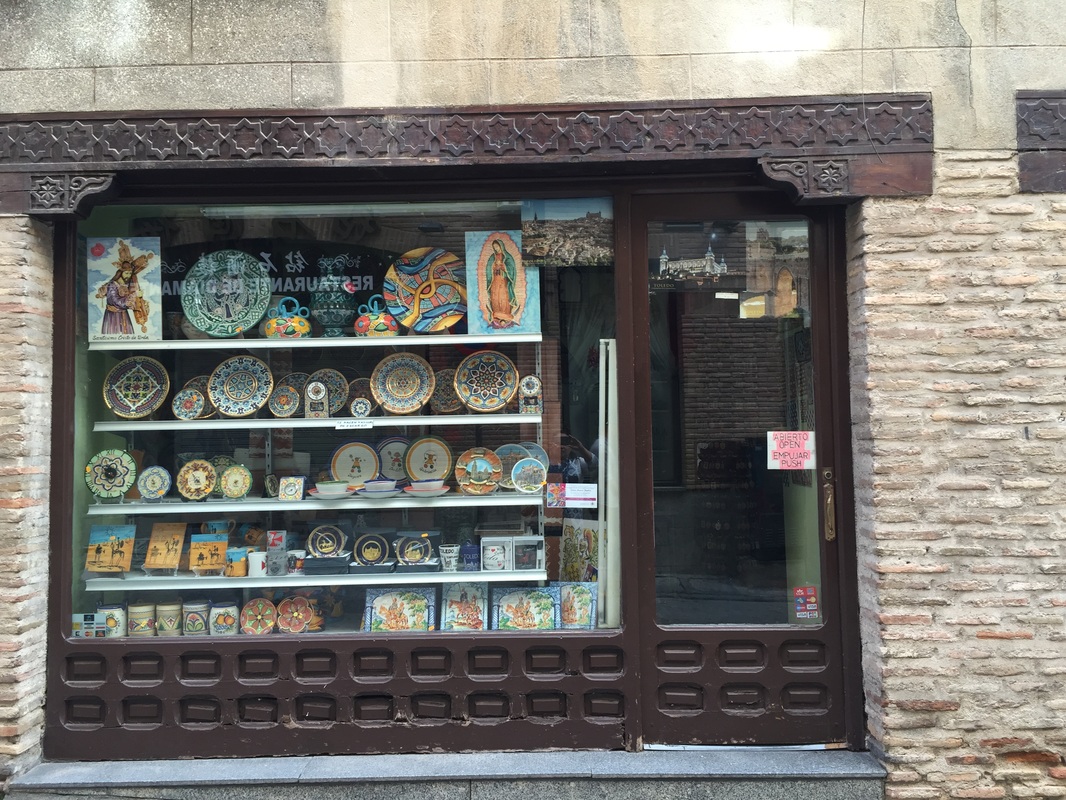
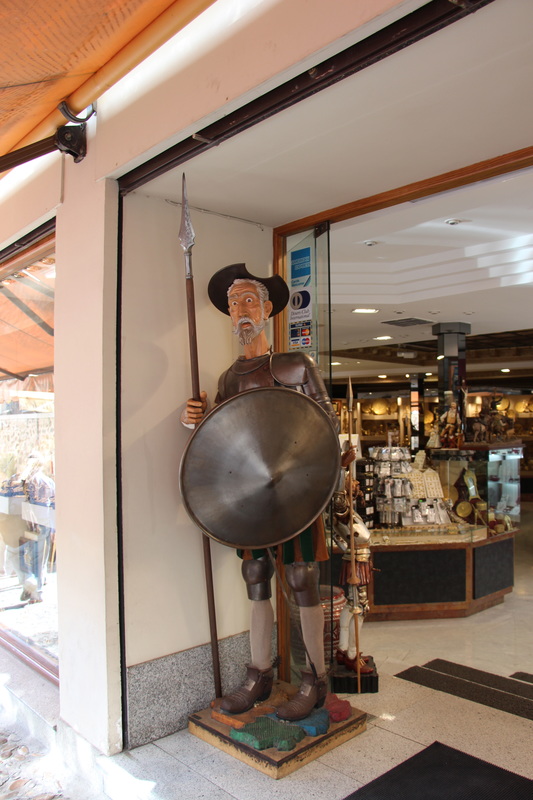

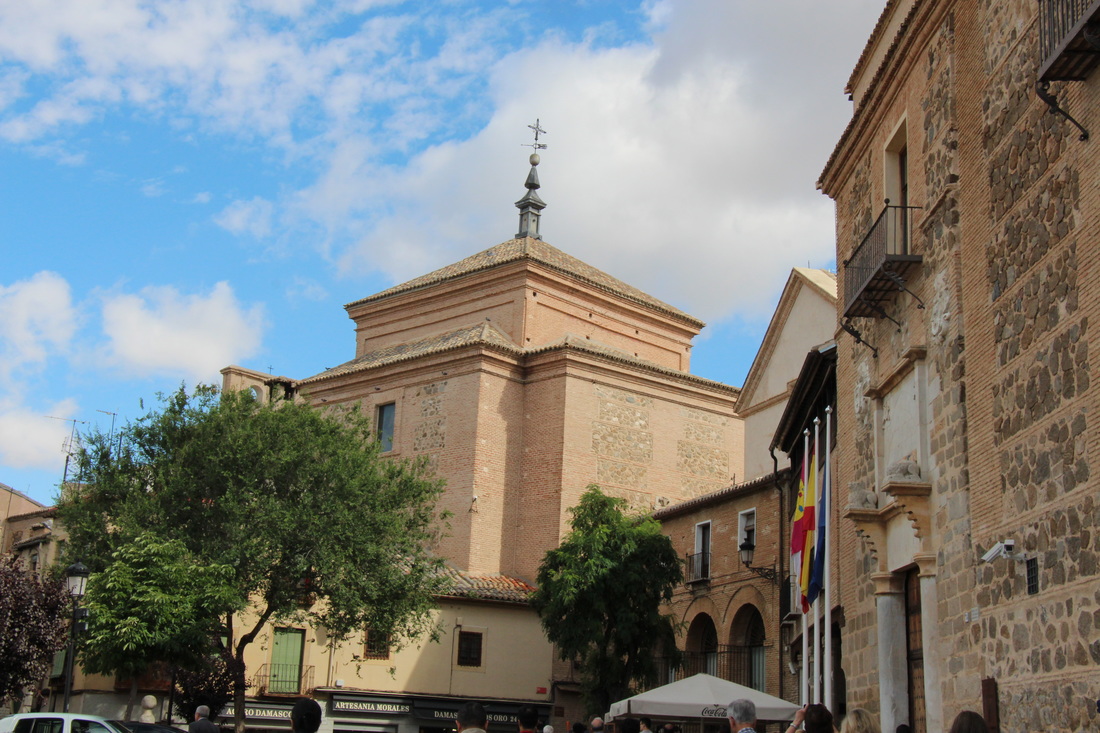
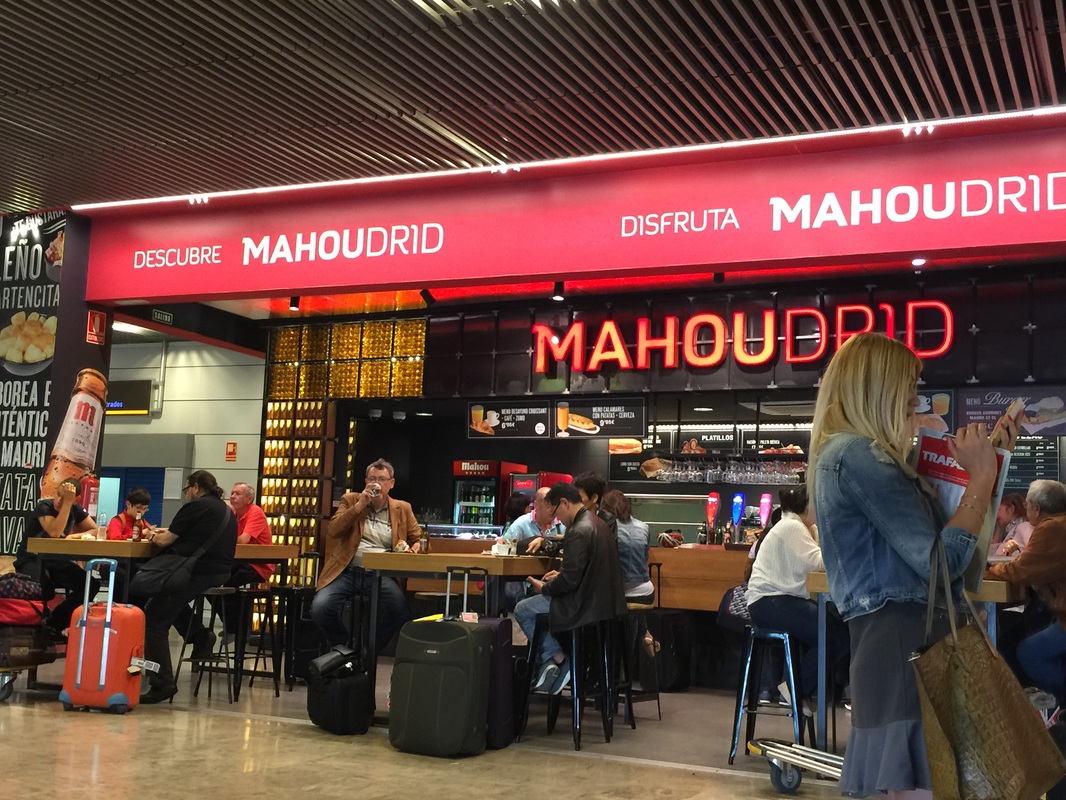
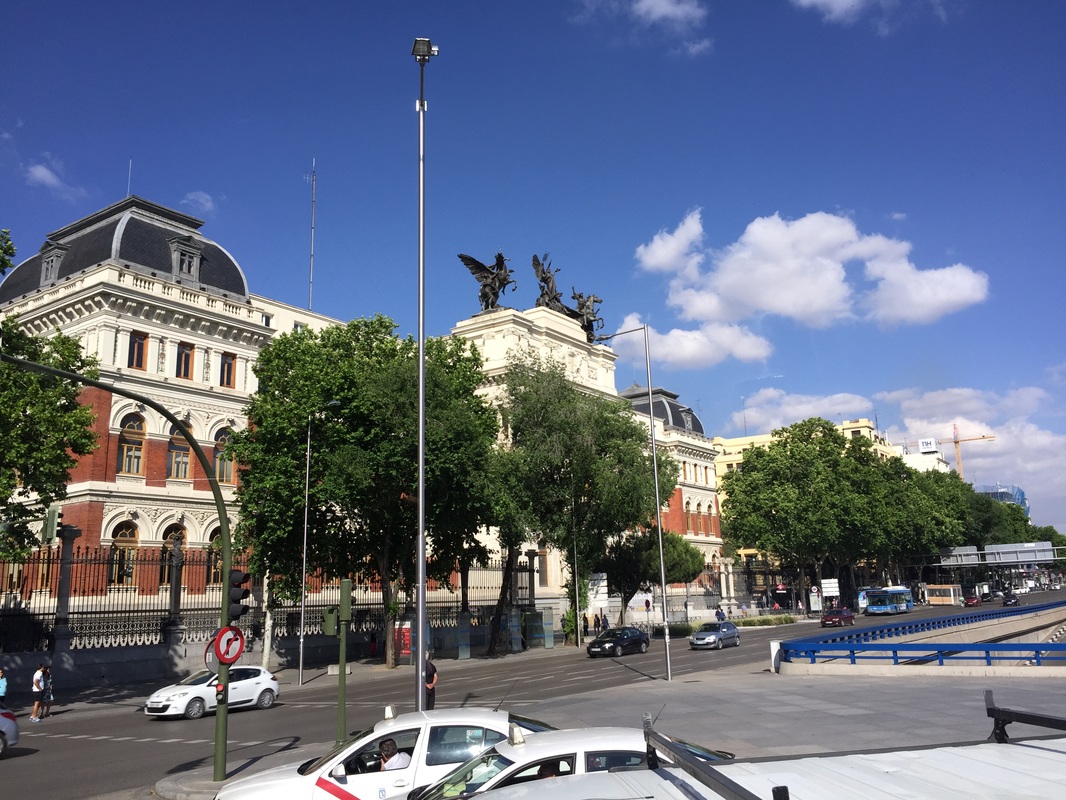
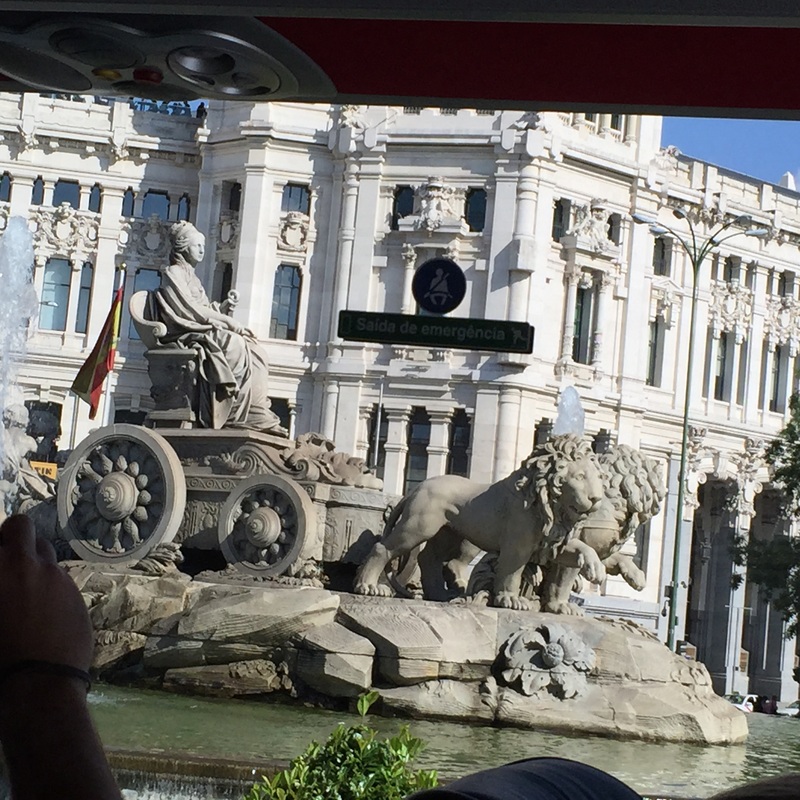
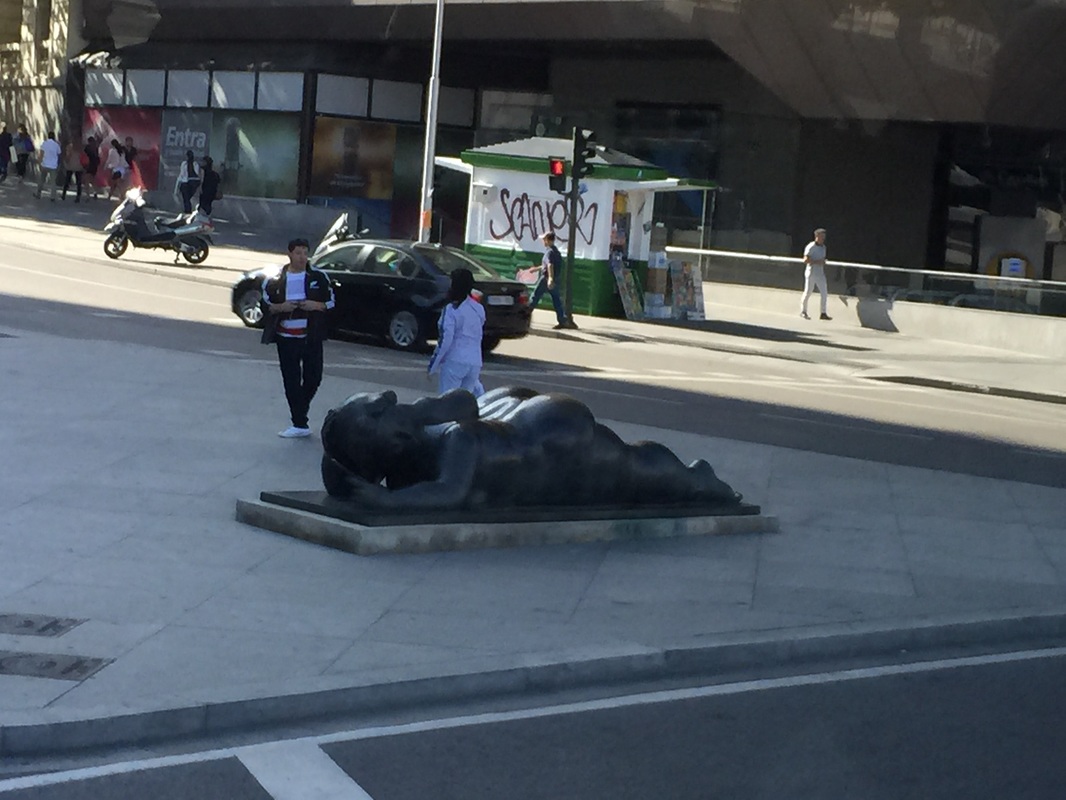
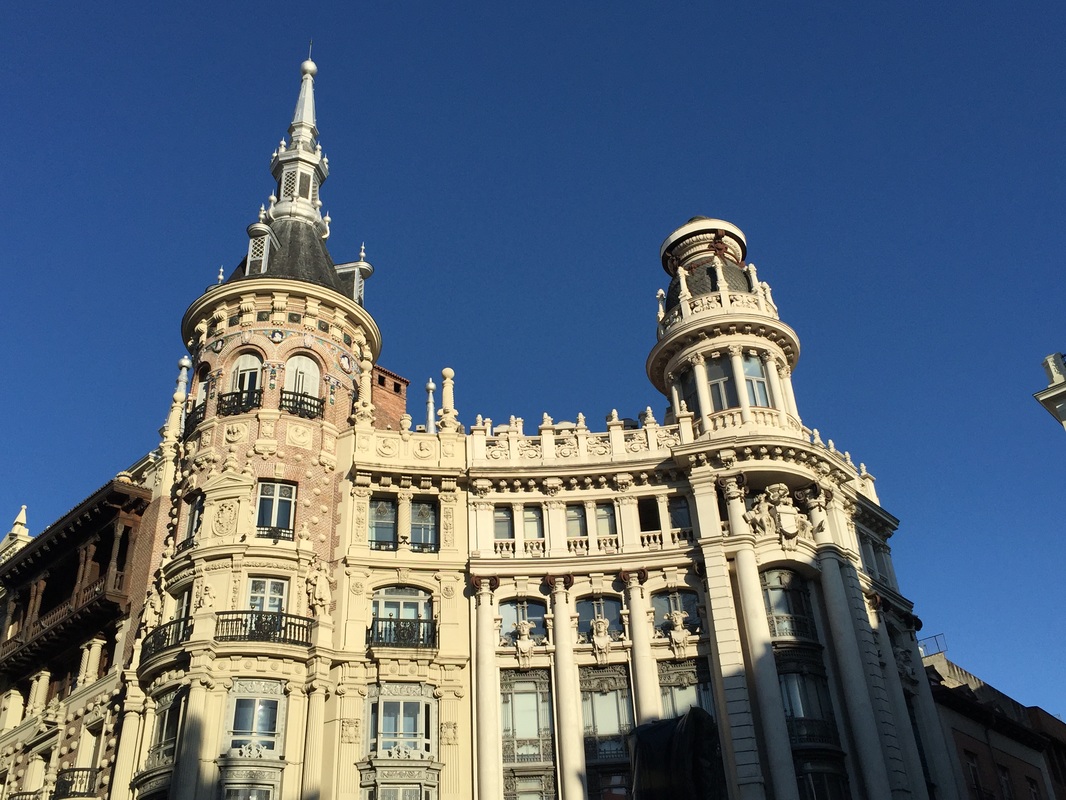
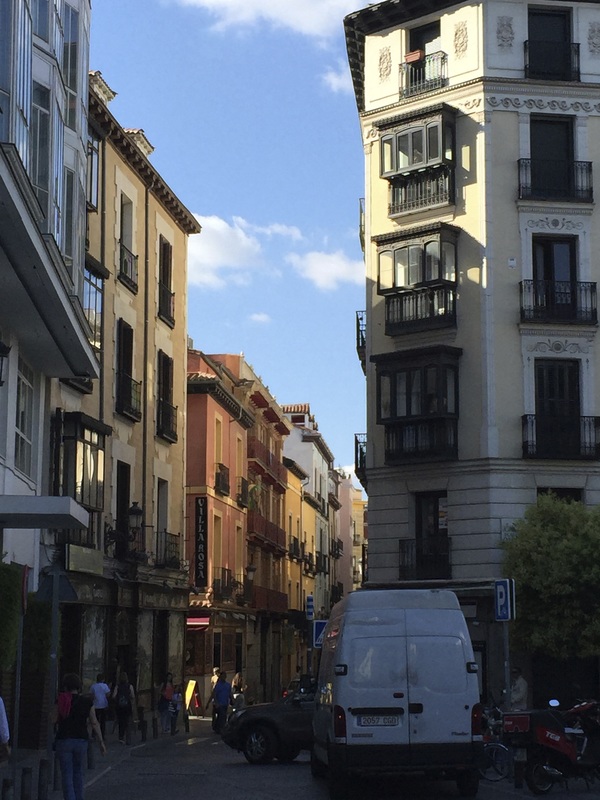
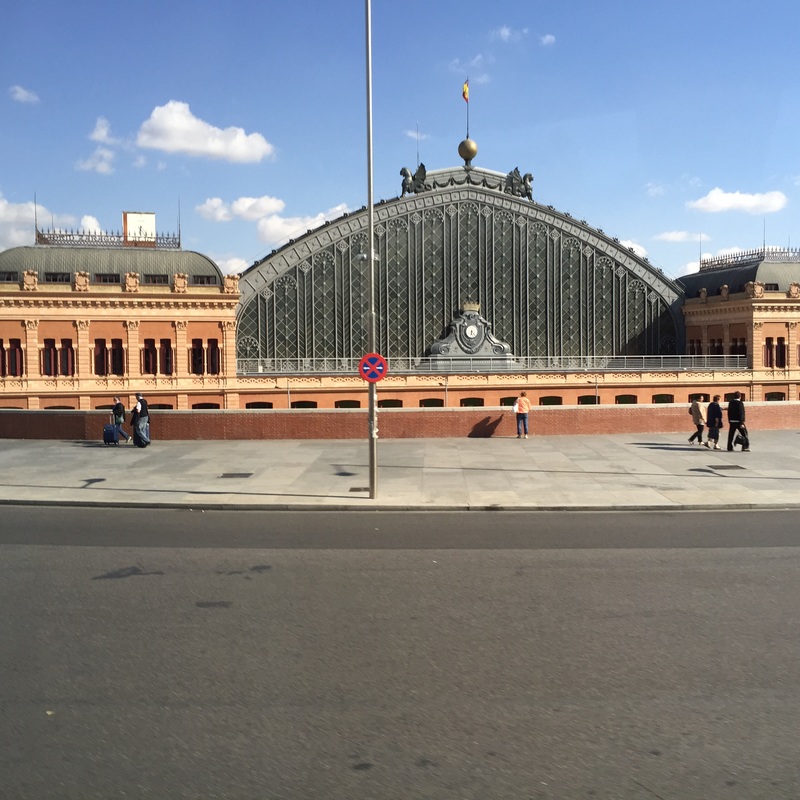
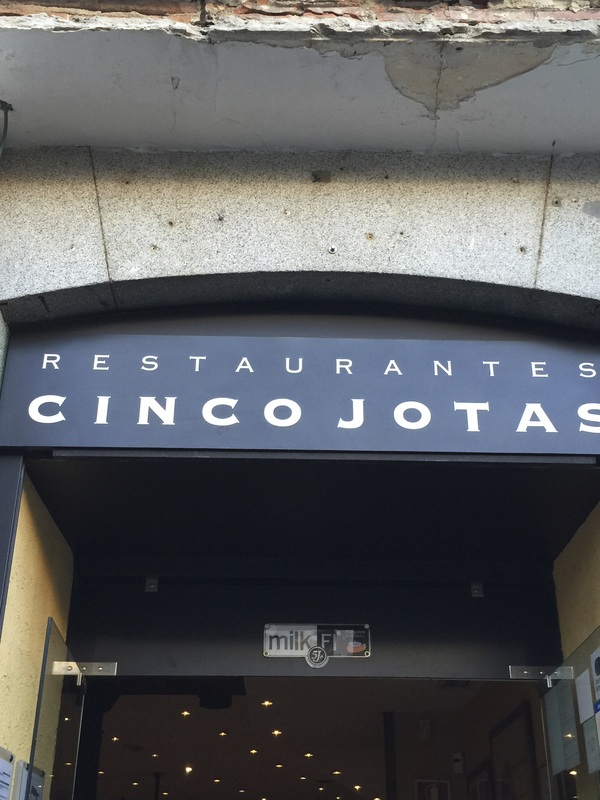
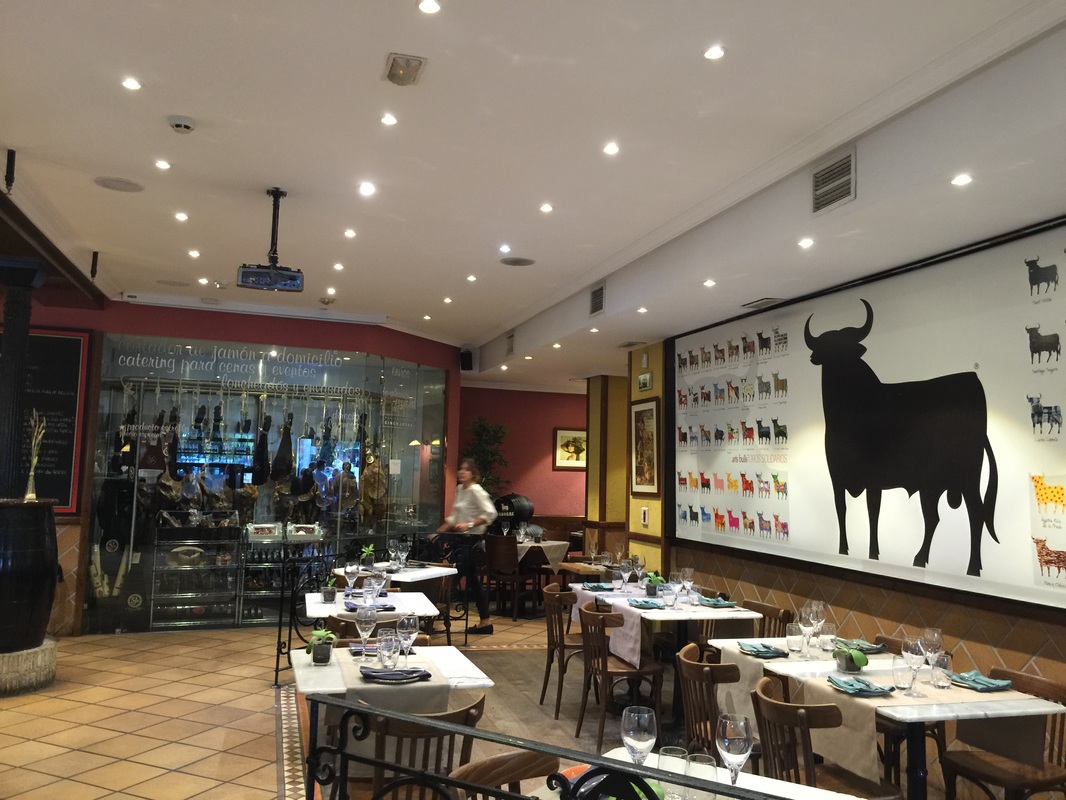
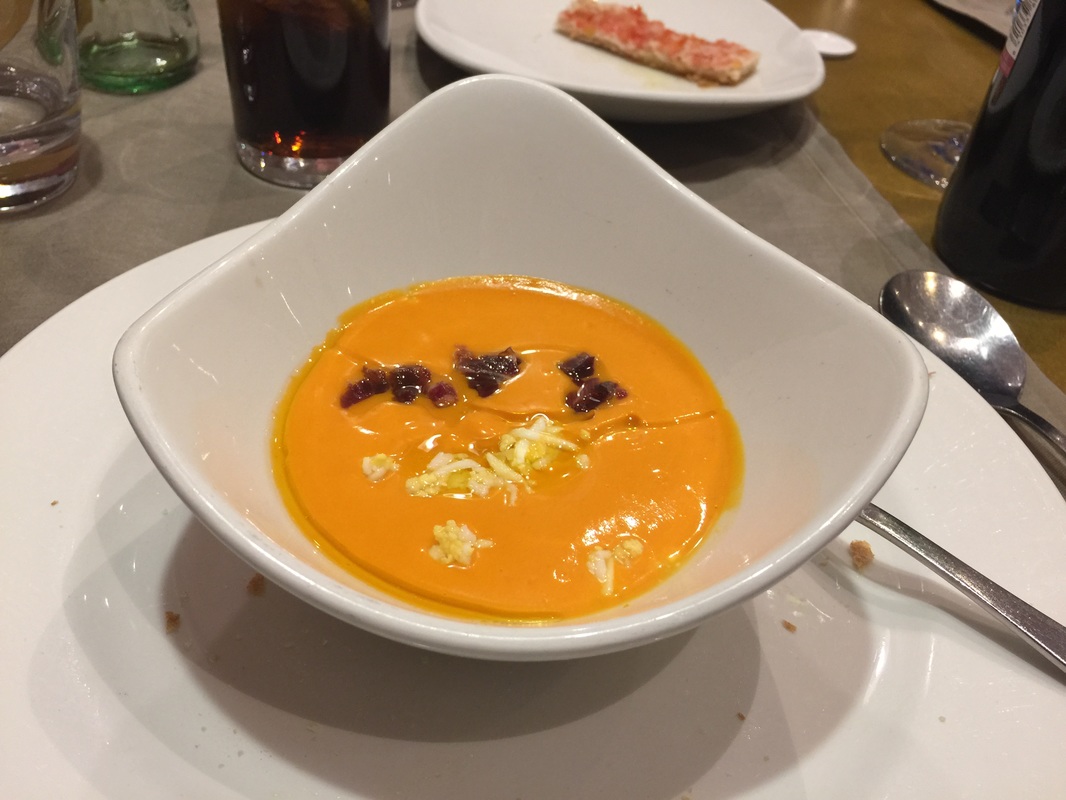
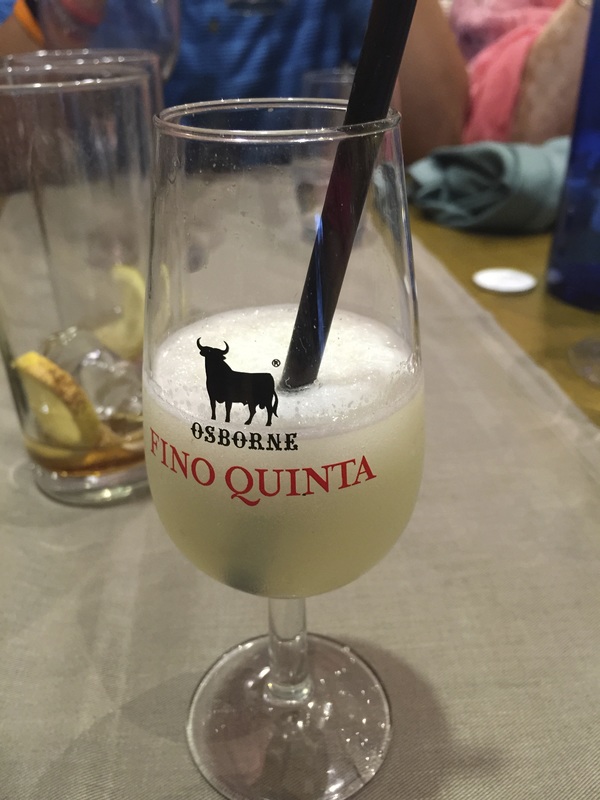
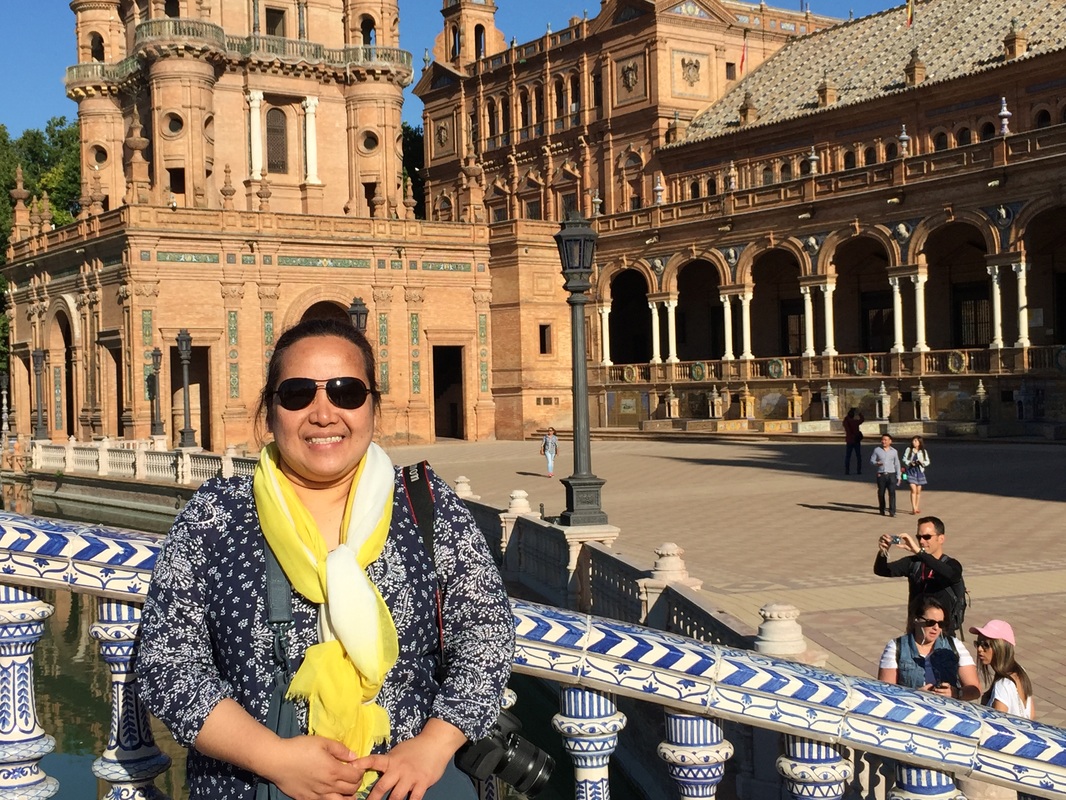
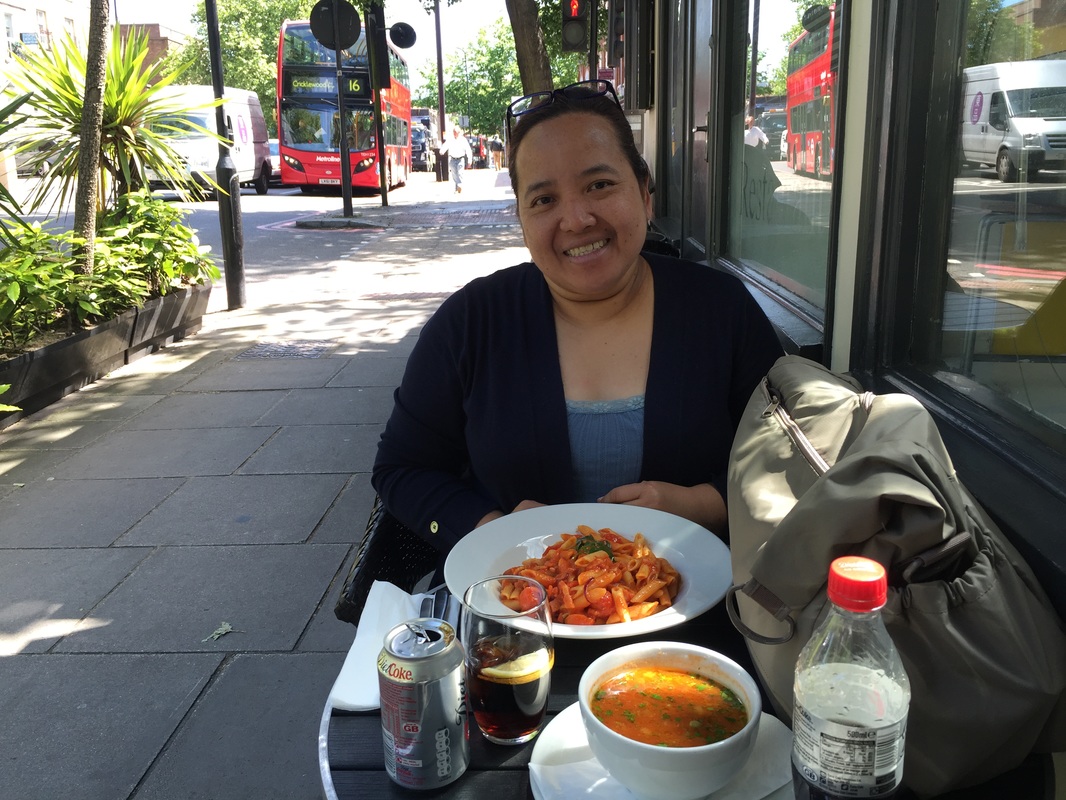
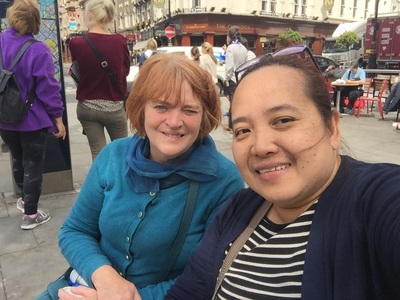
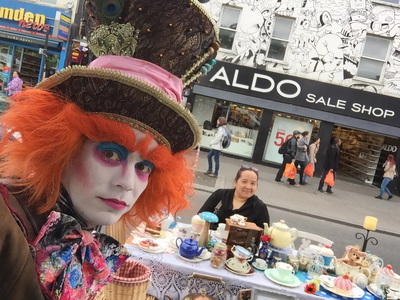
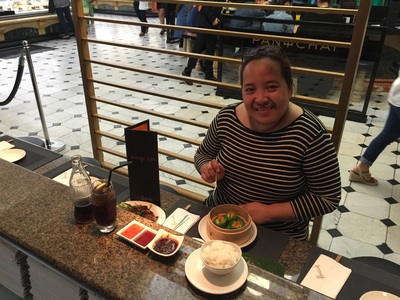
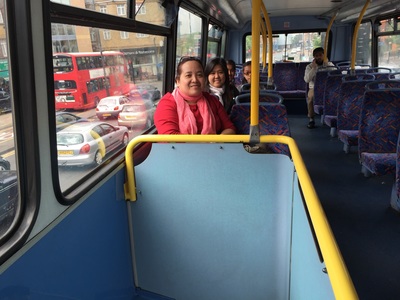

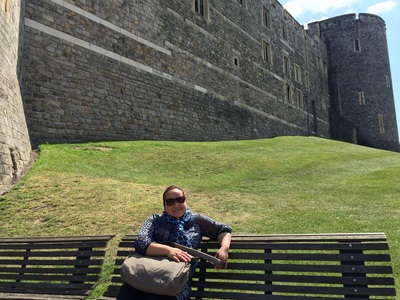
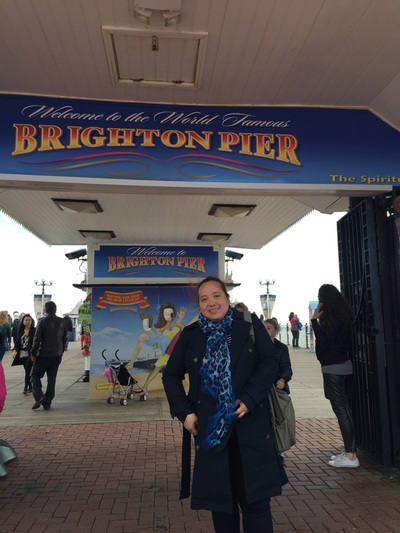
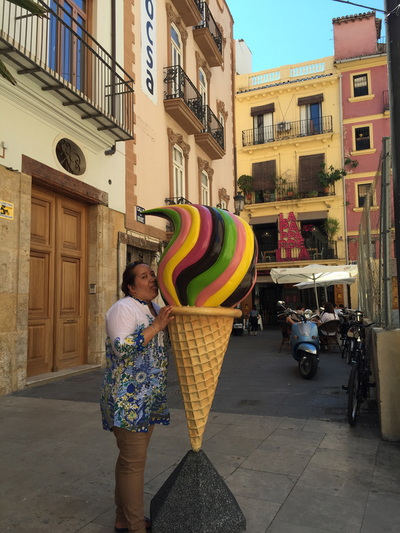
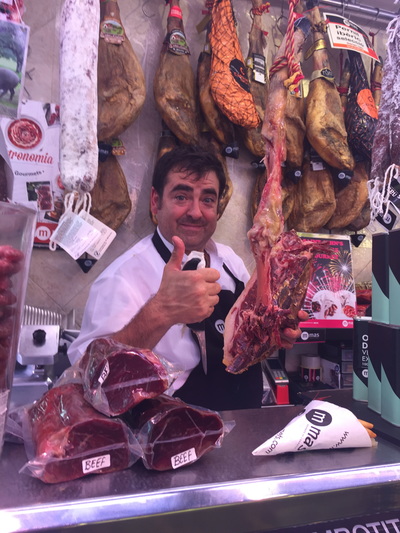
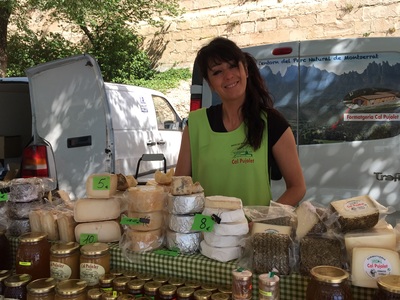
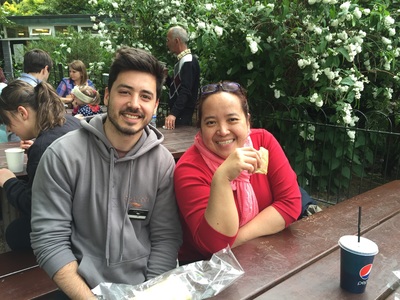
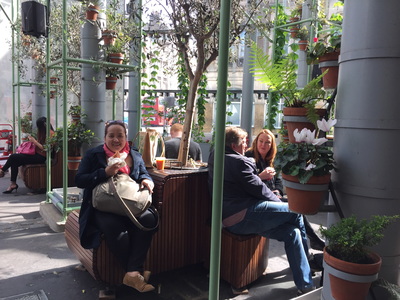
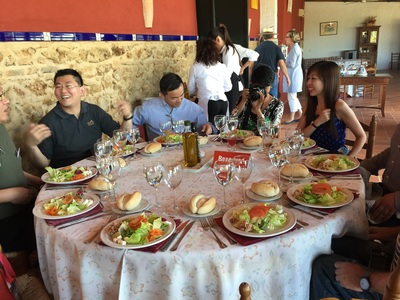
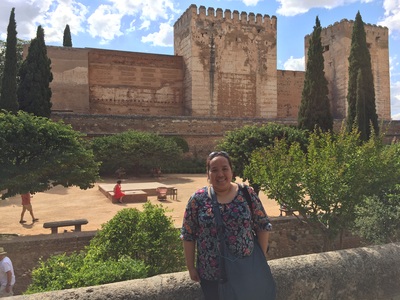
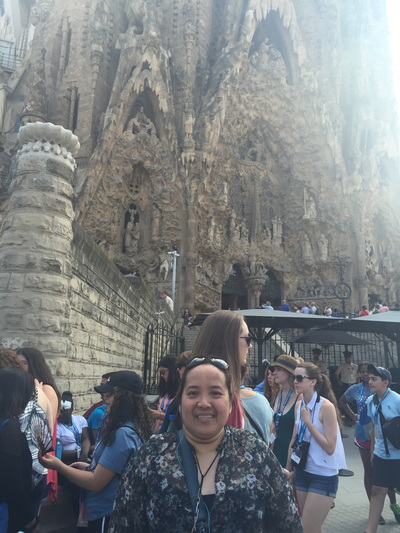
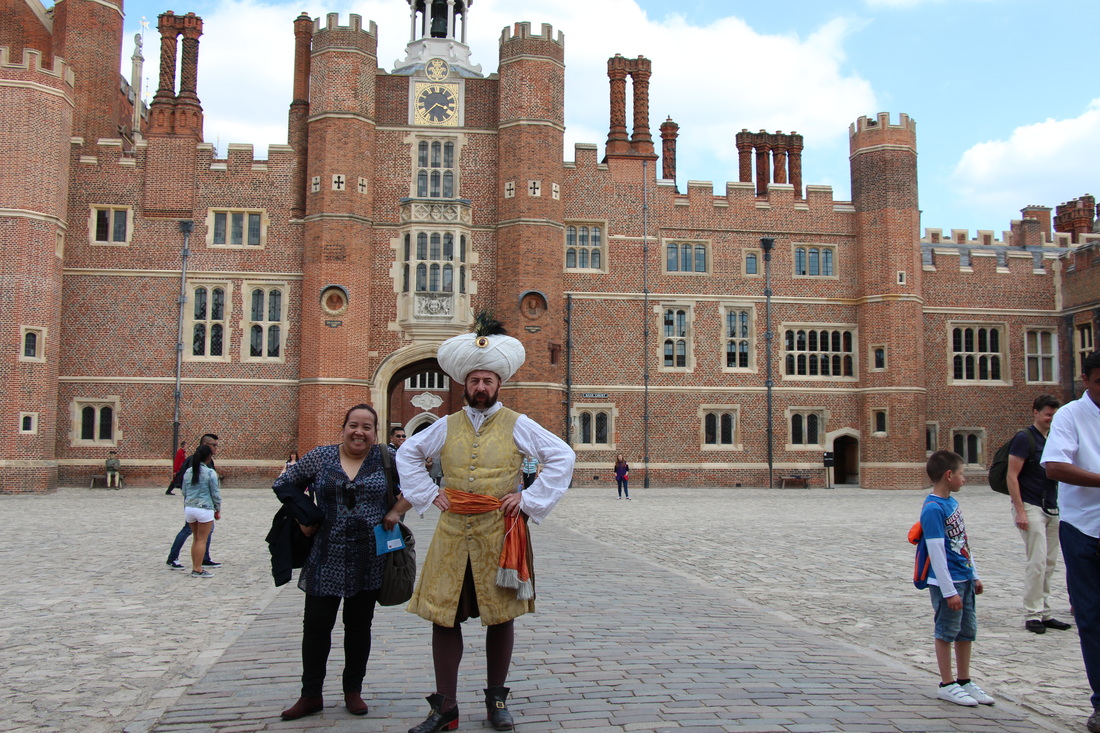
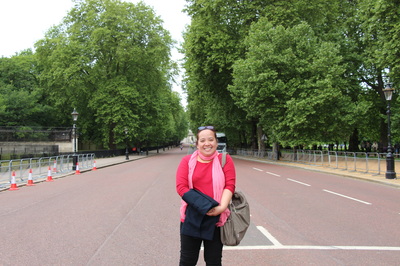
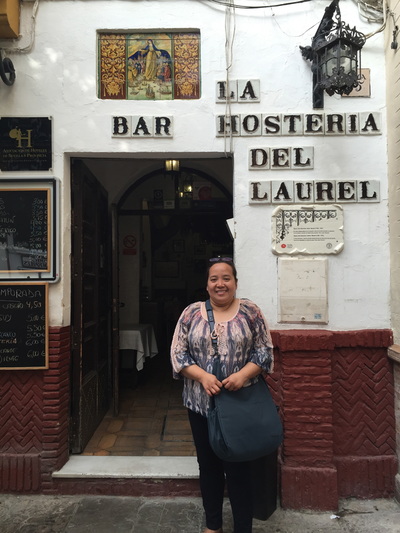
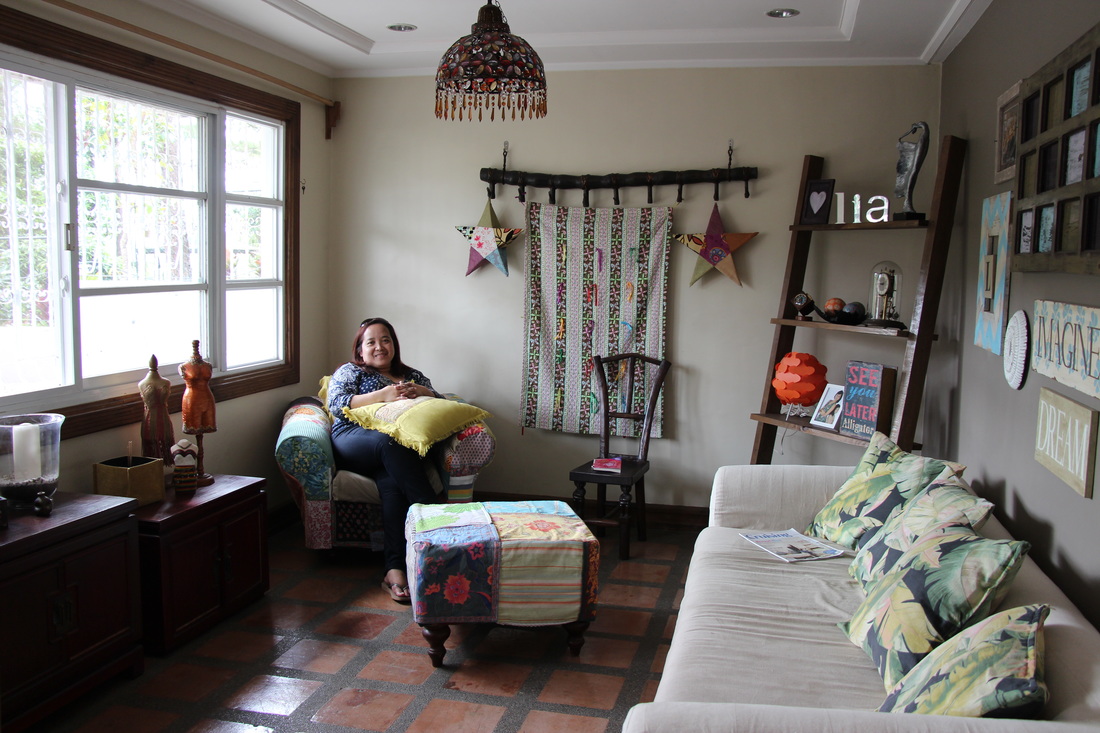
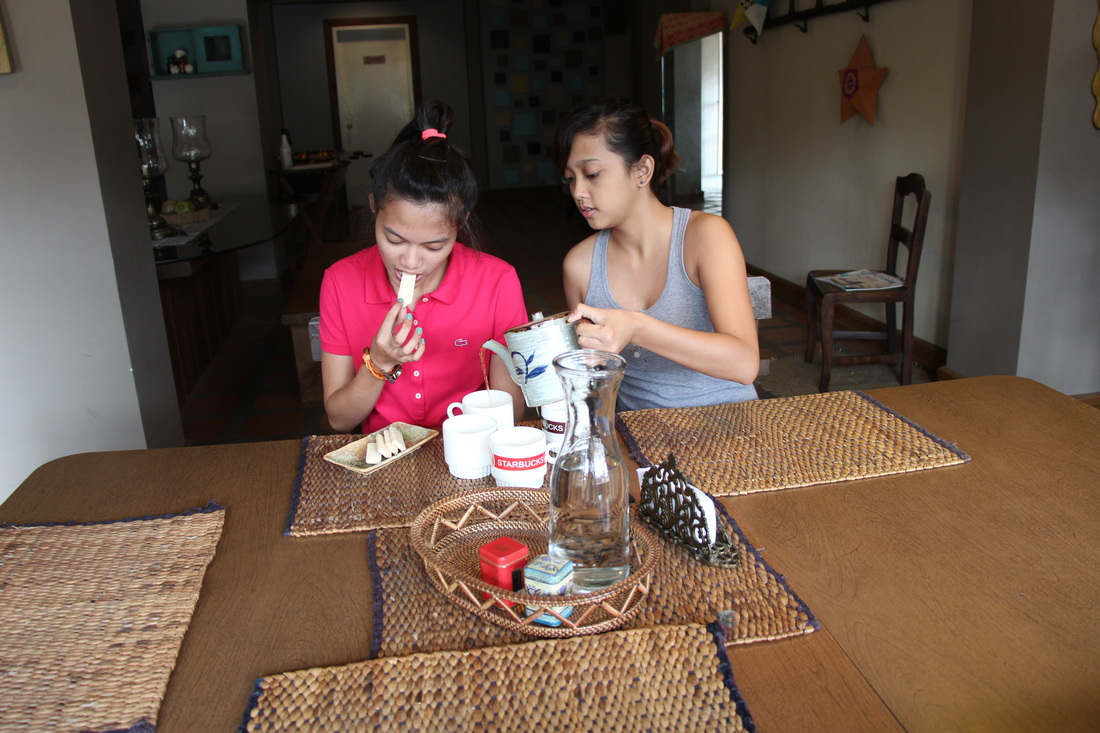
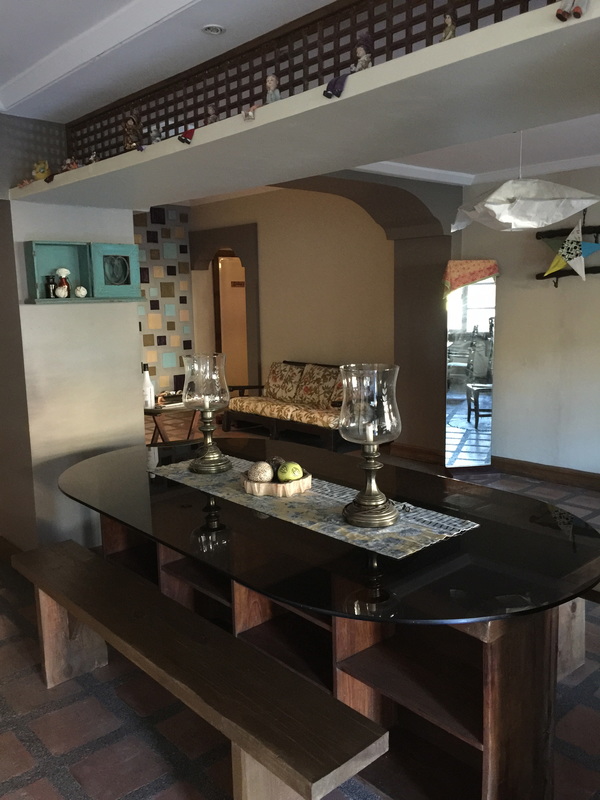
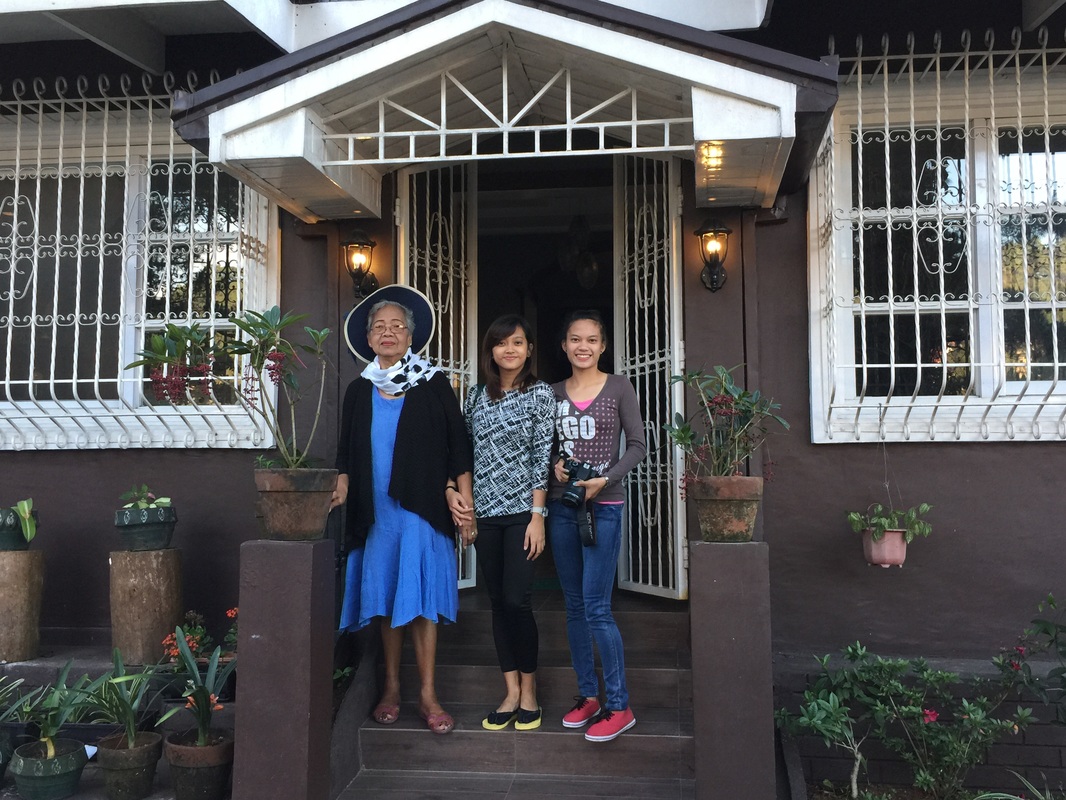
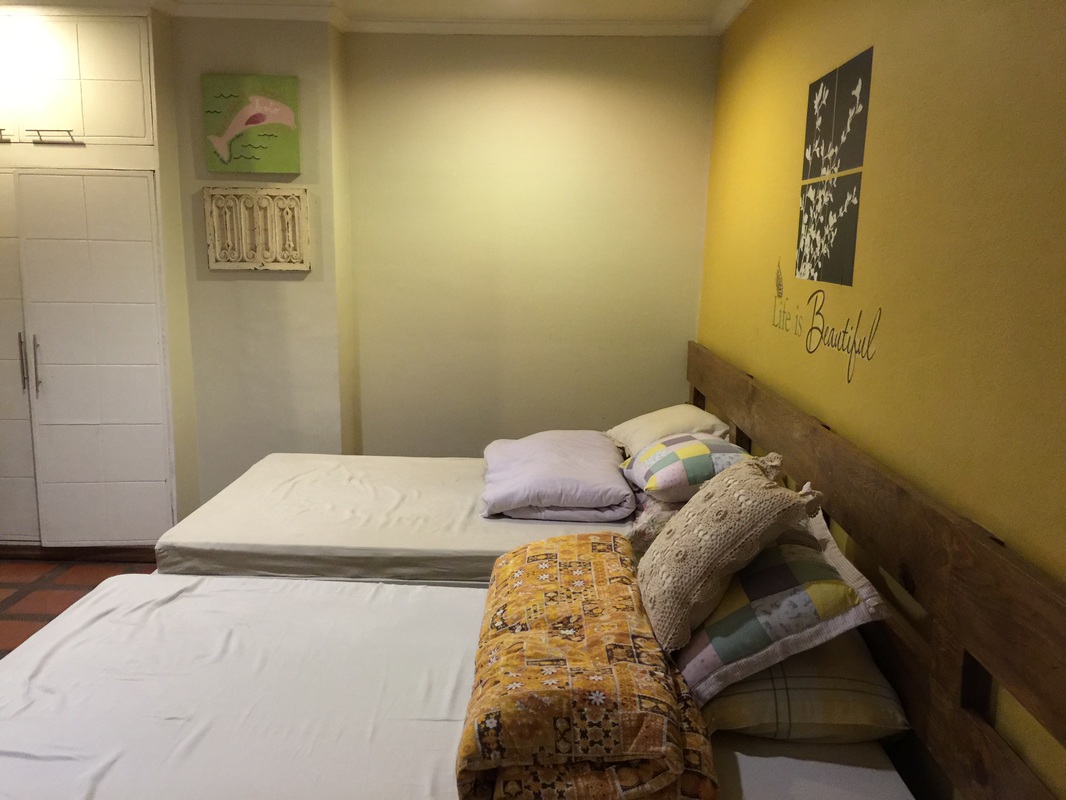
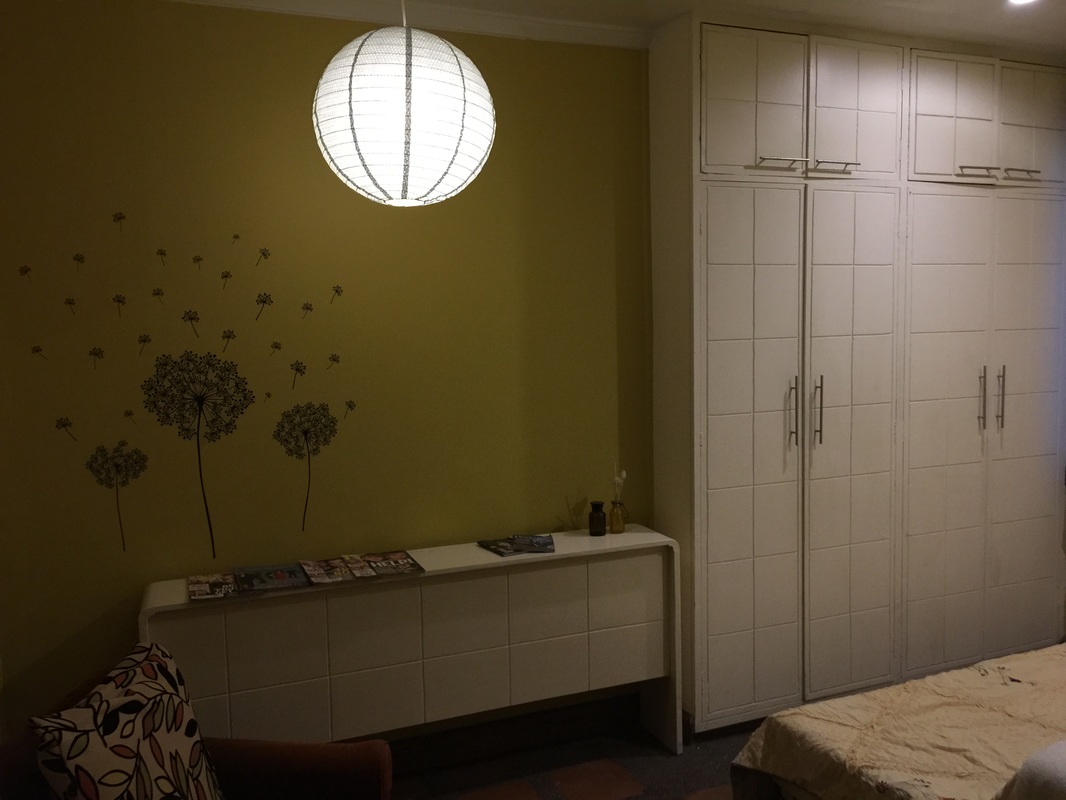
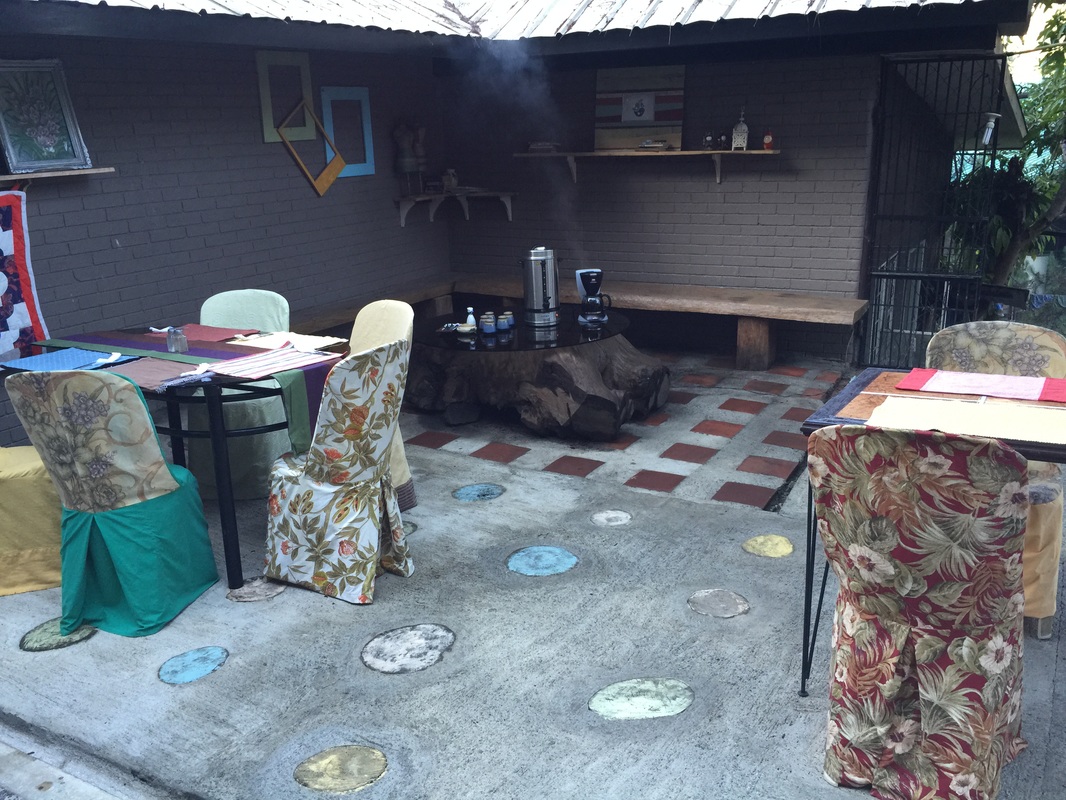
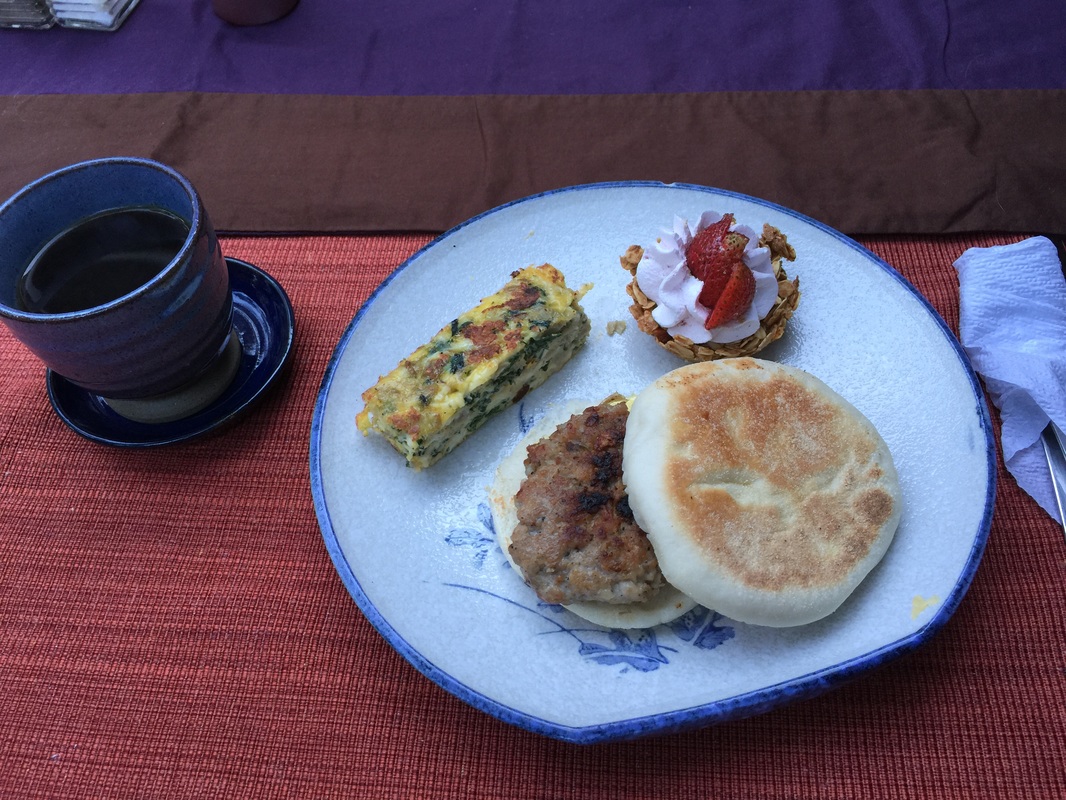
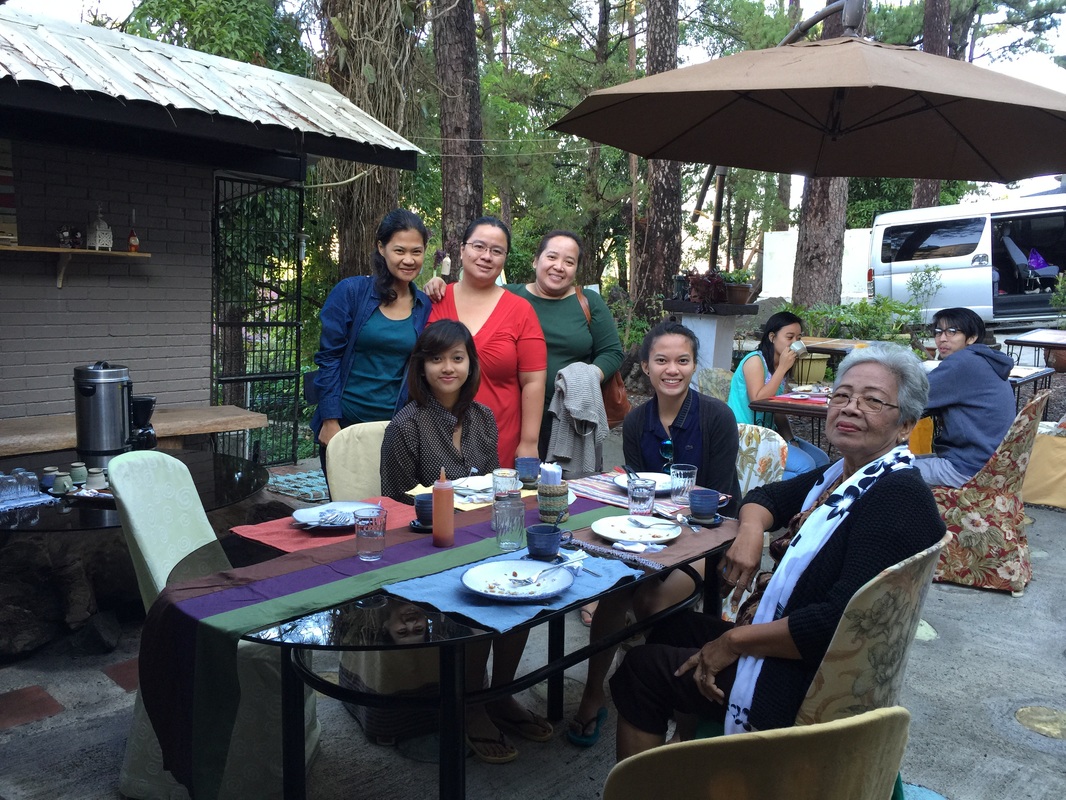
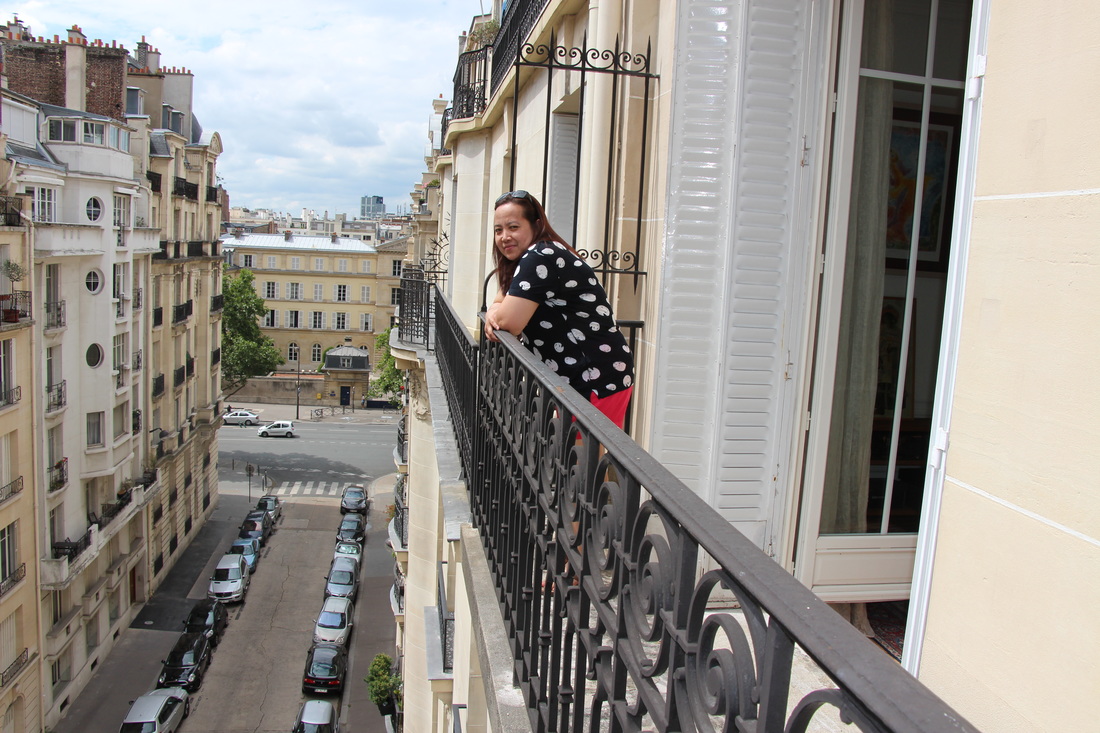
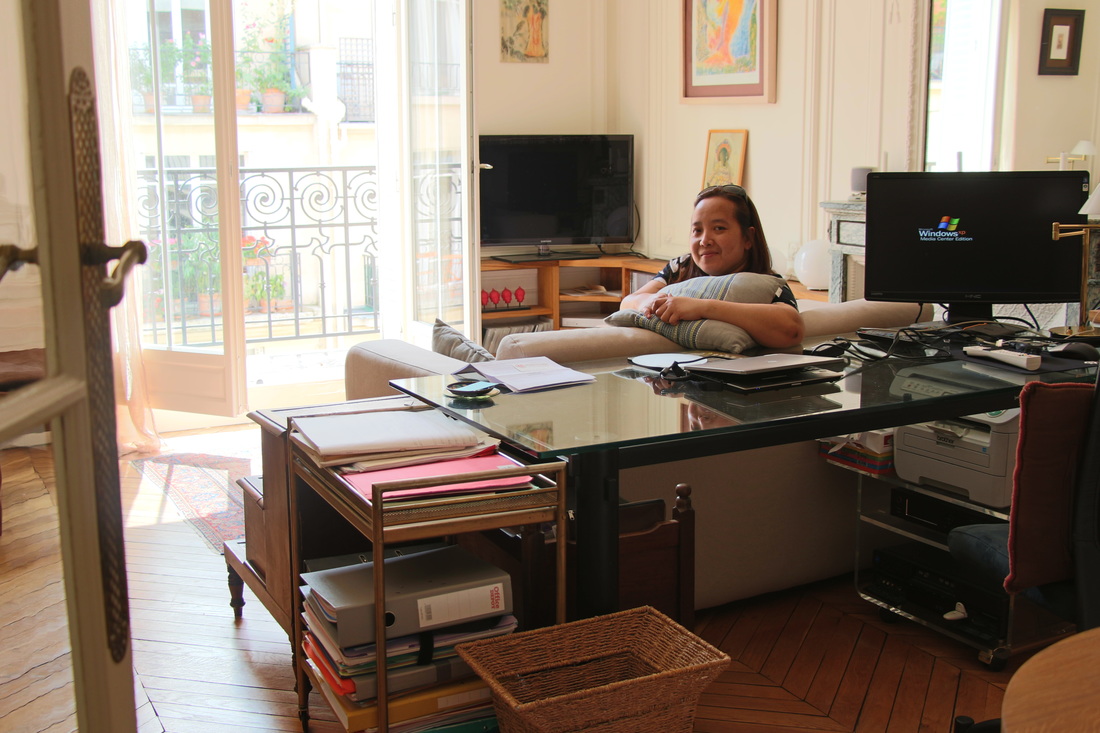
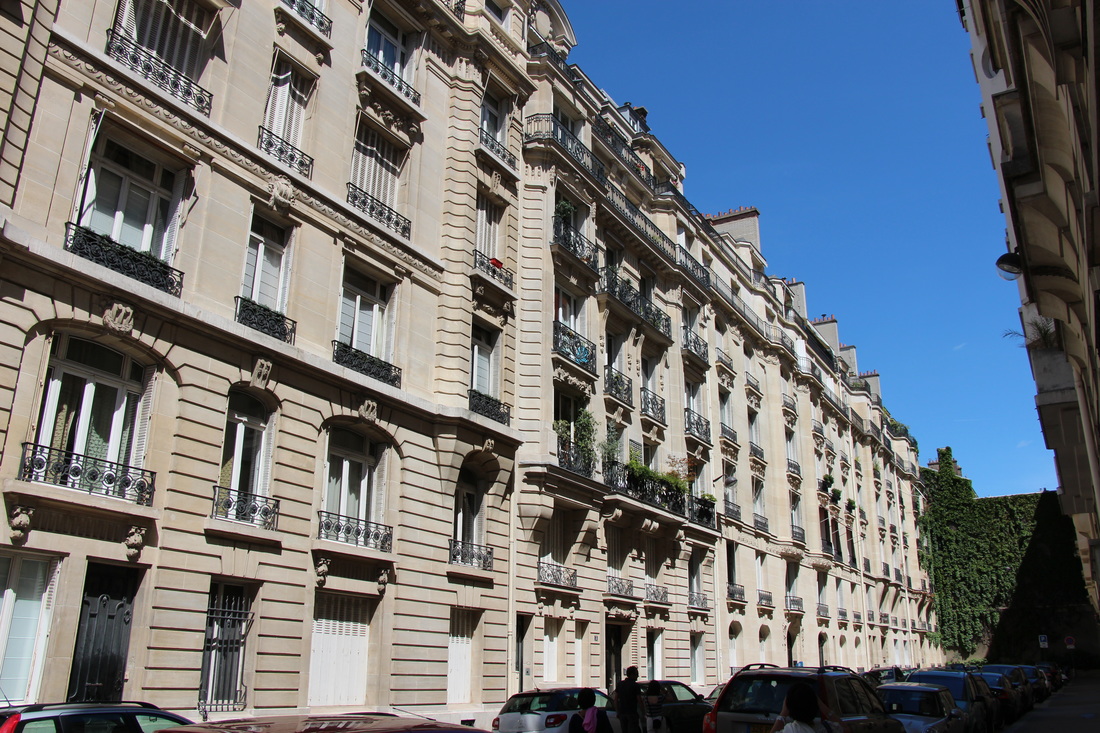
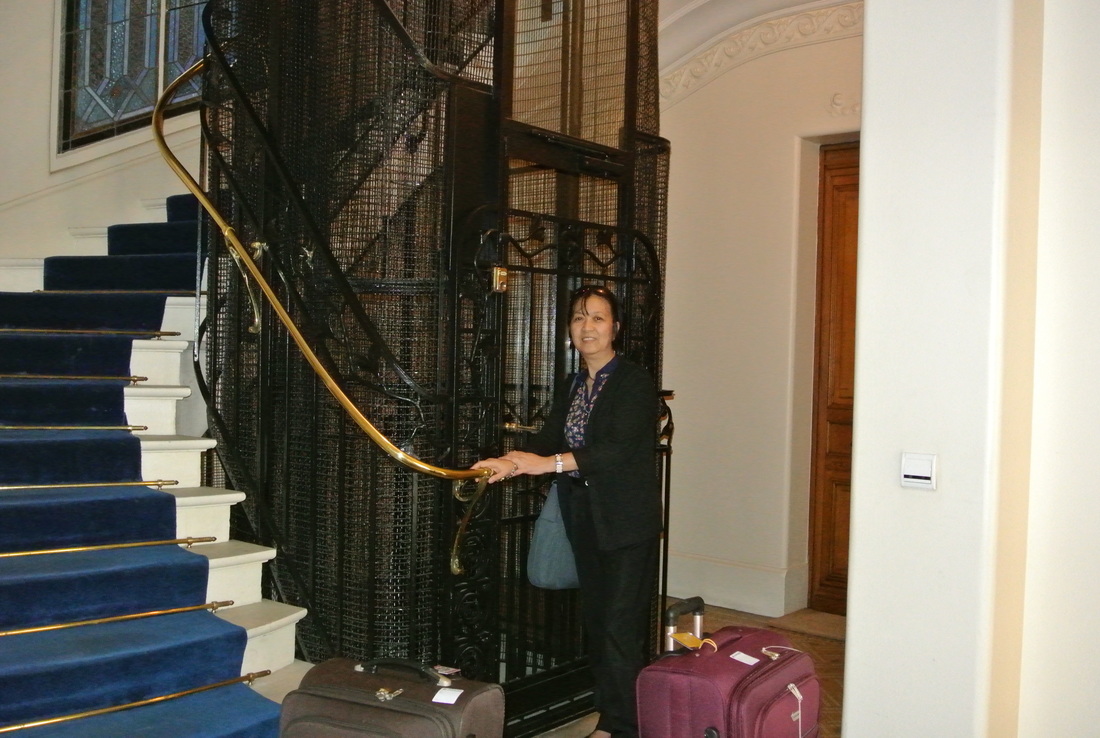
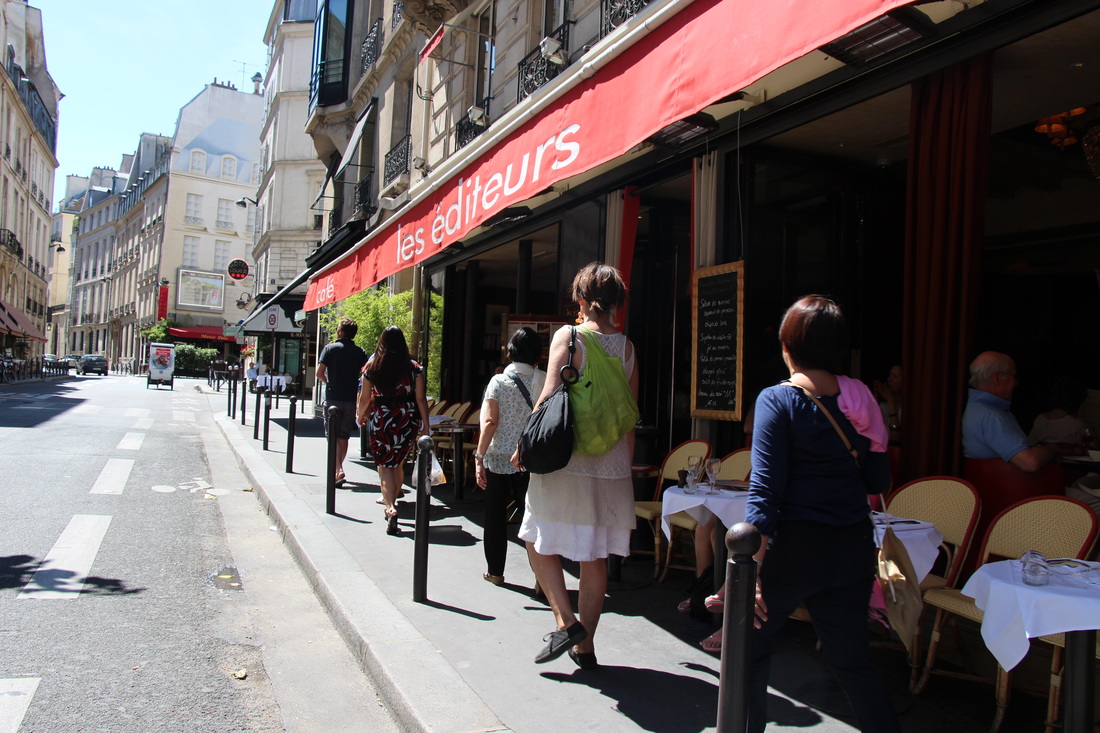
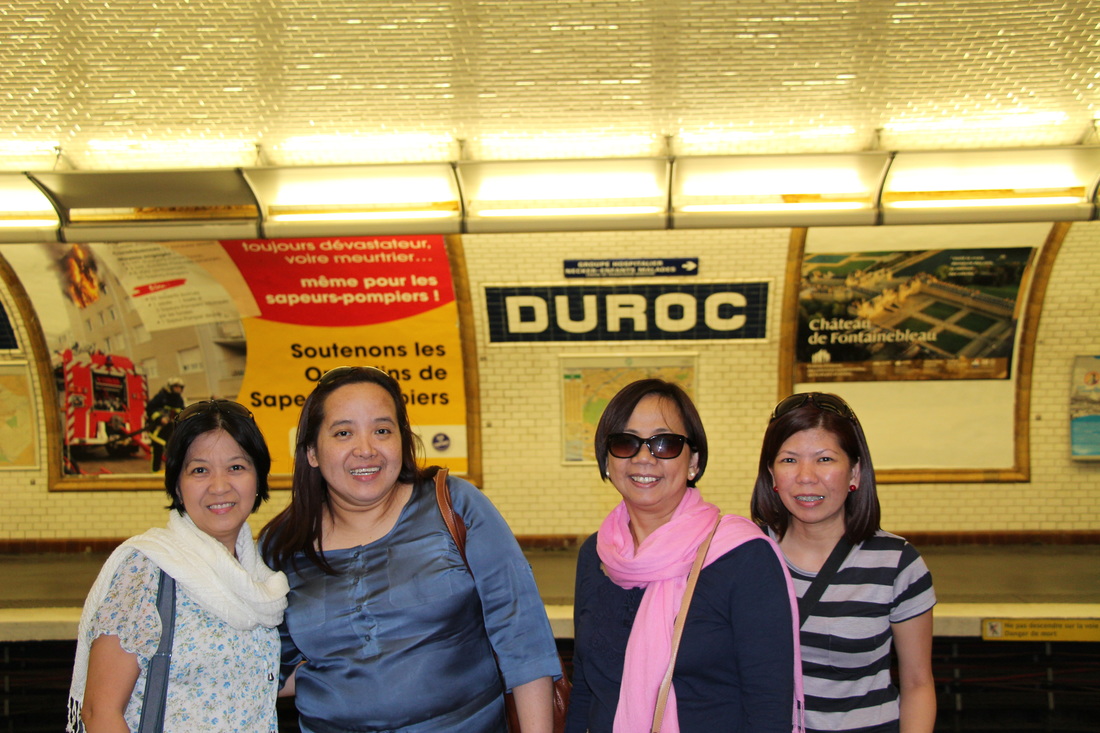
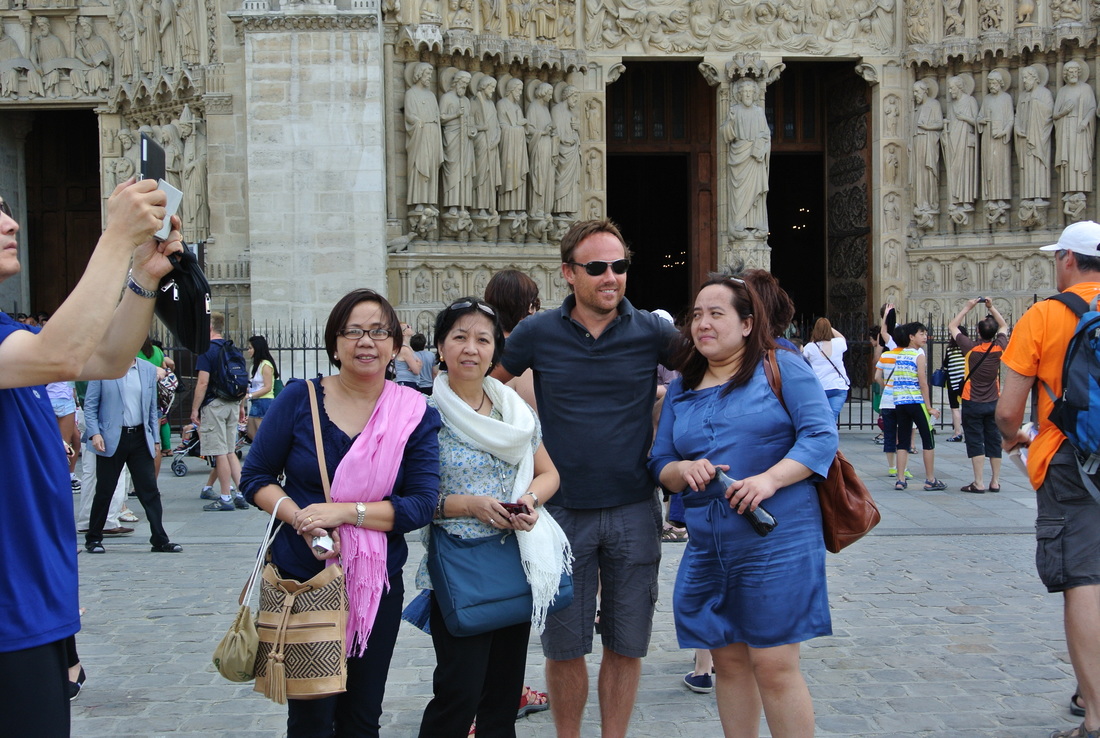
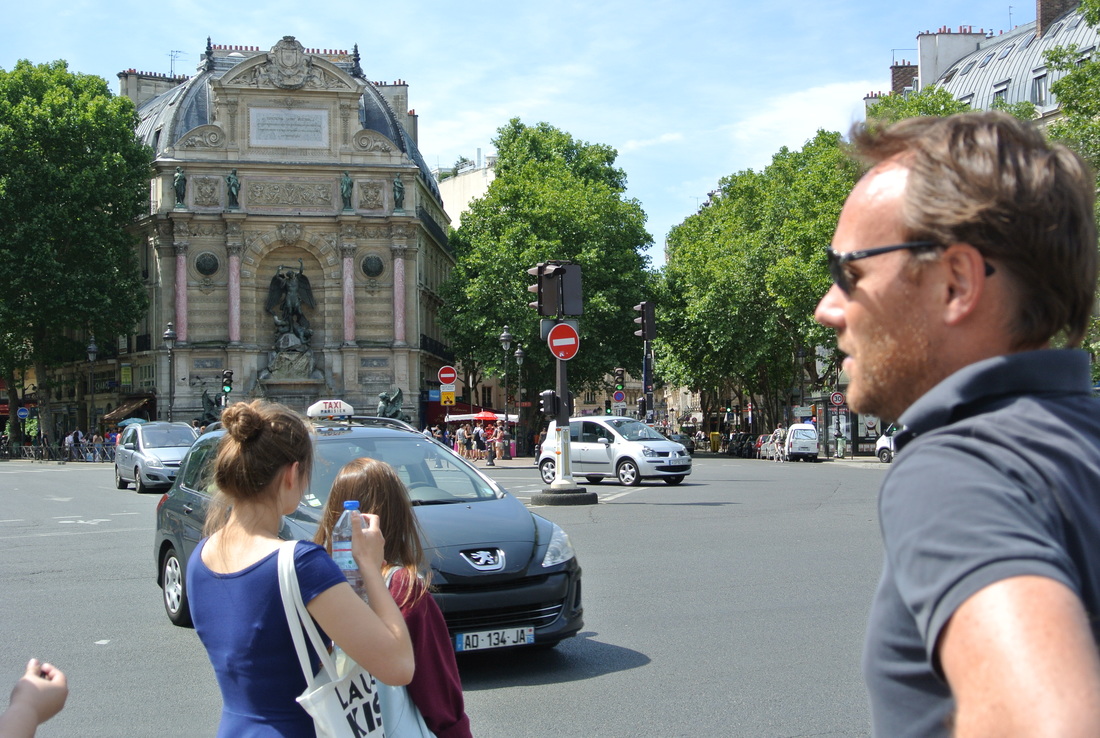
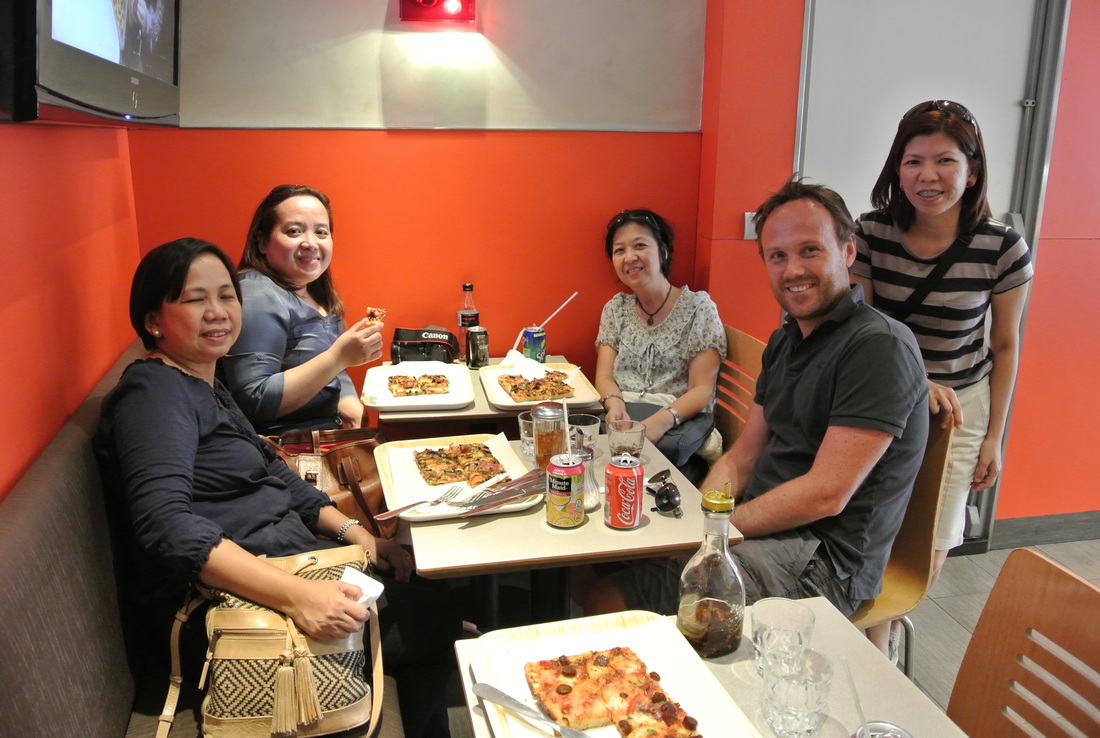
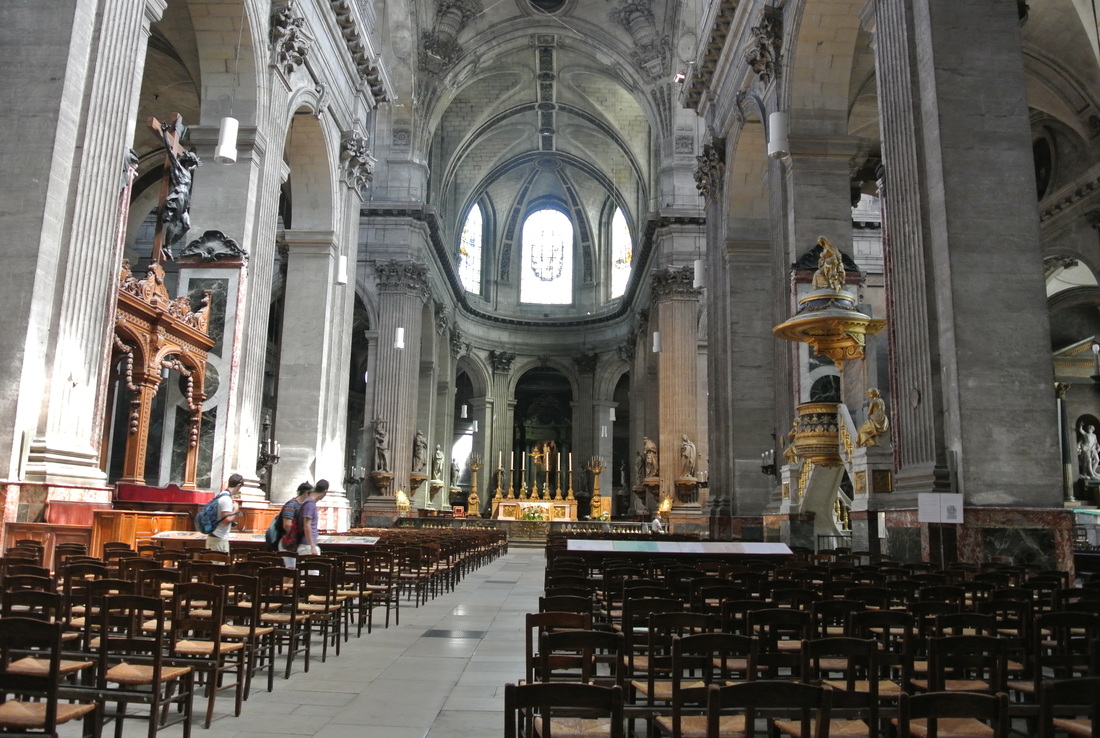
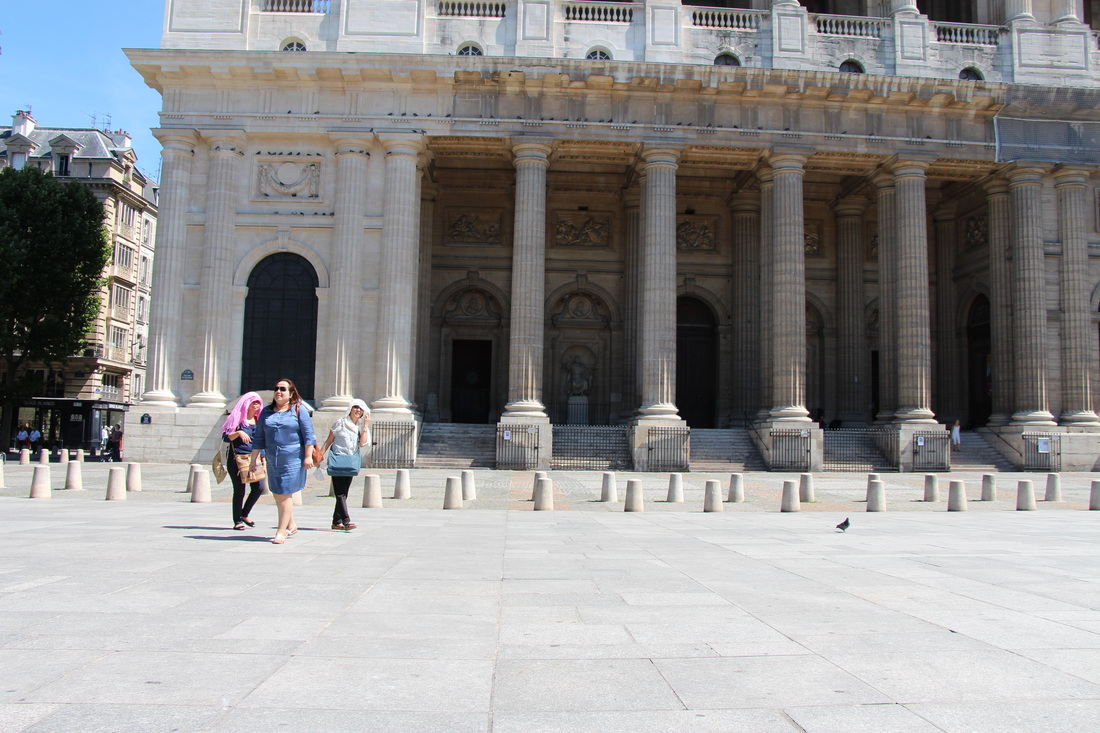
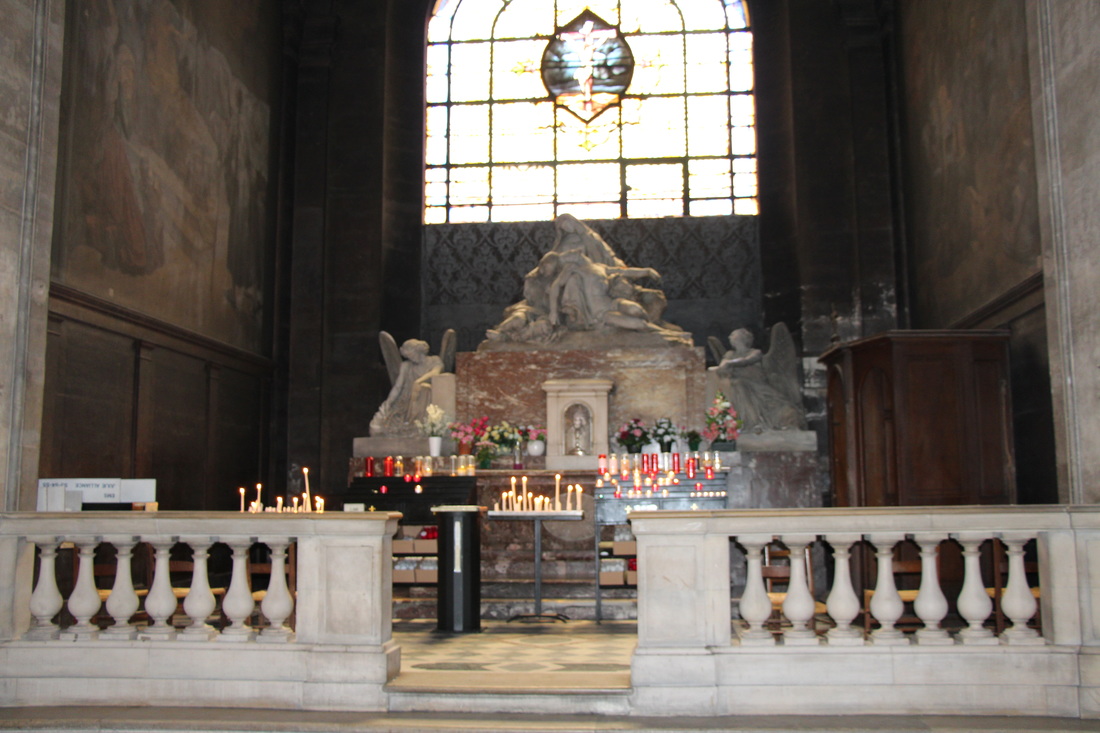
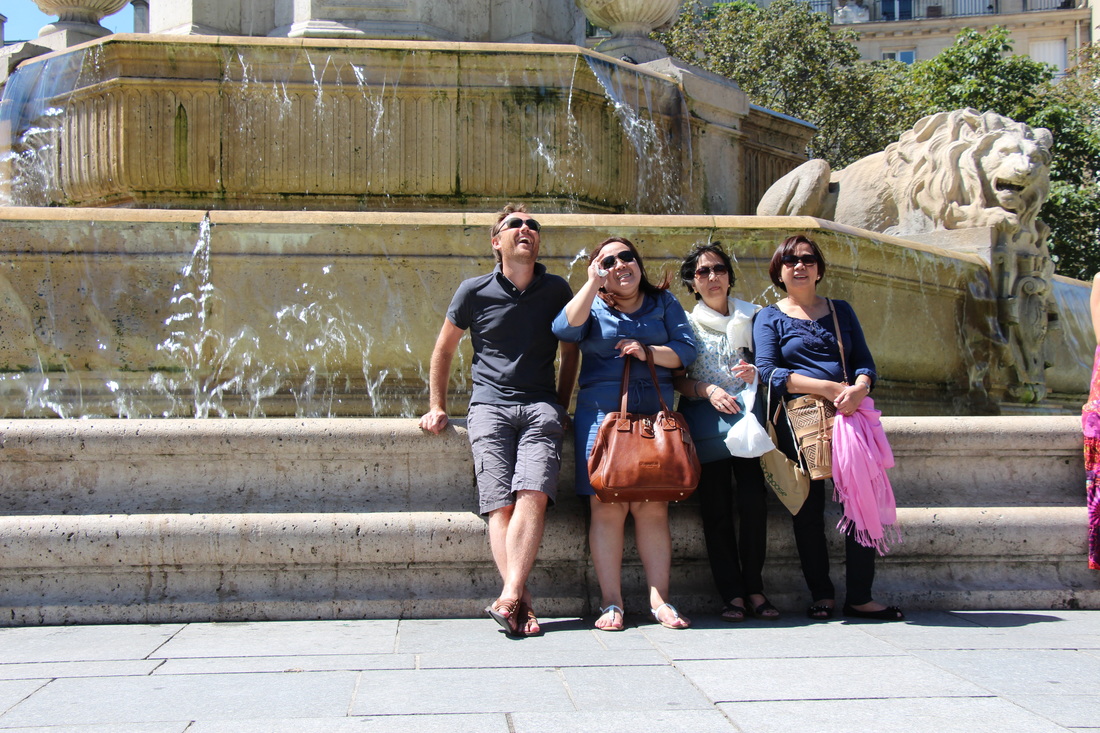
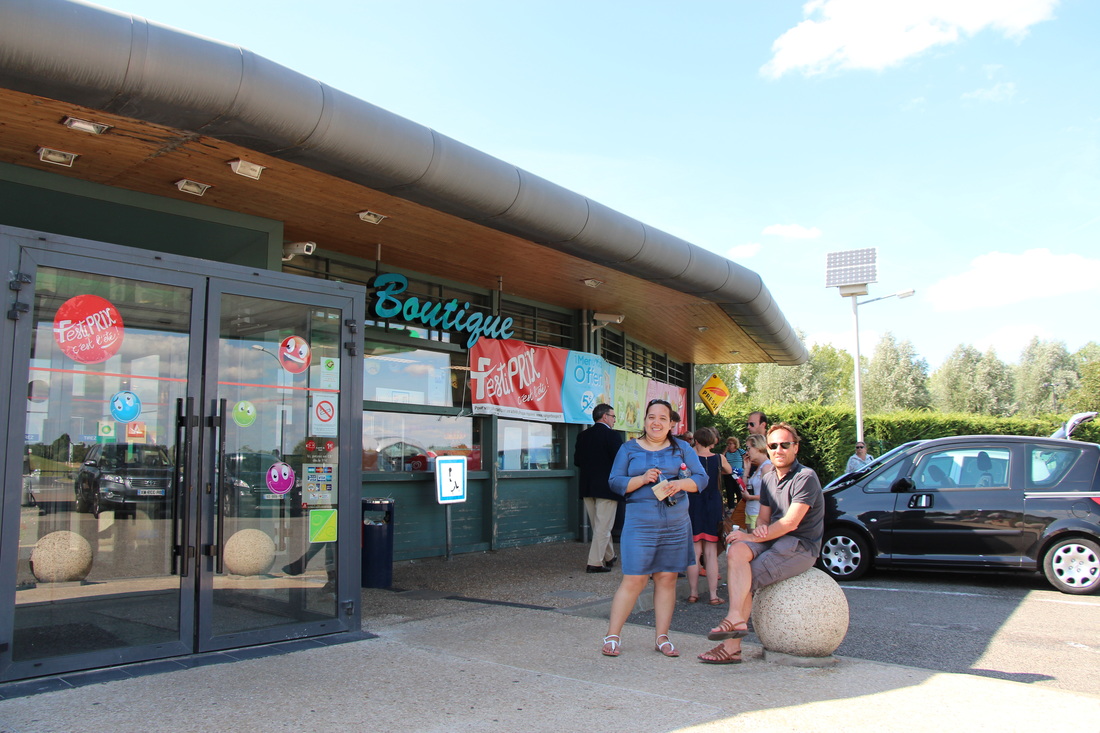
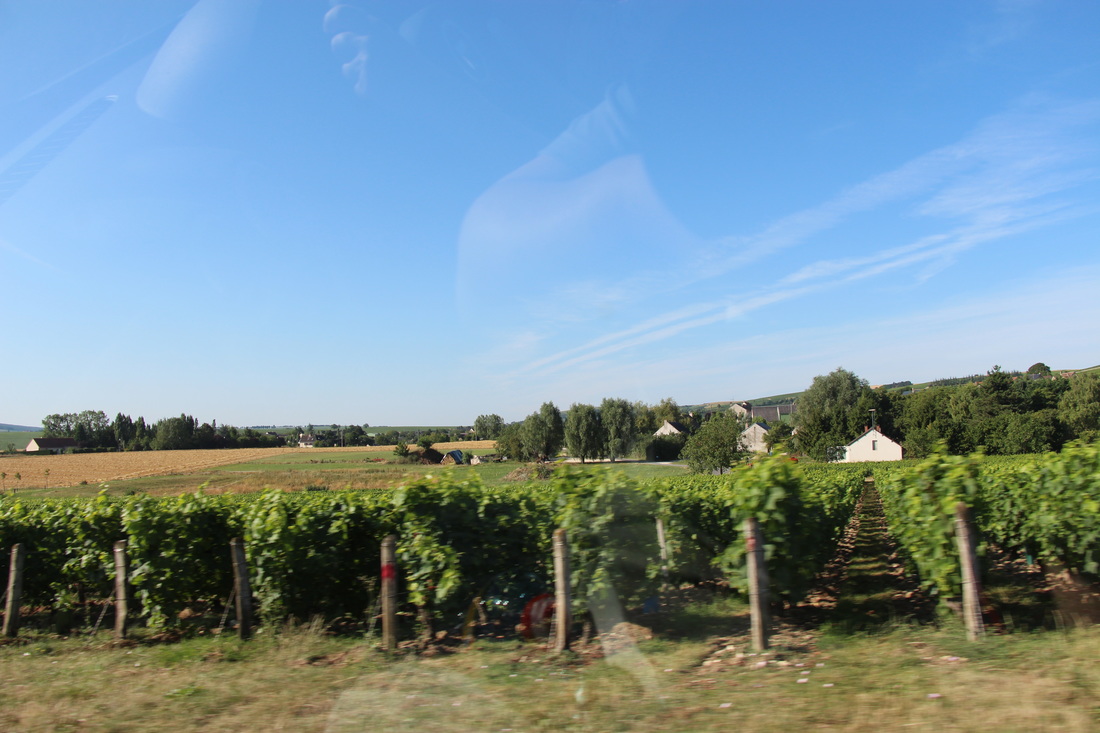
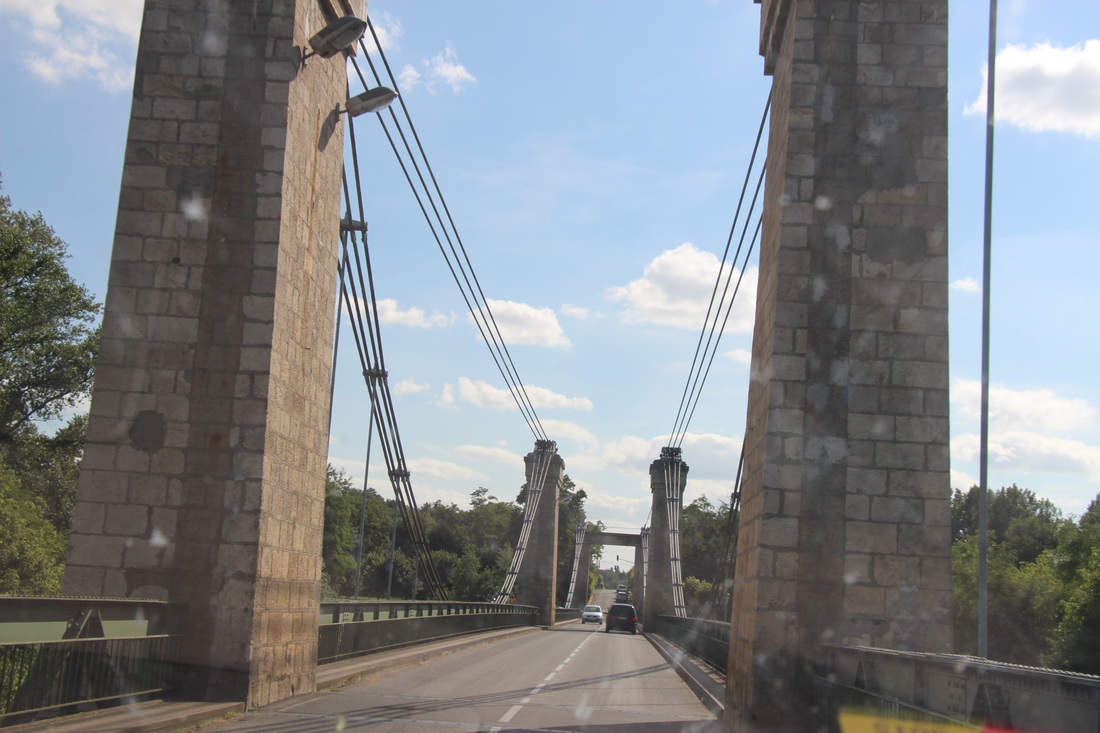
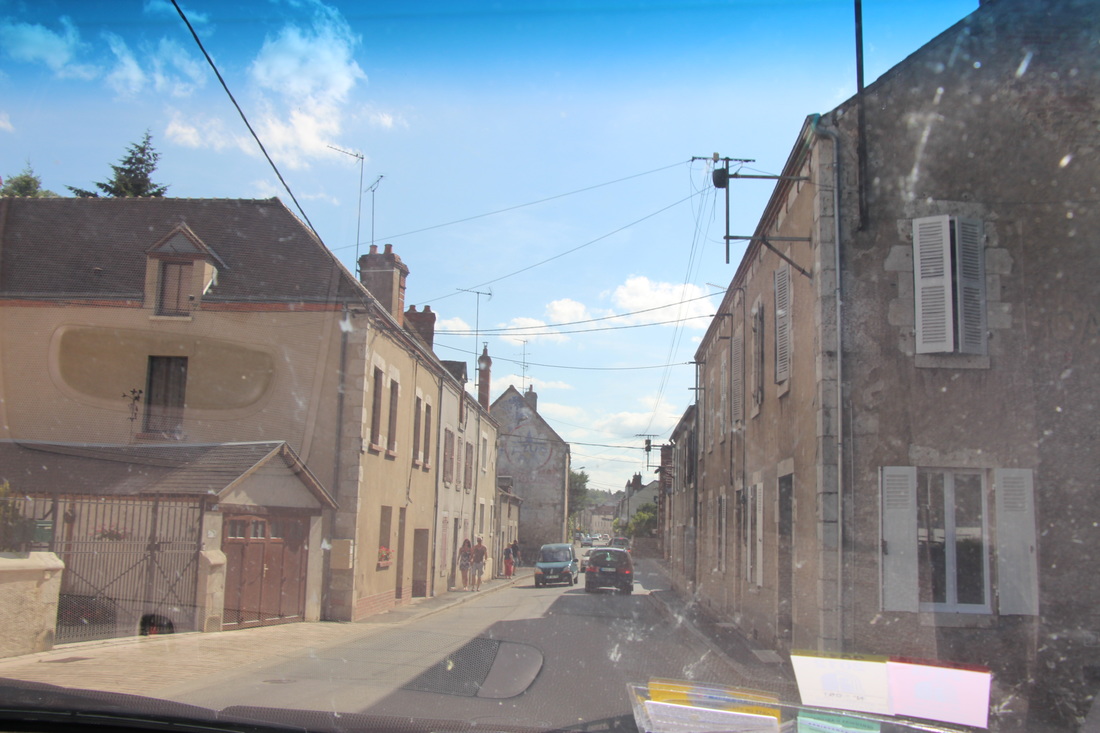
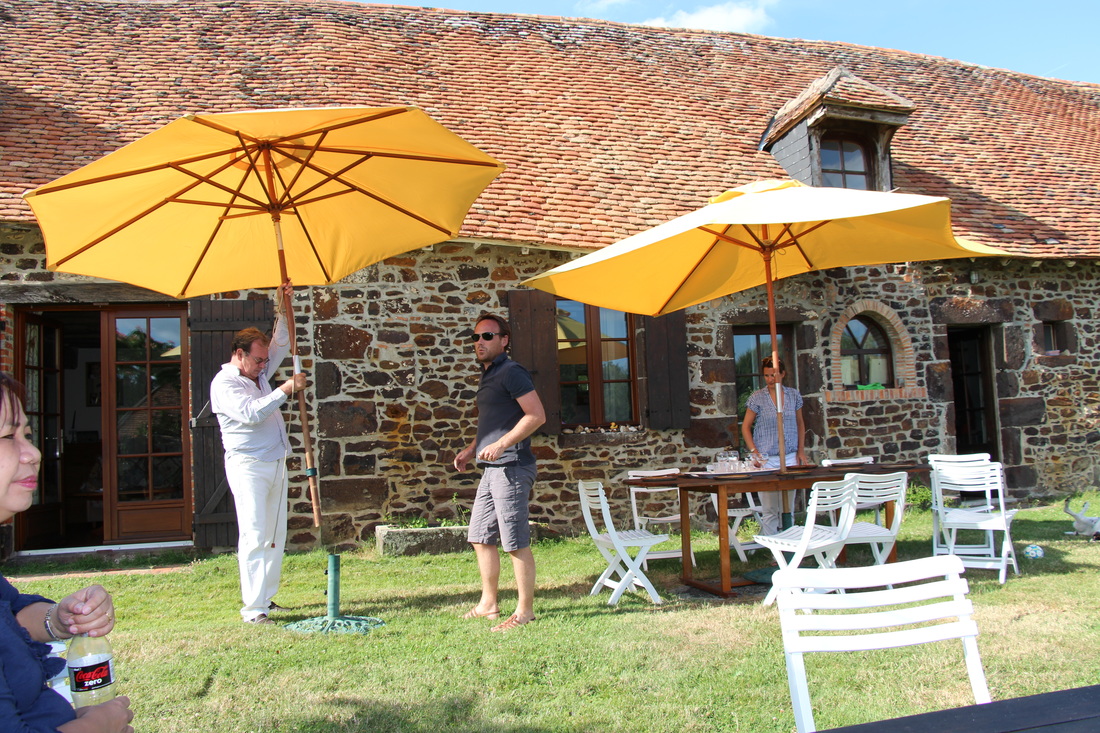
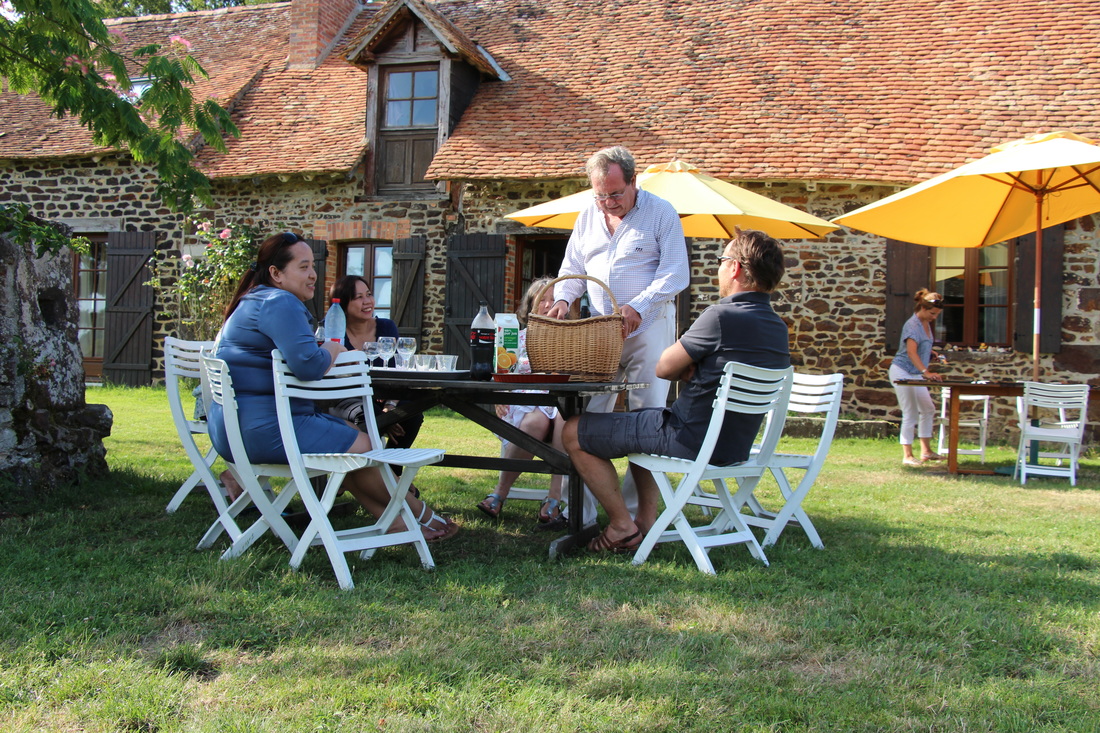
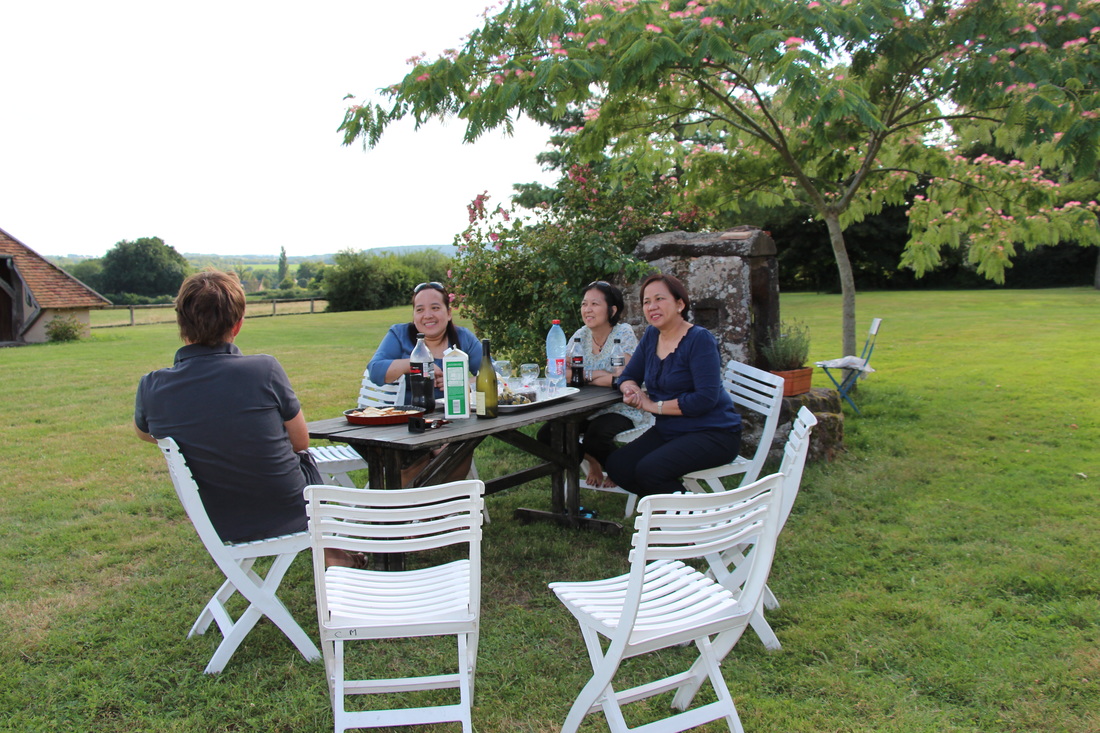
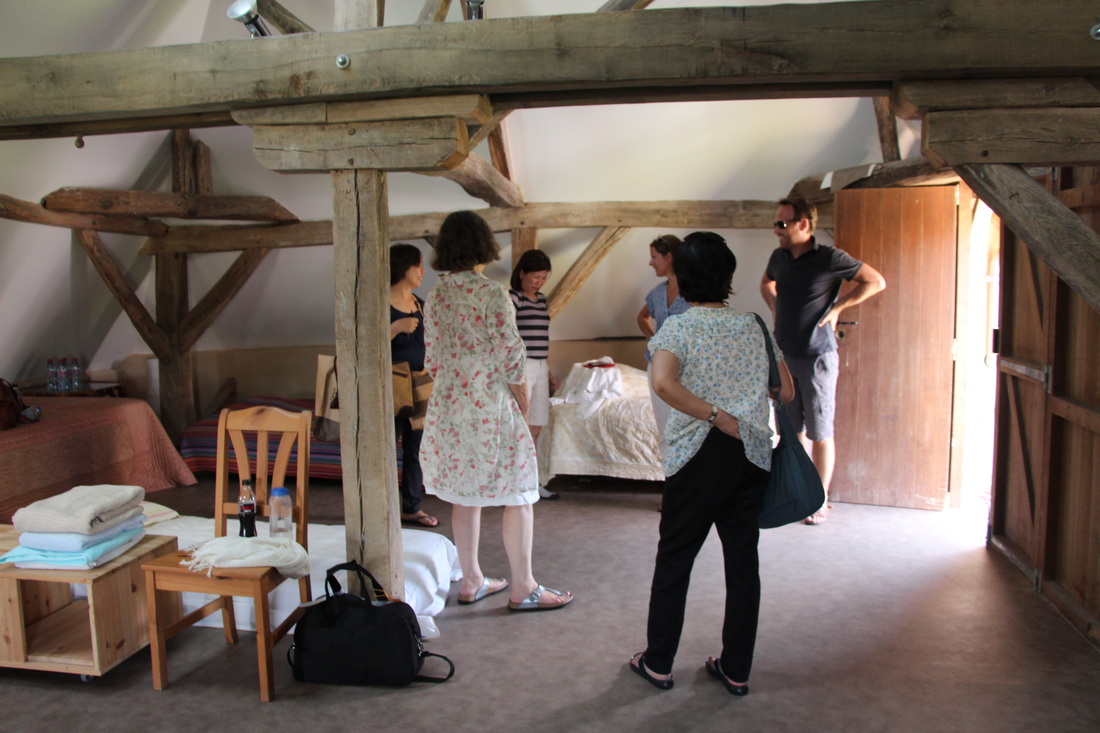
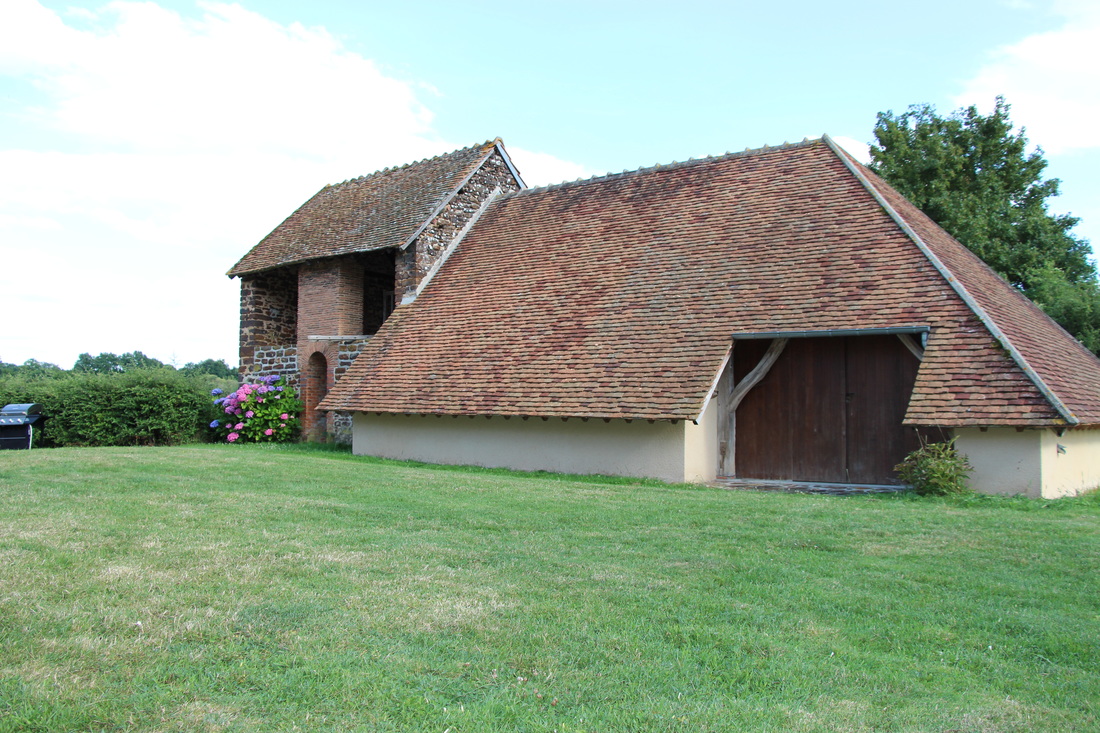
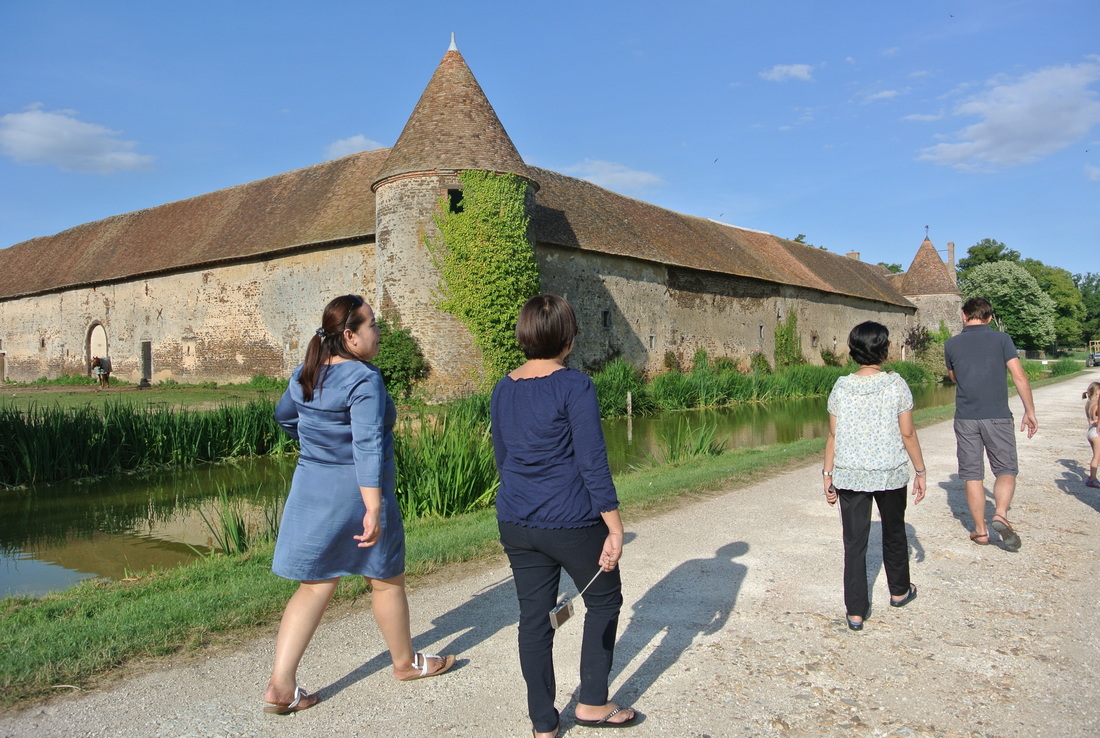
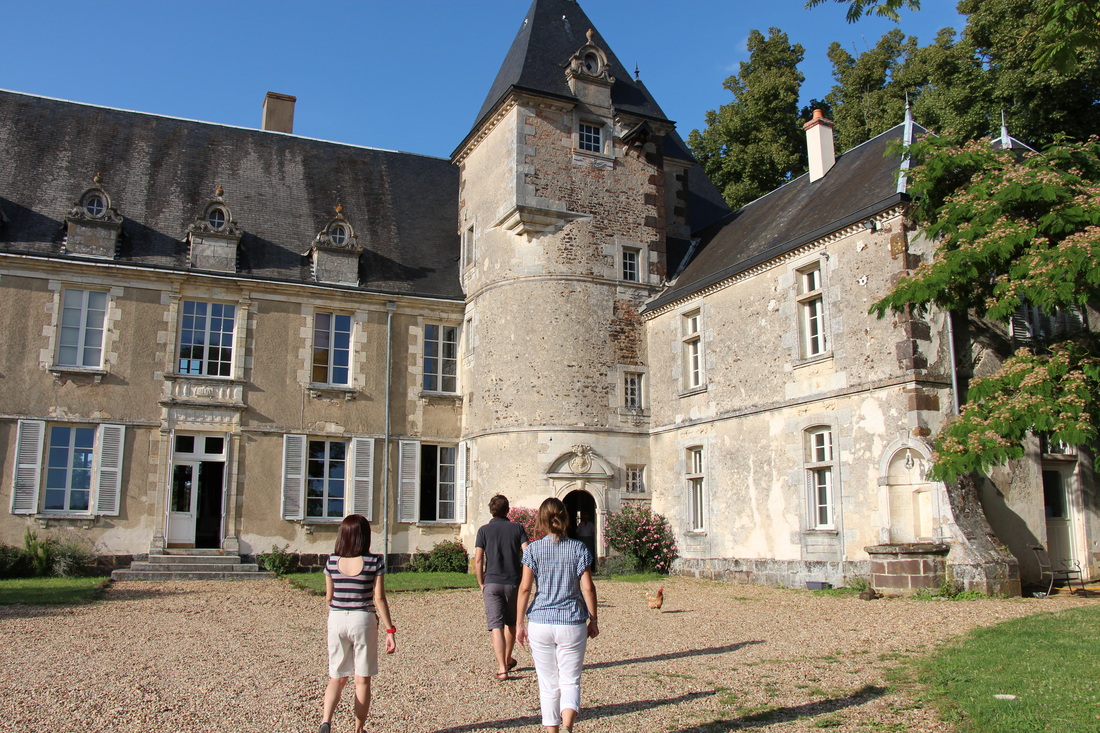
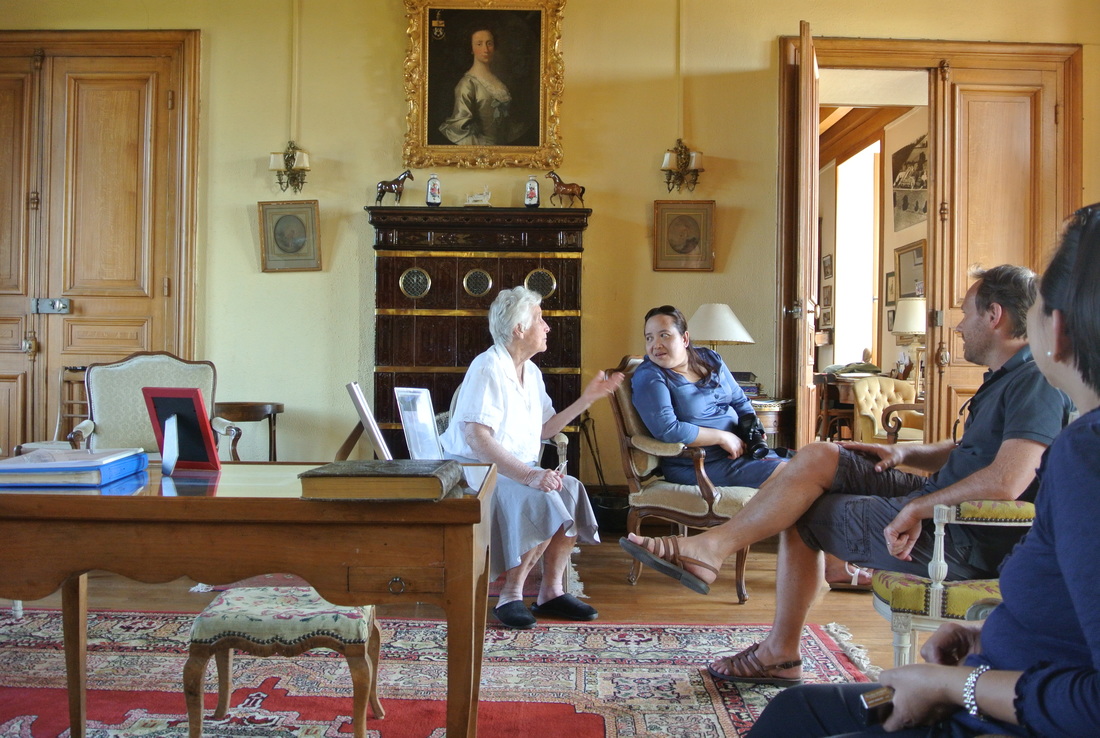
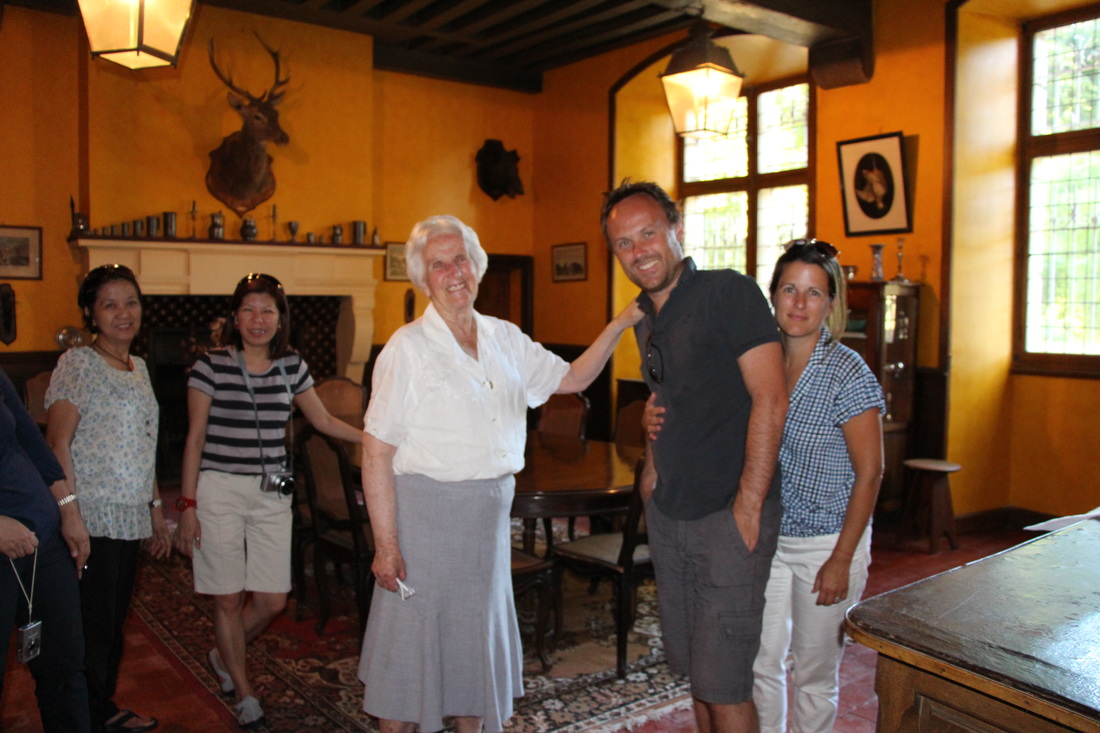
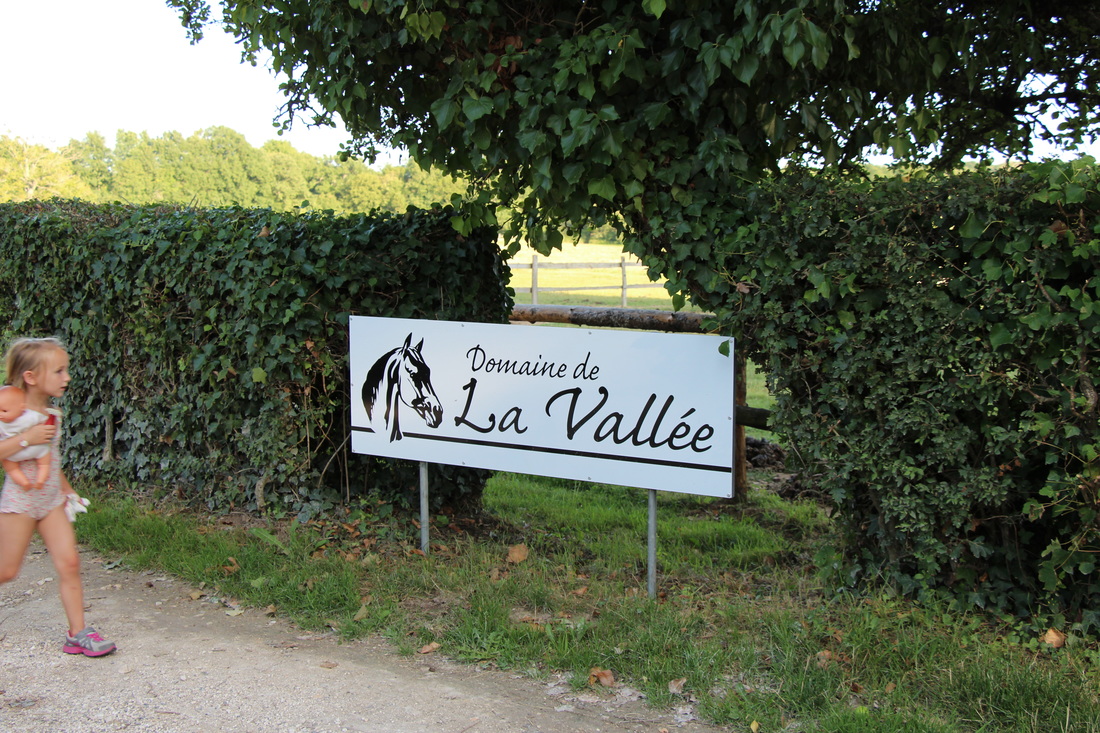
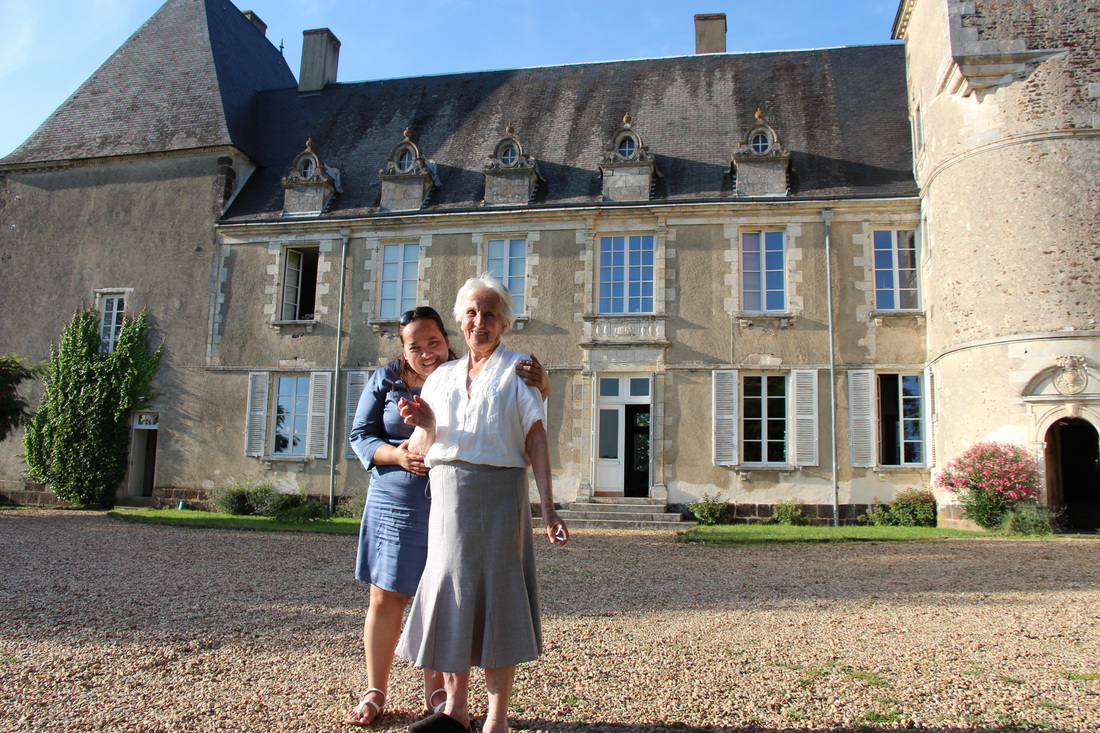
 RSS Feed
RSS Feed

